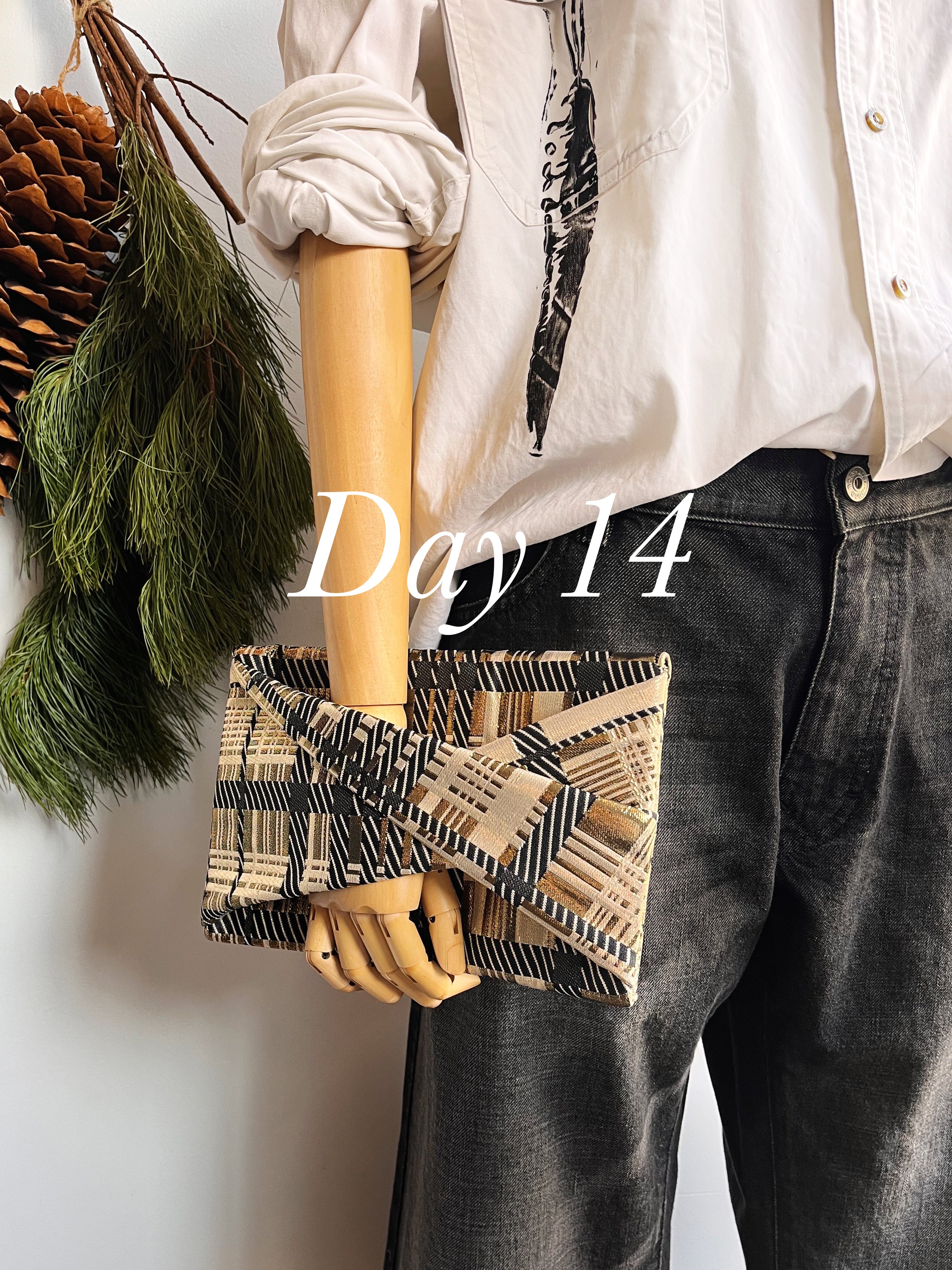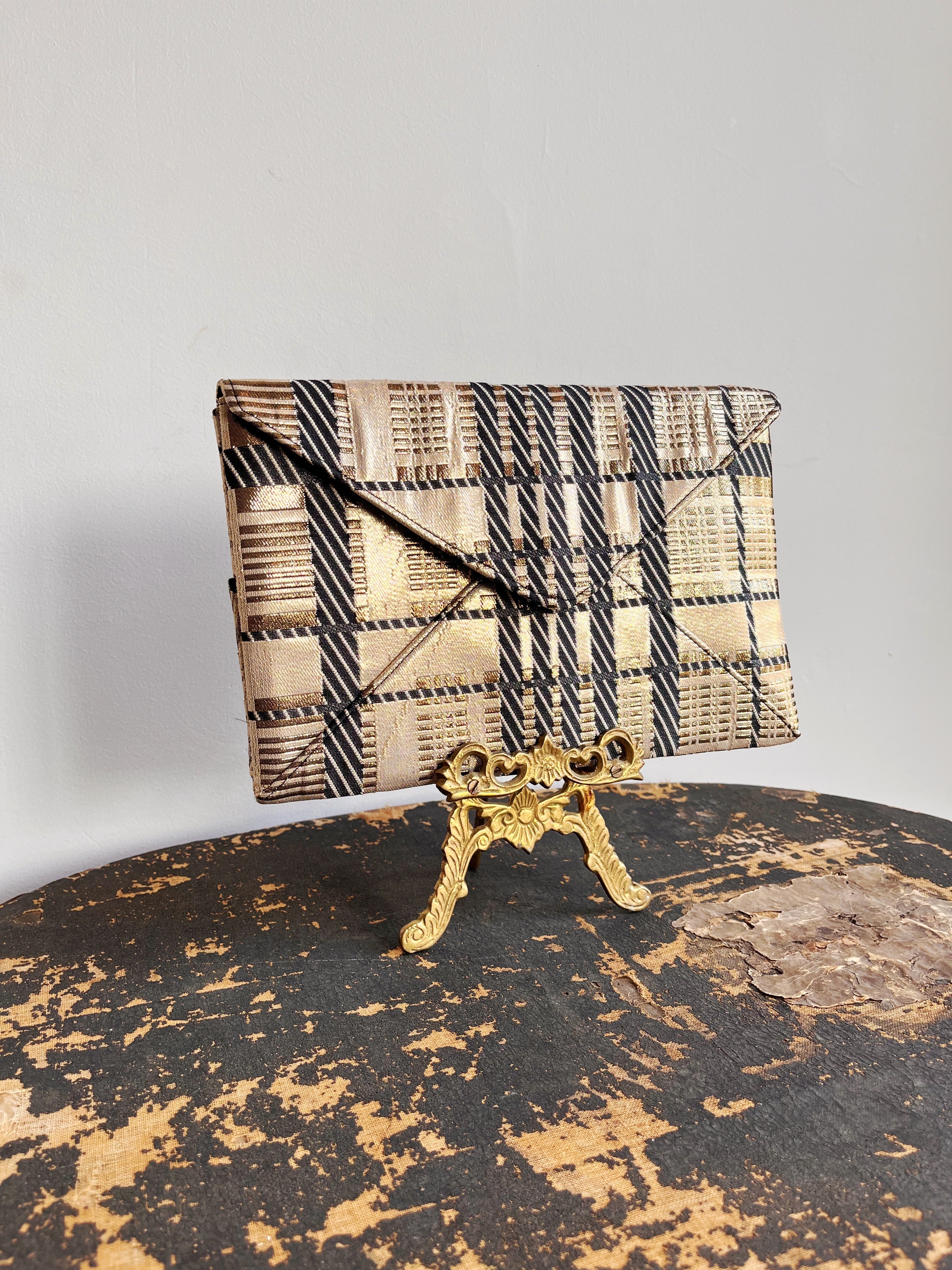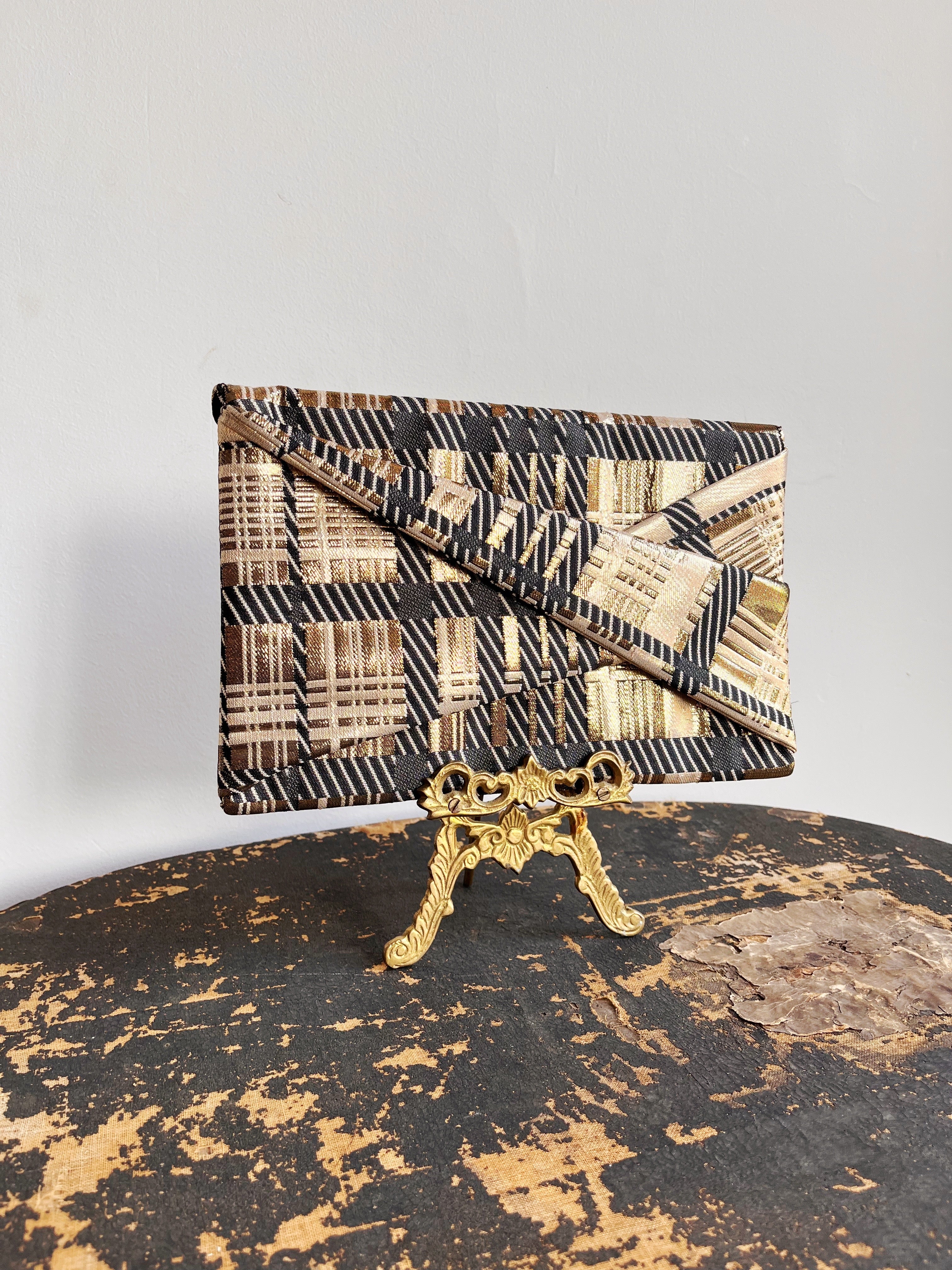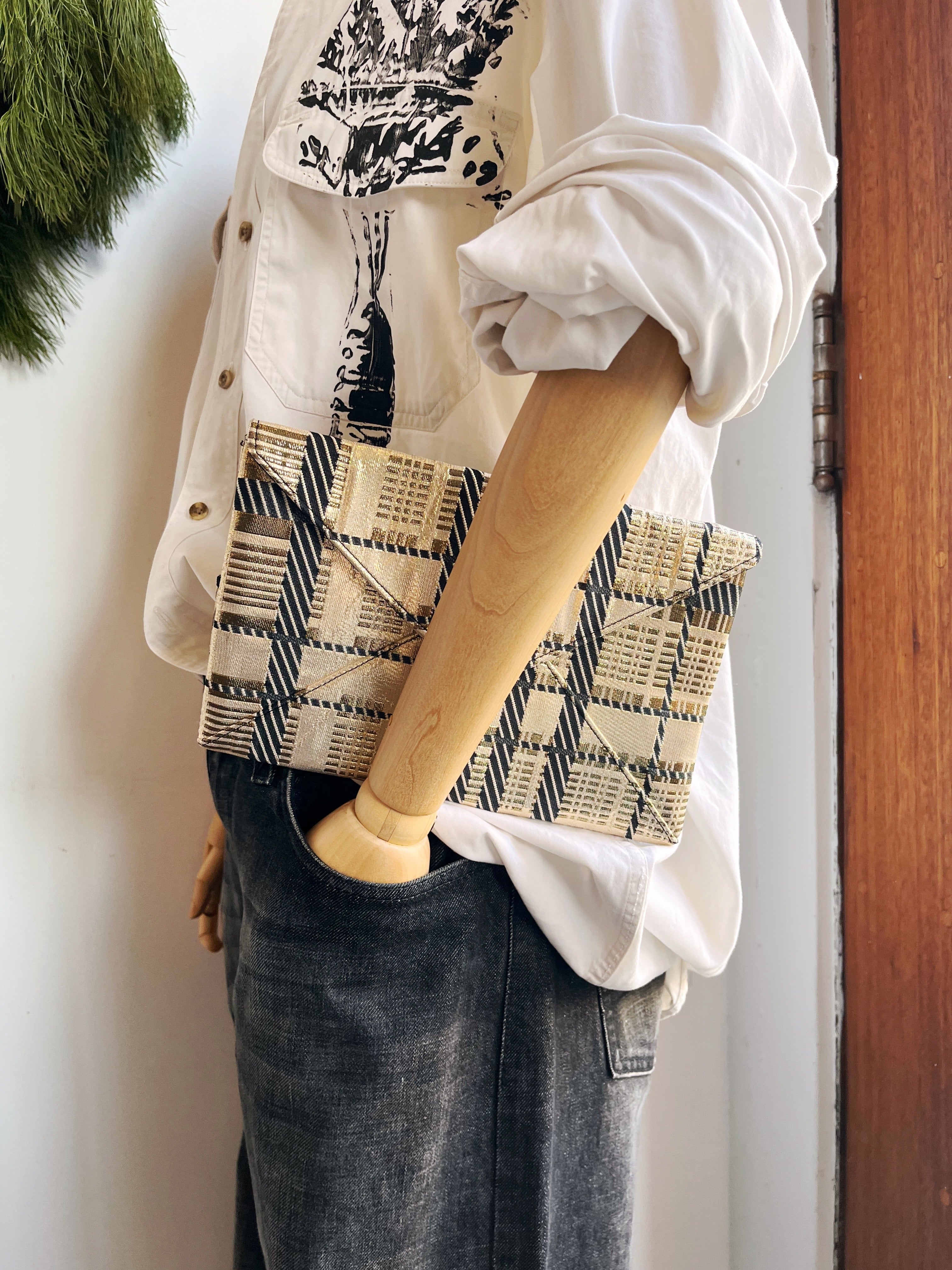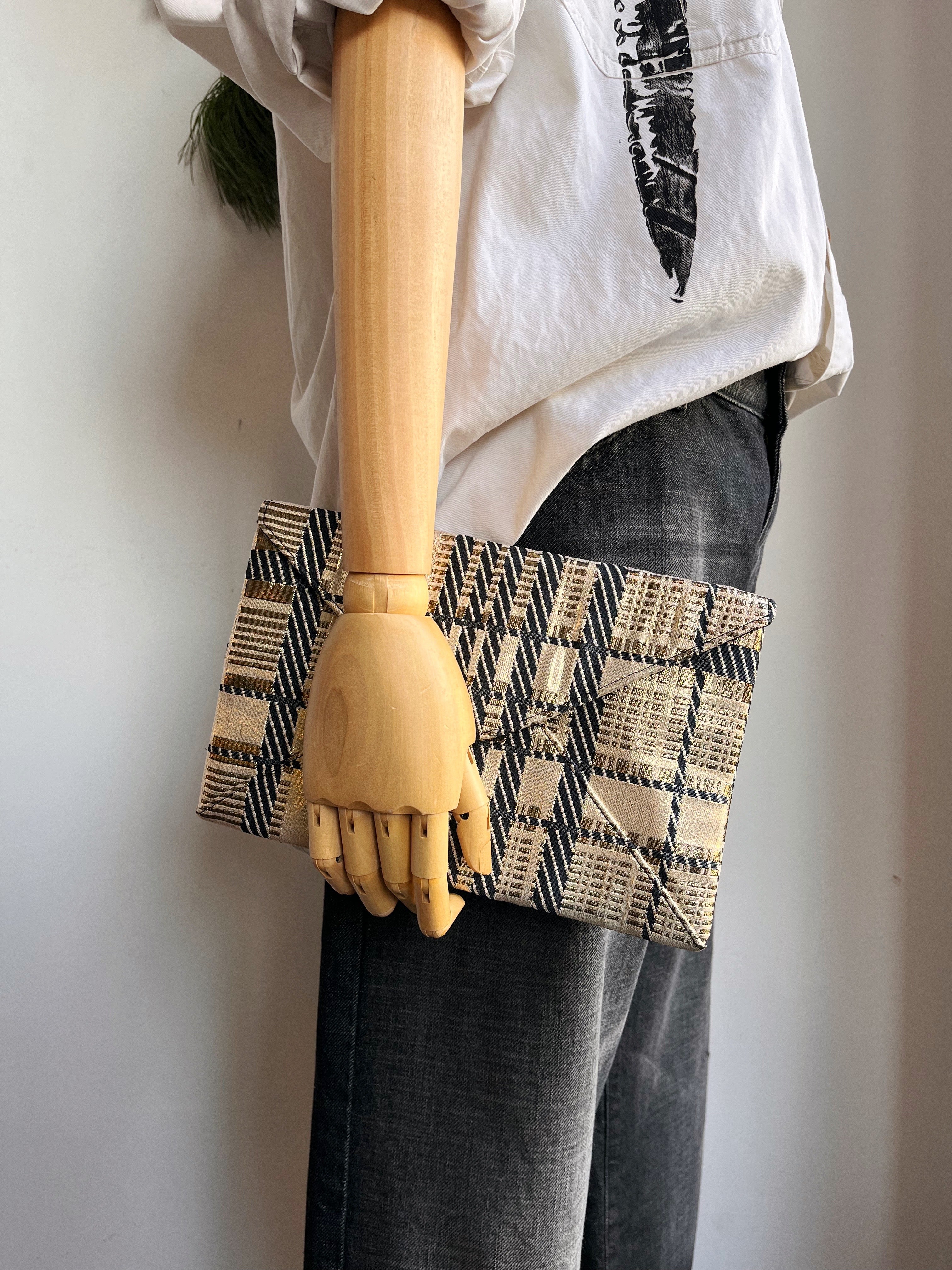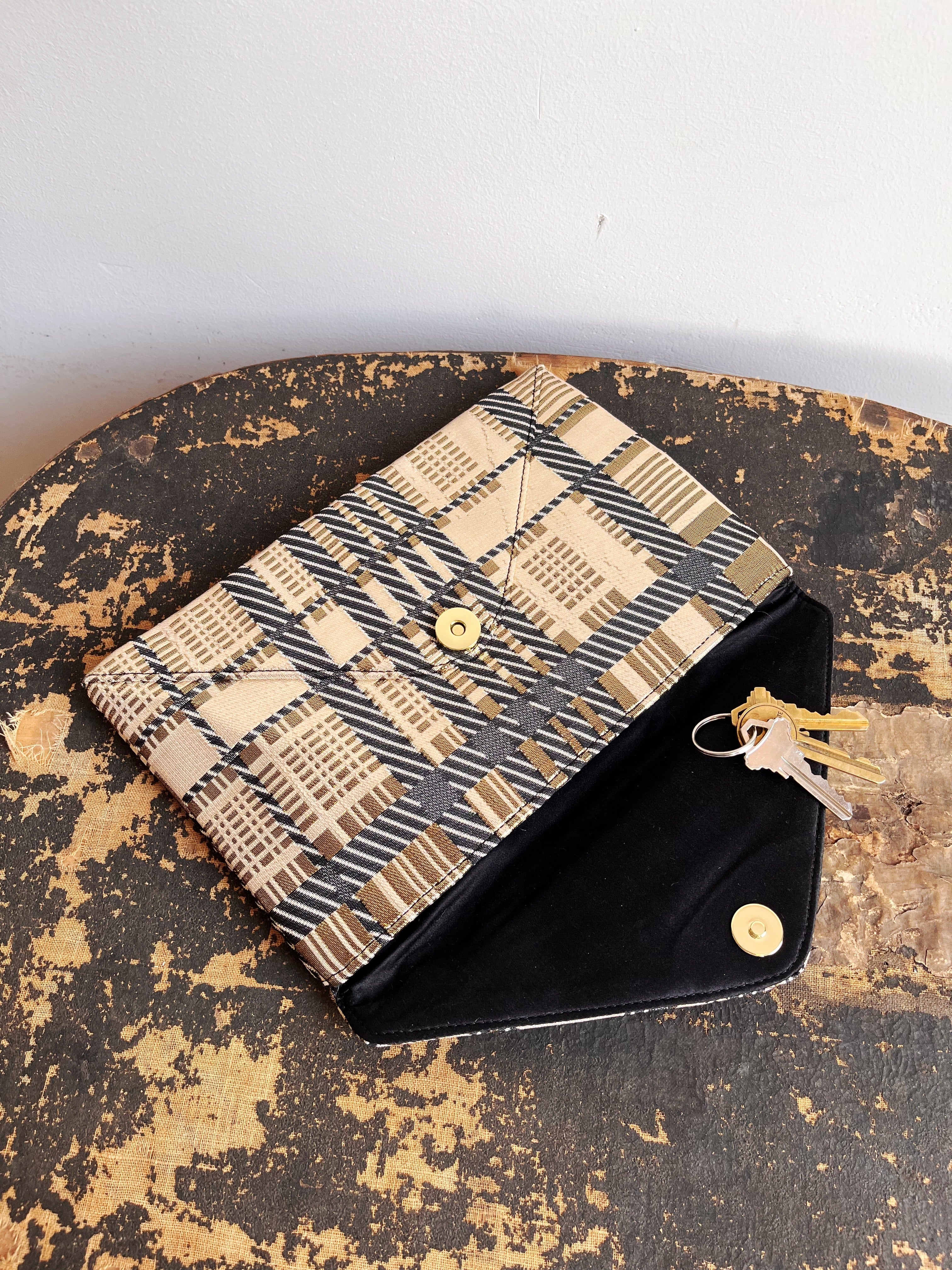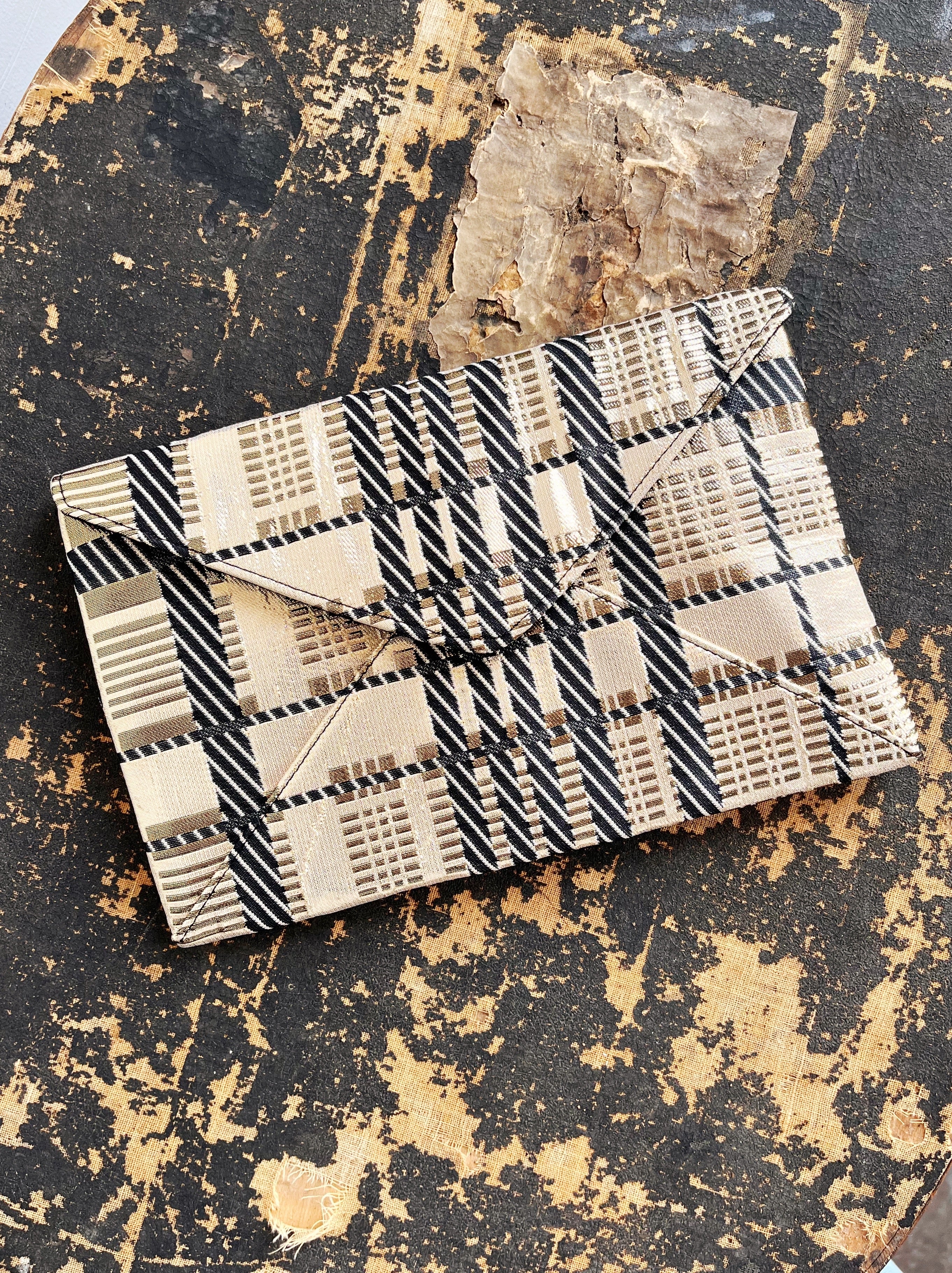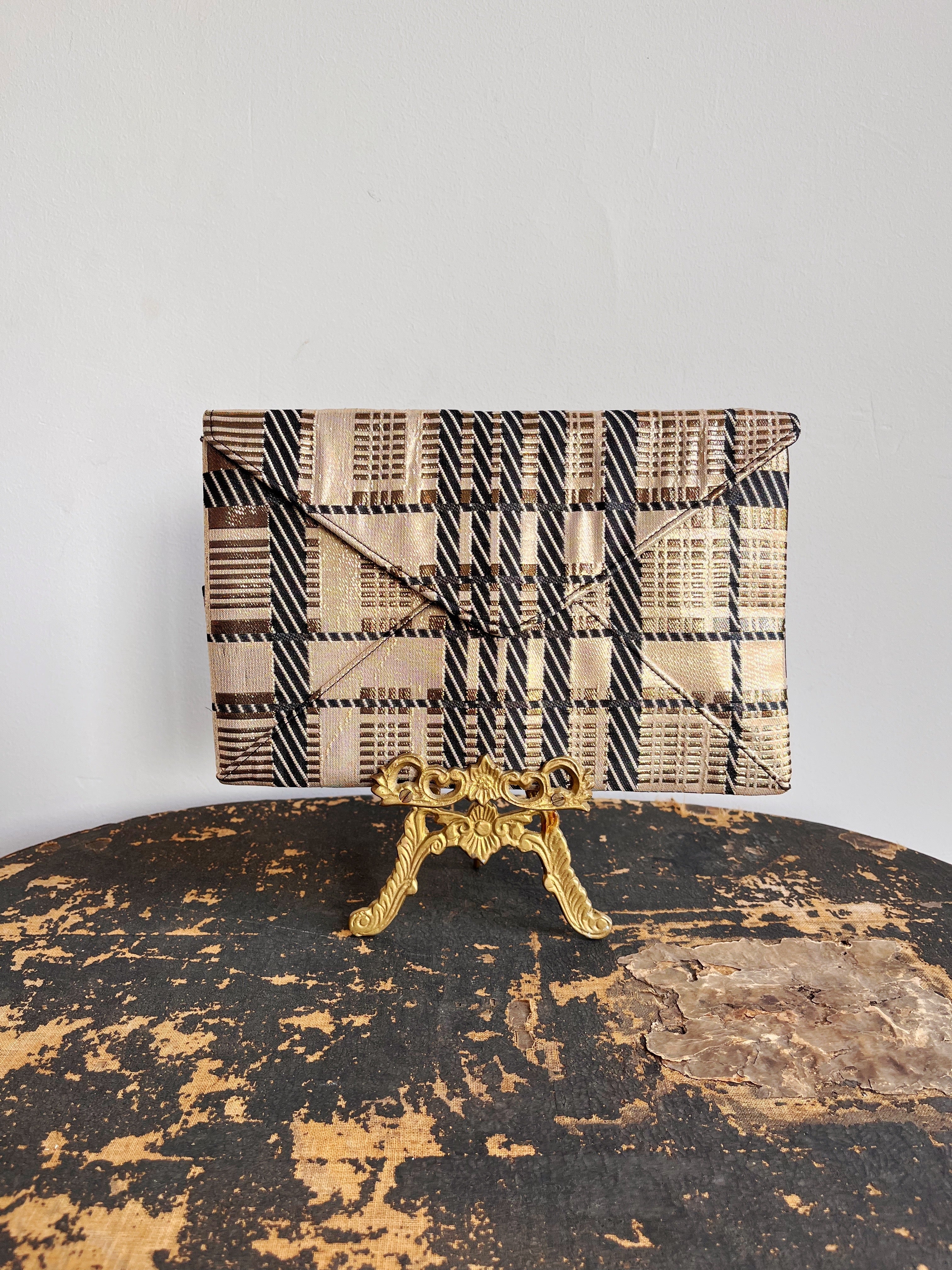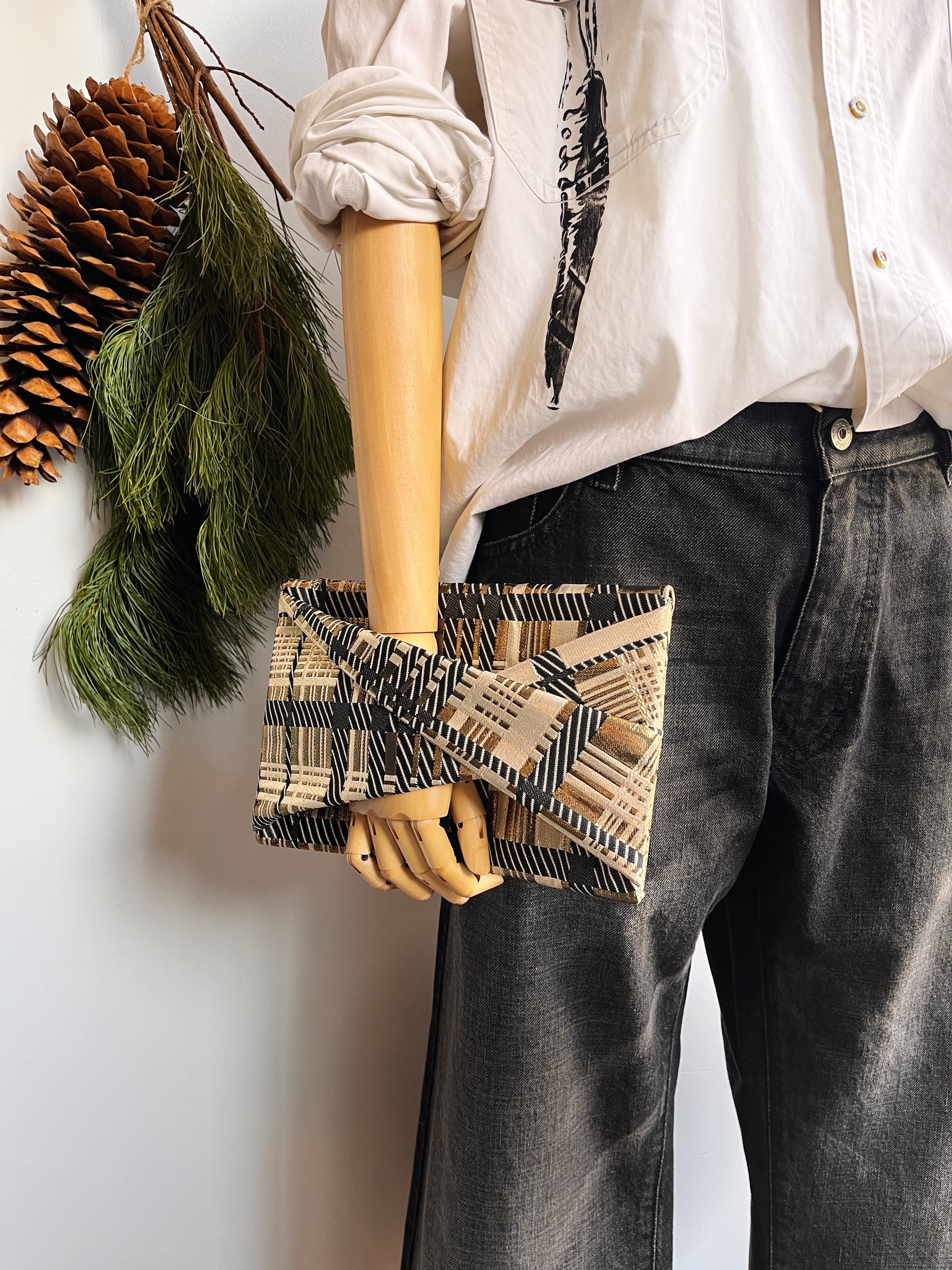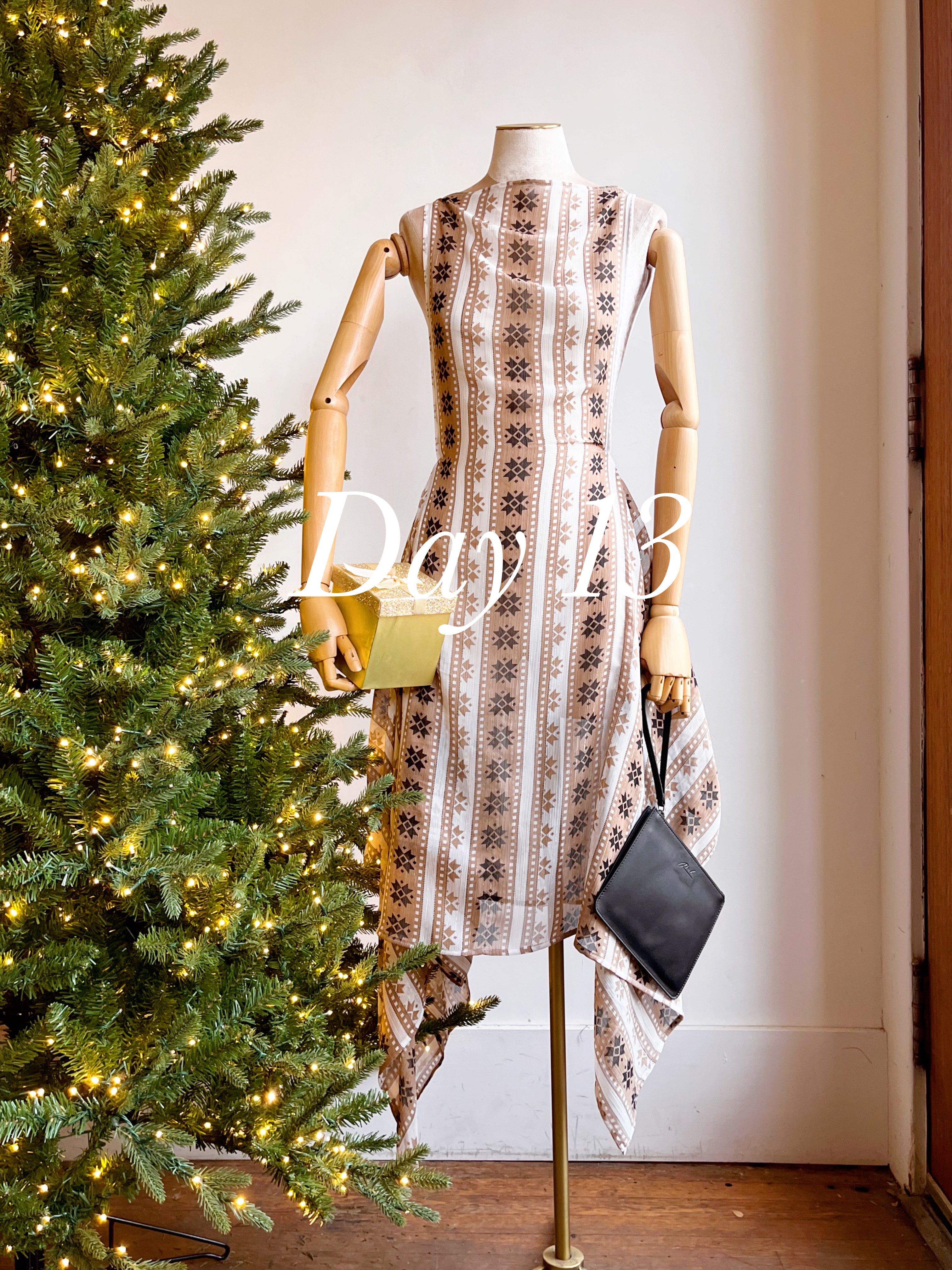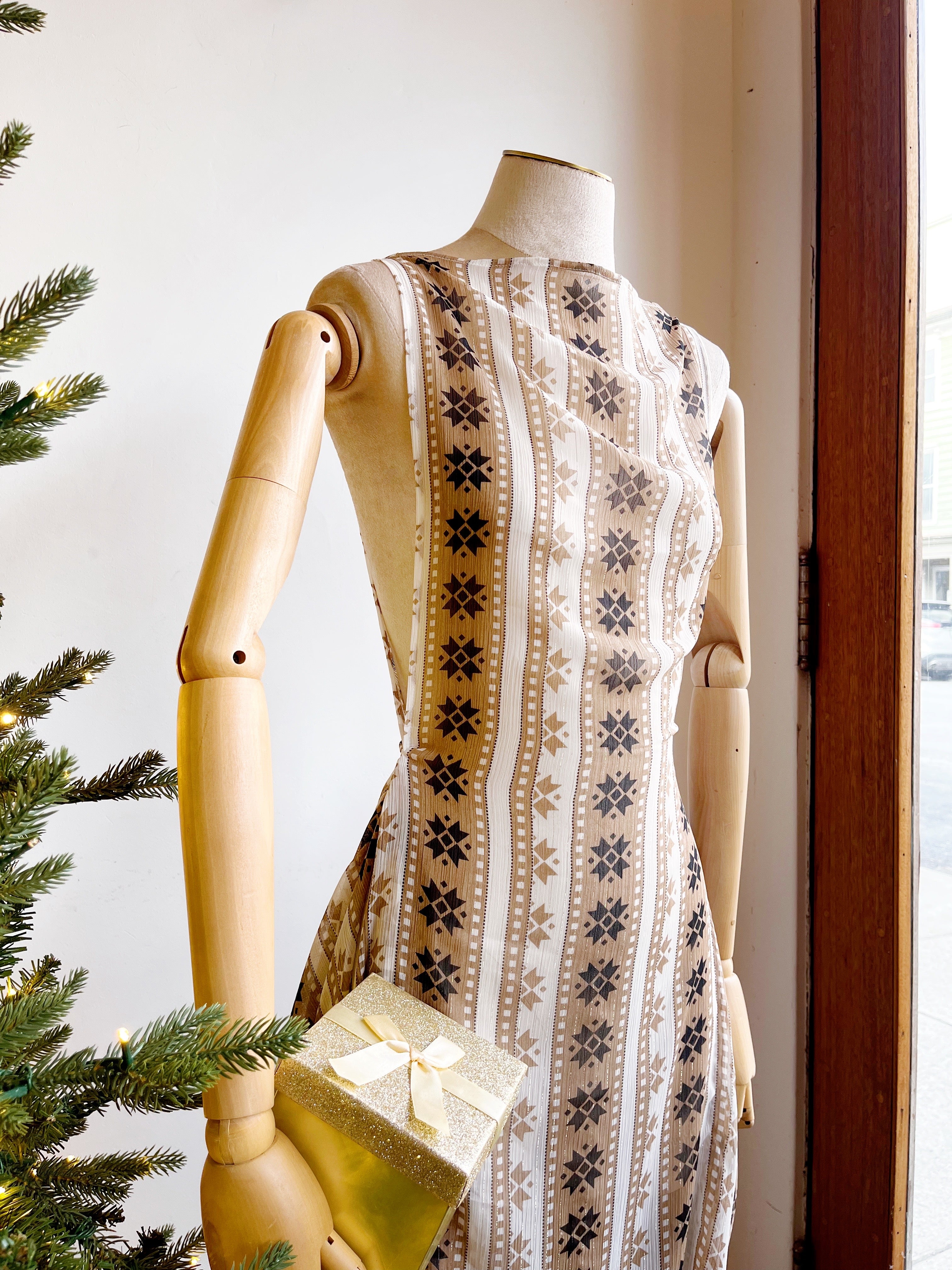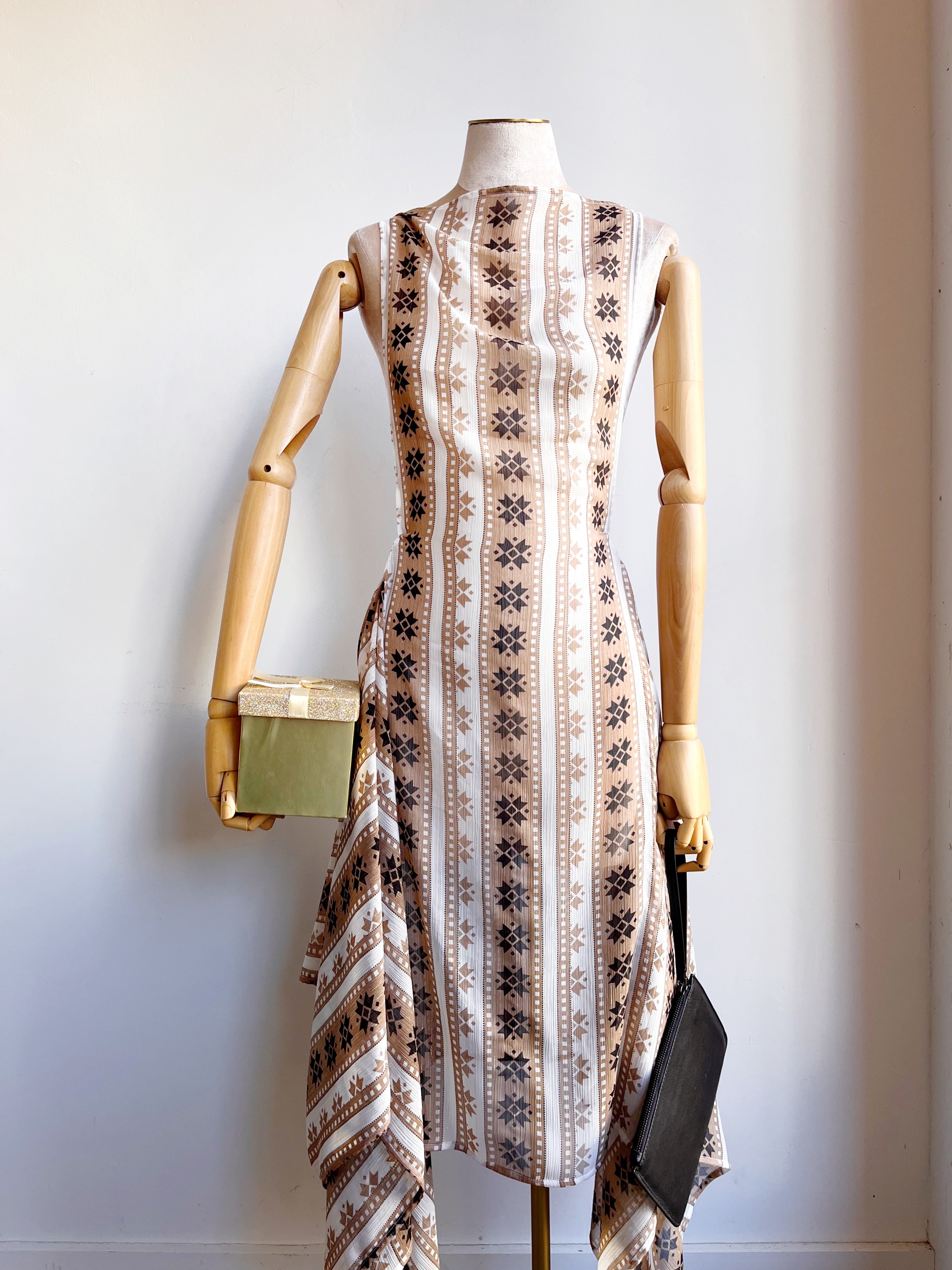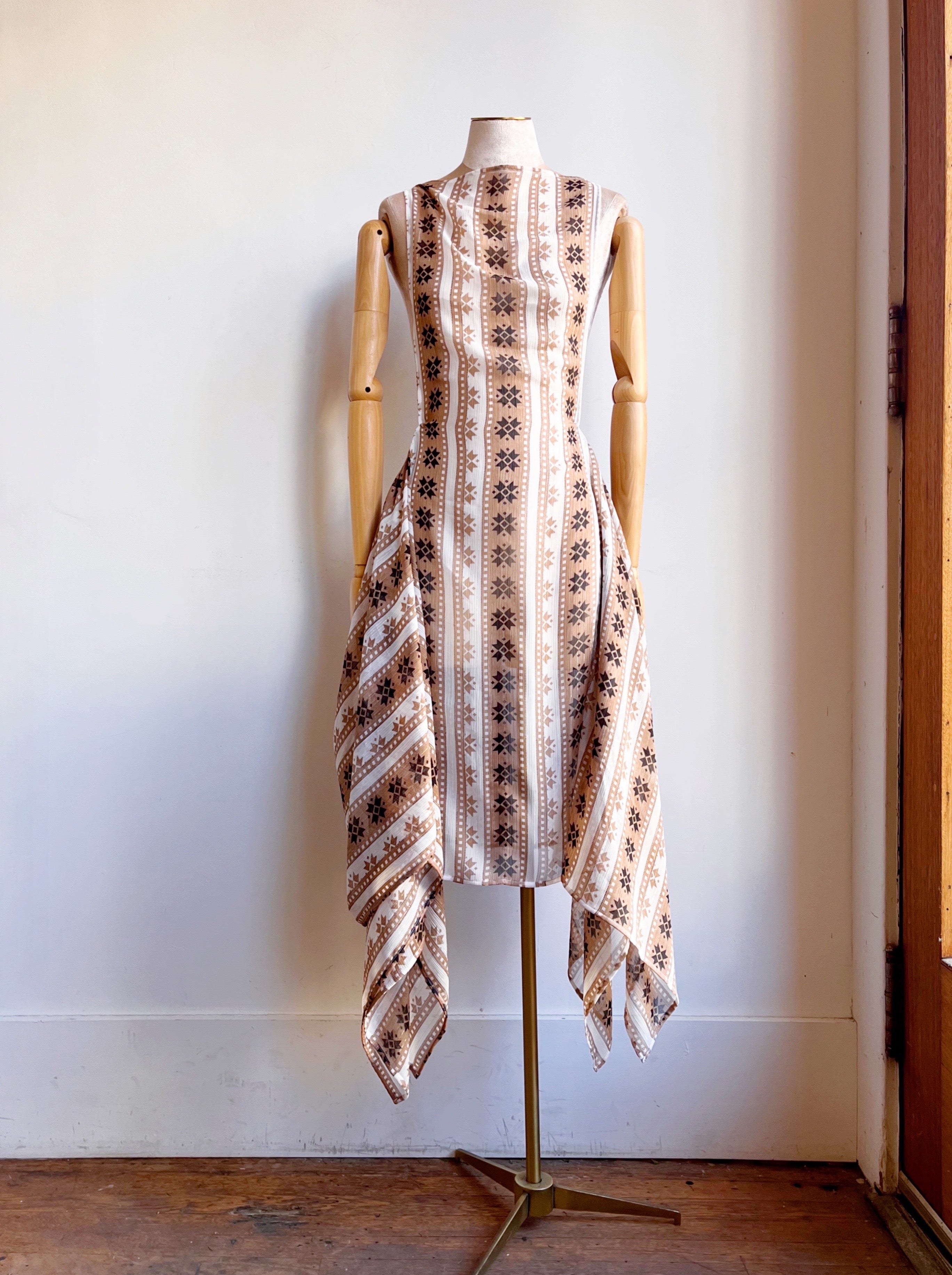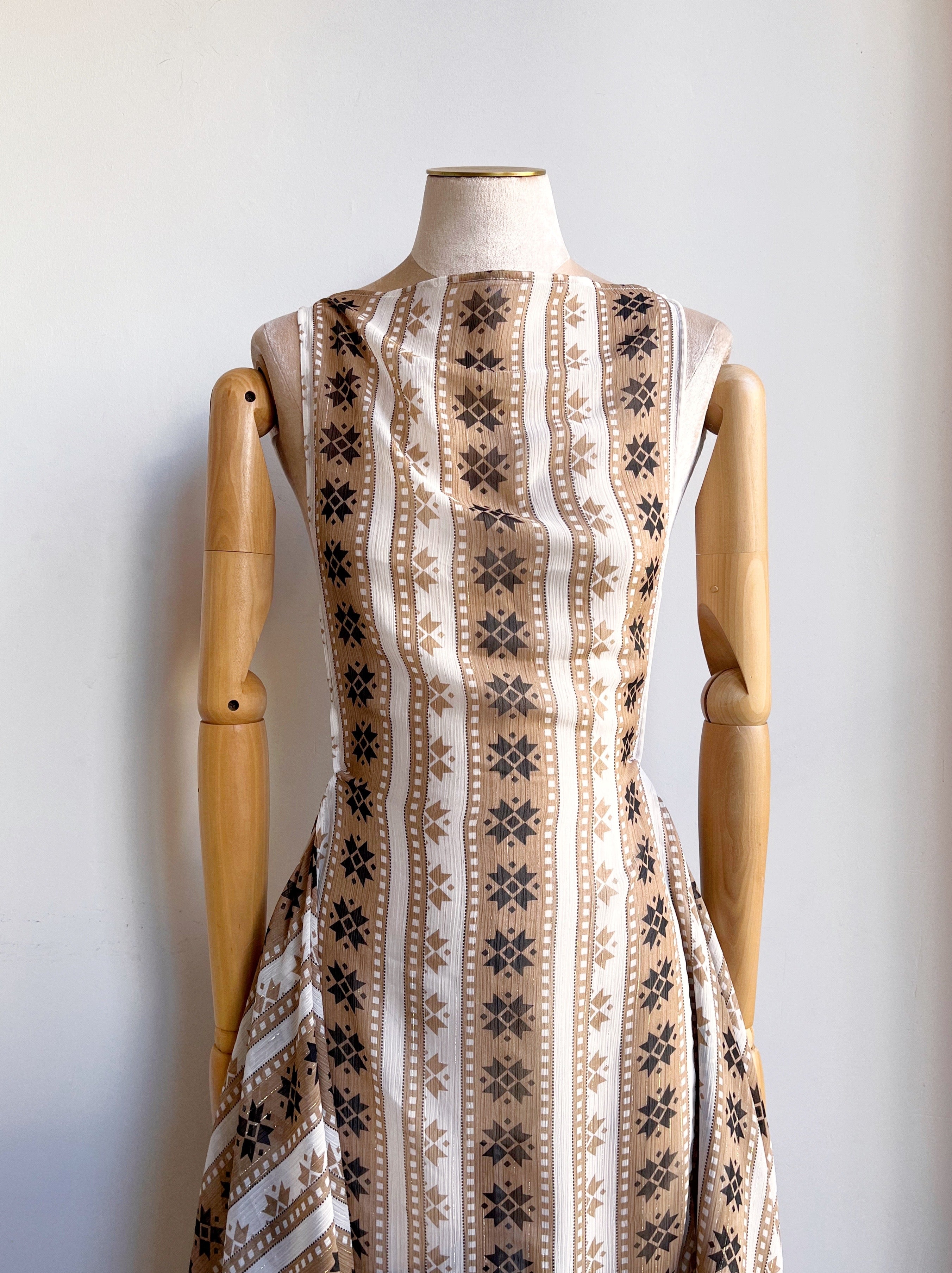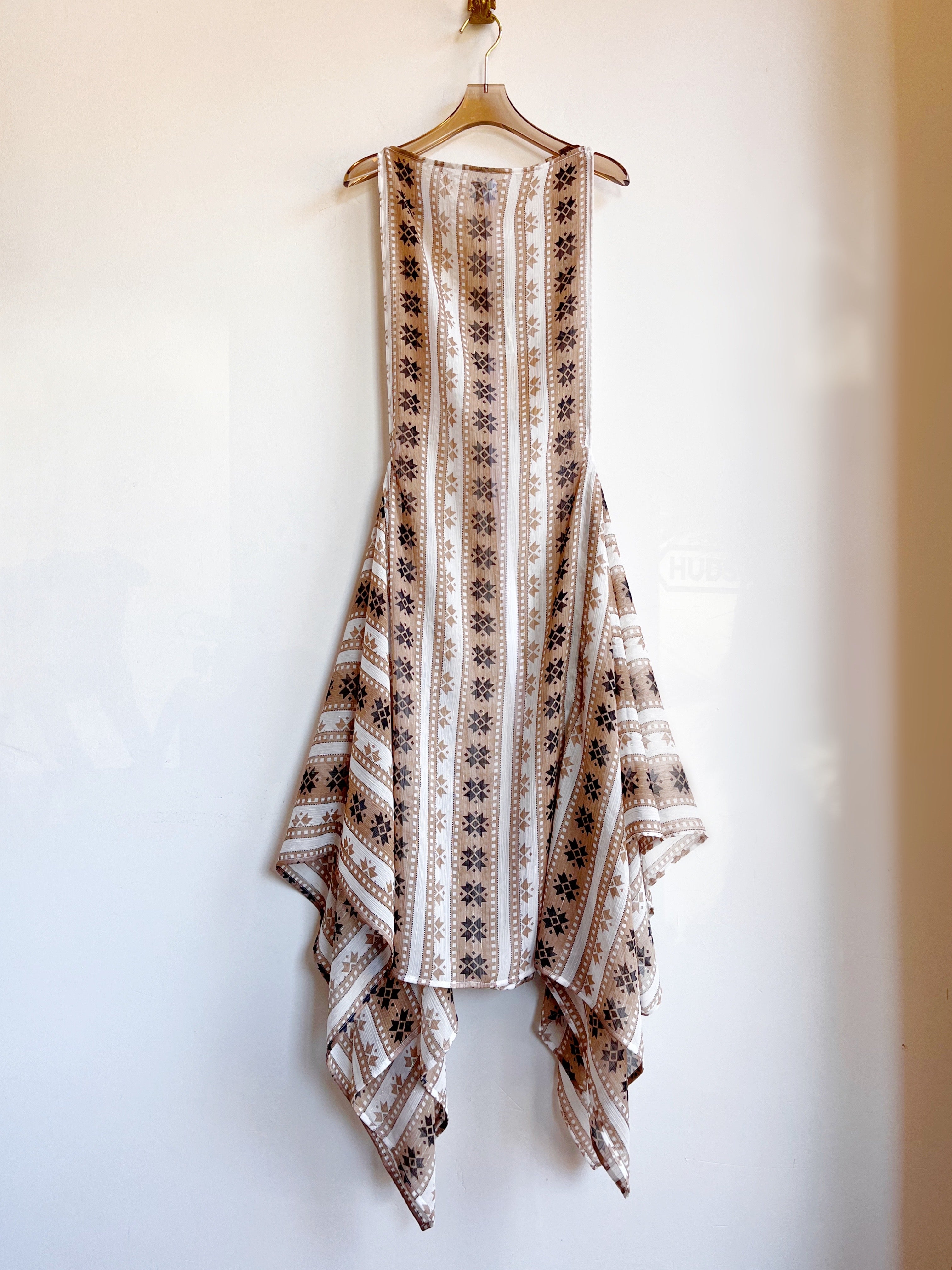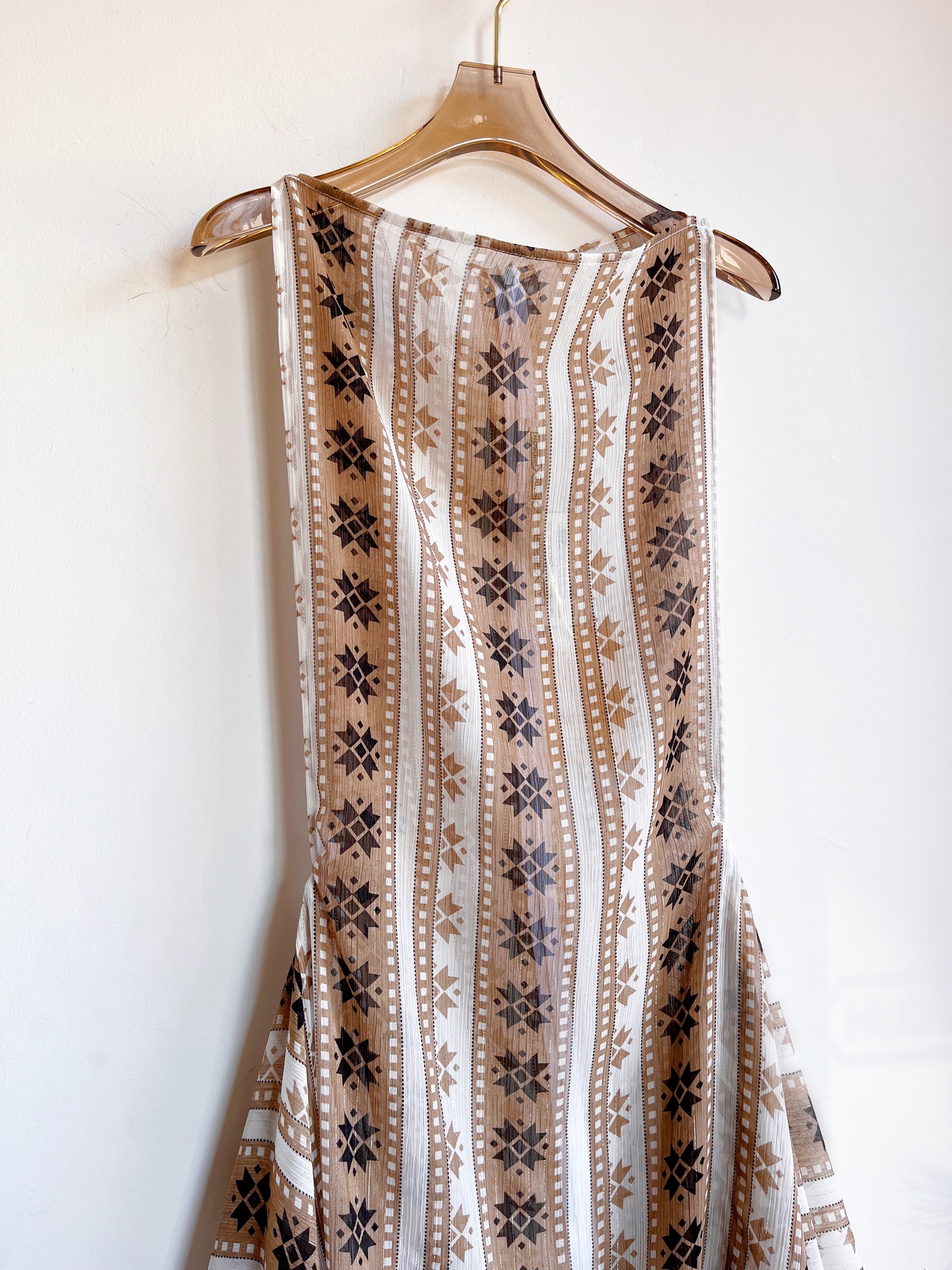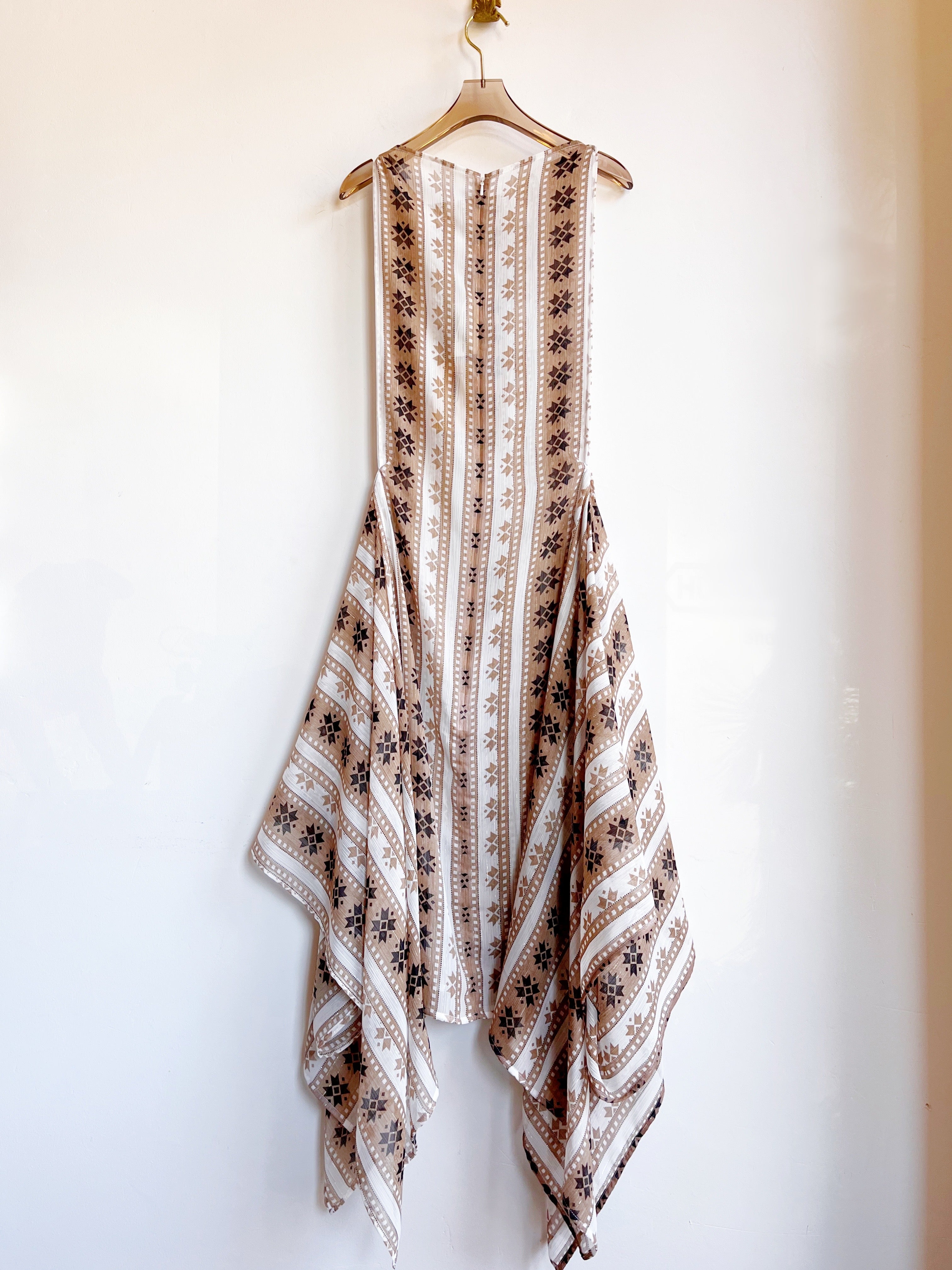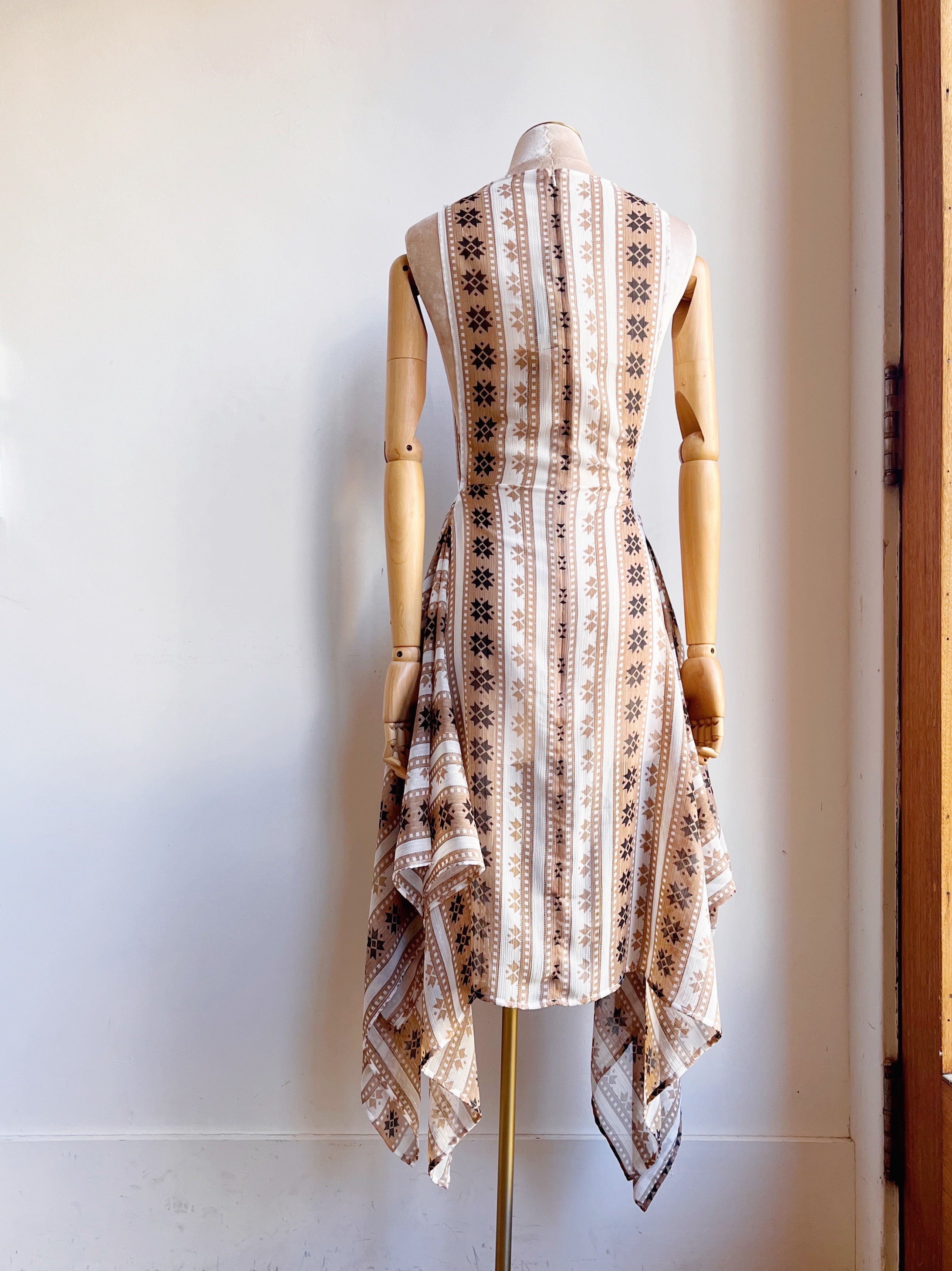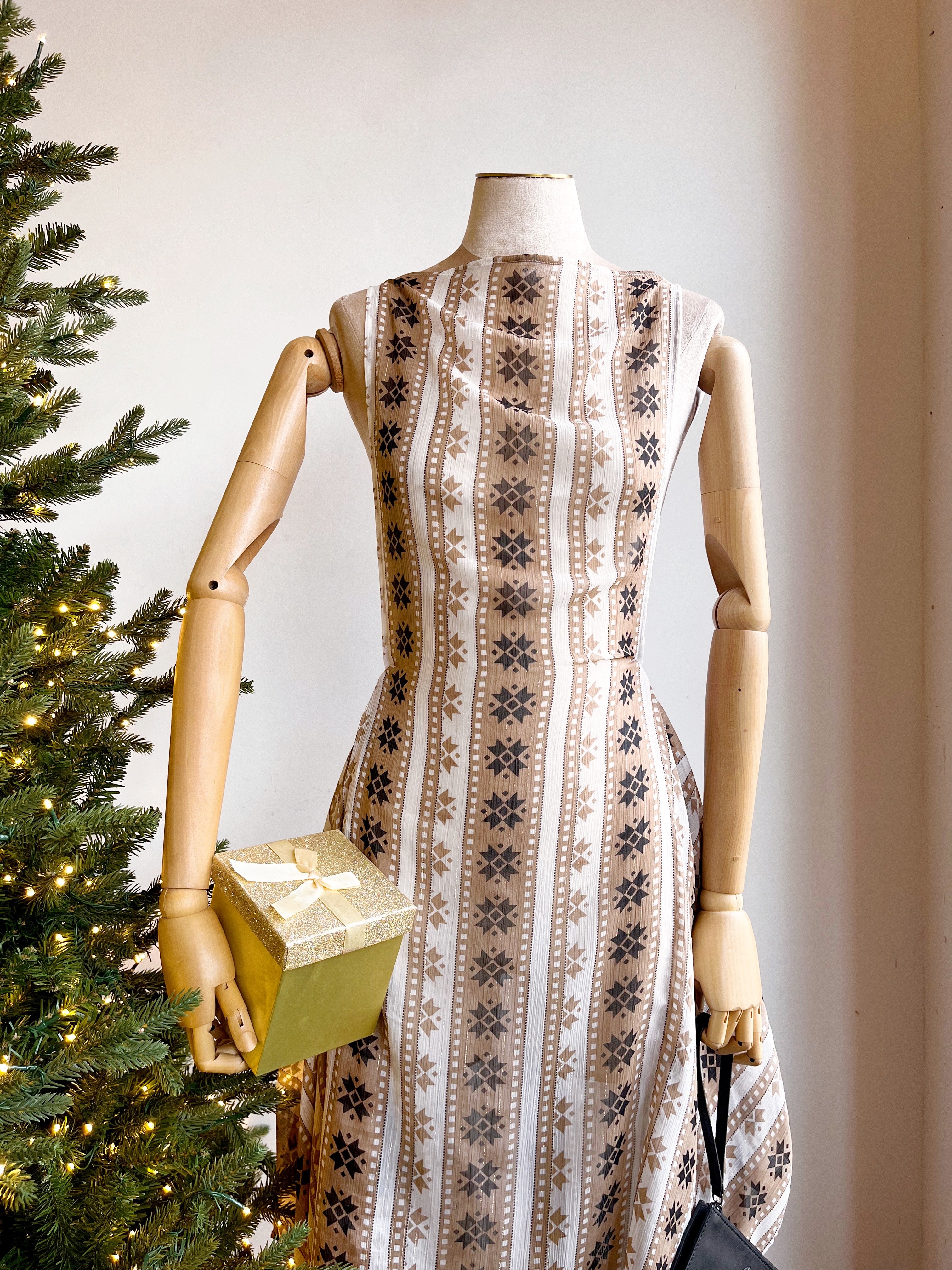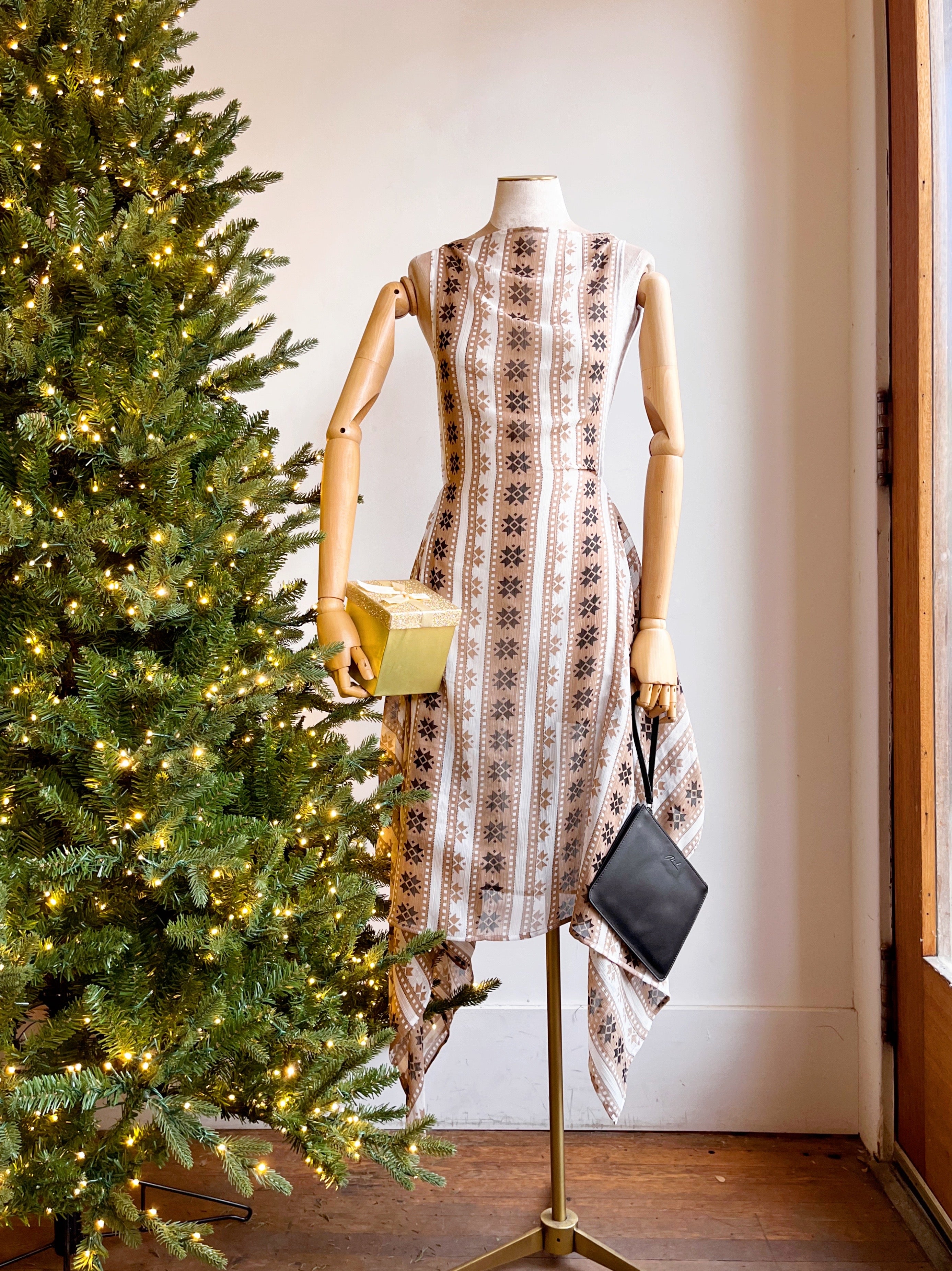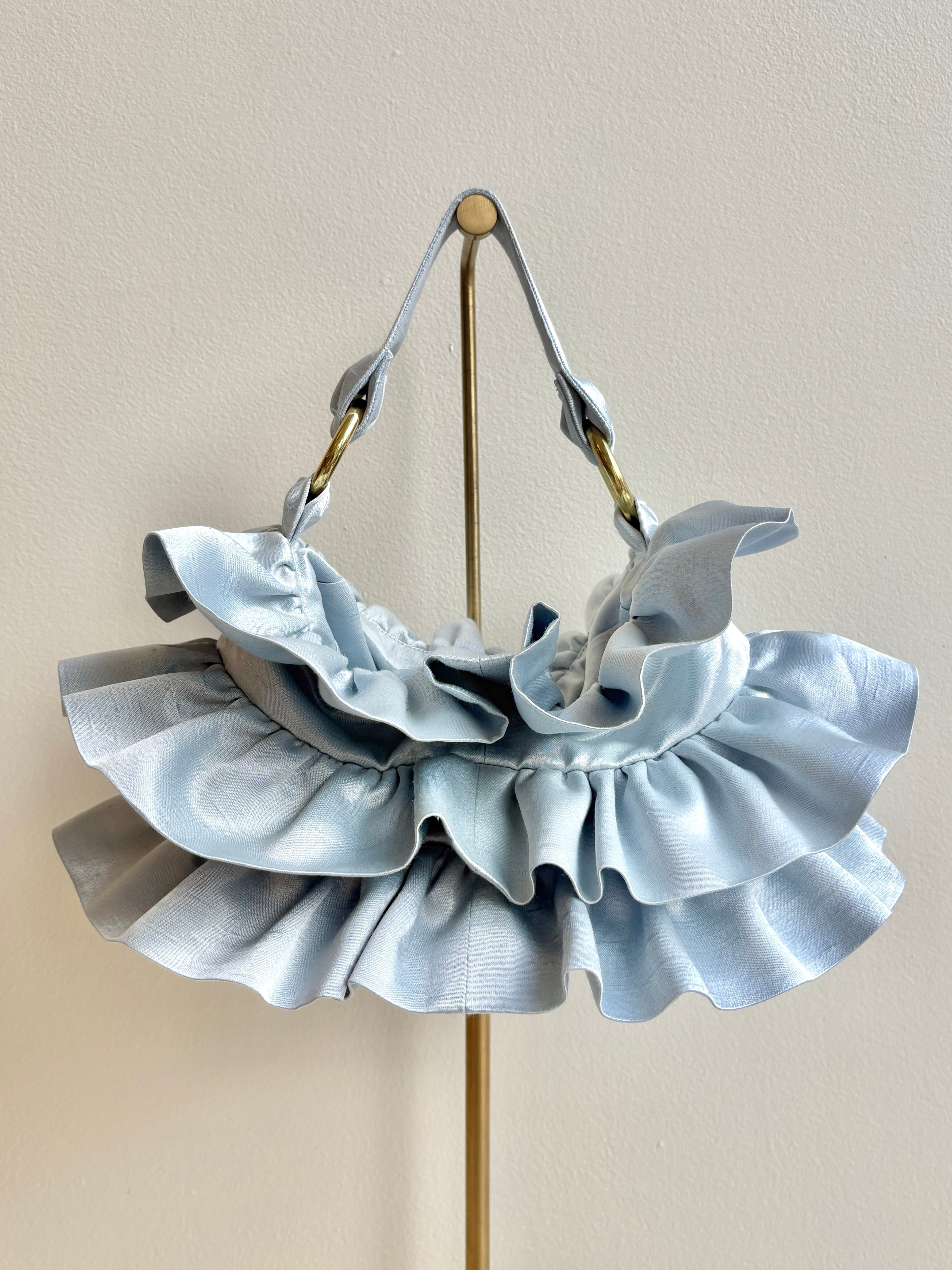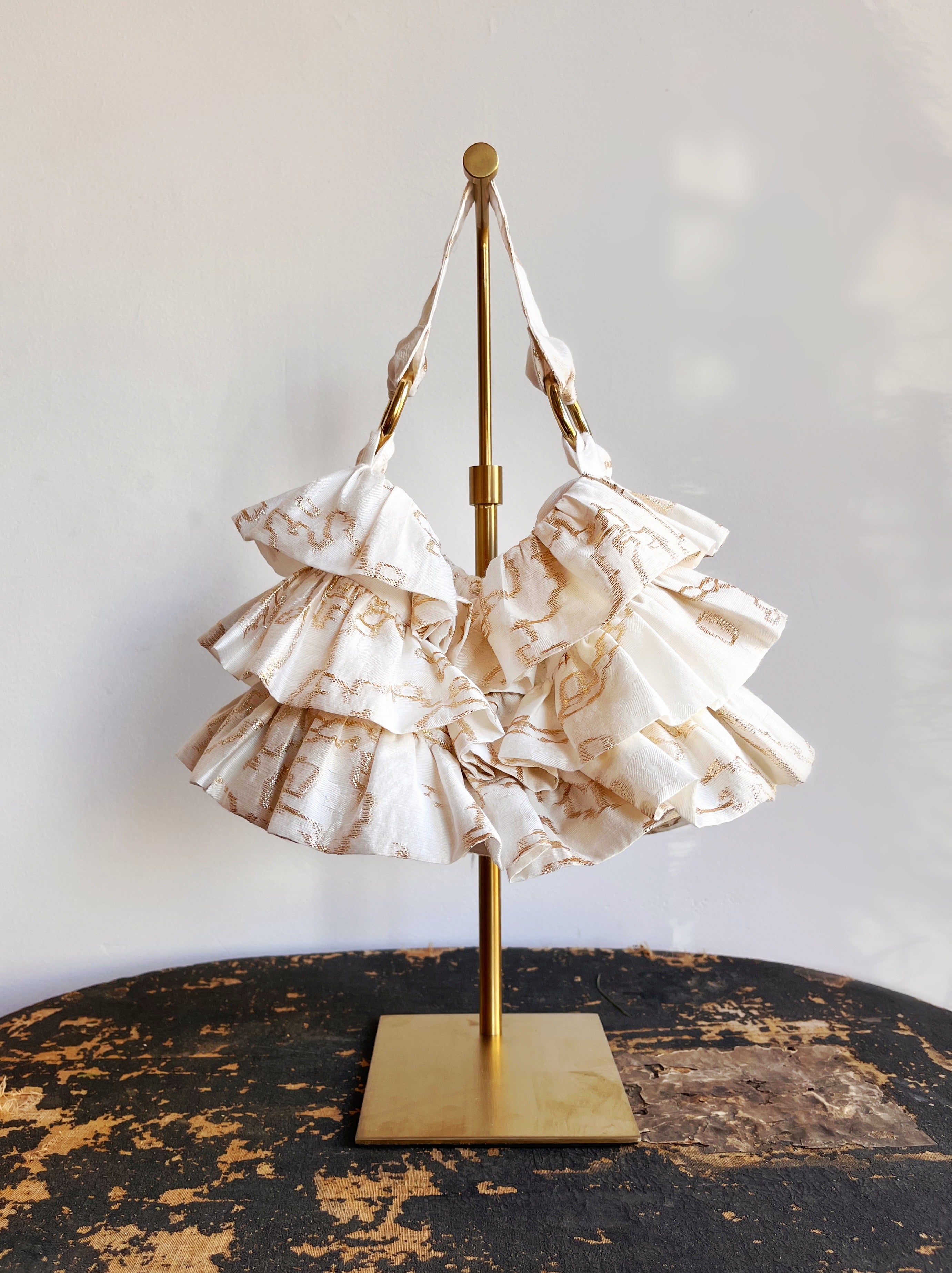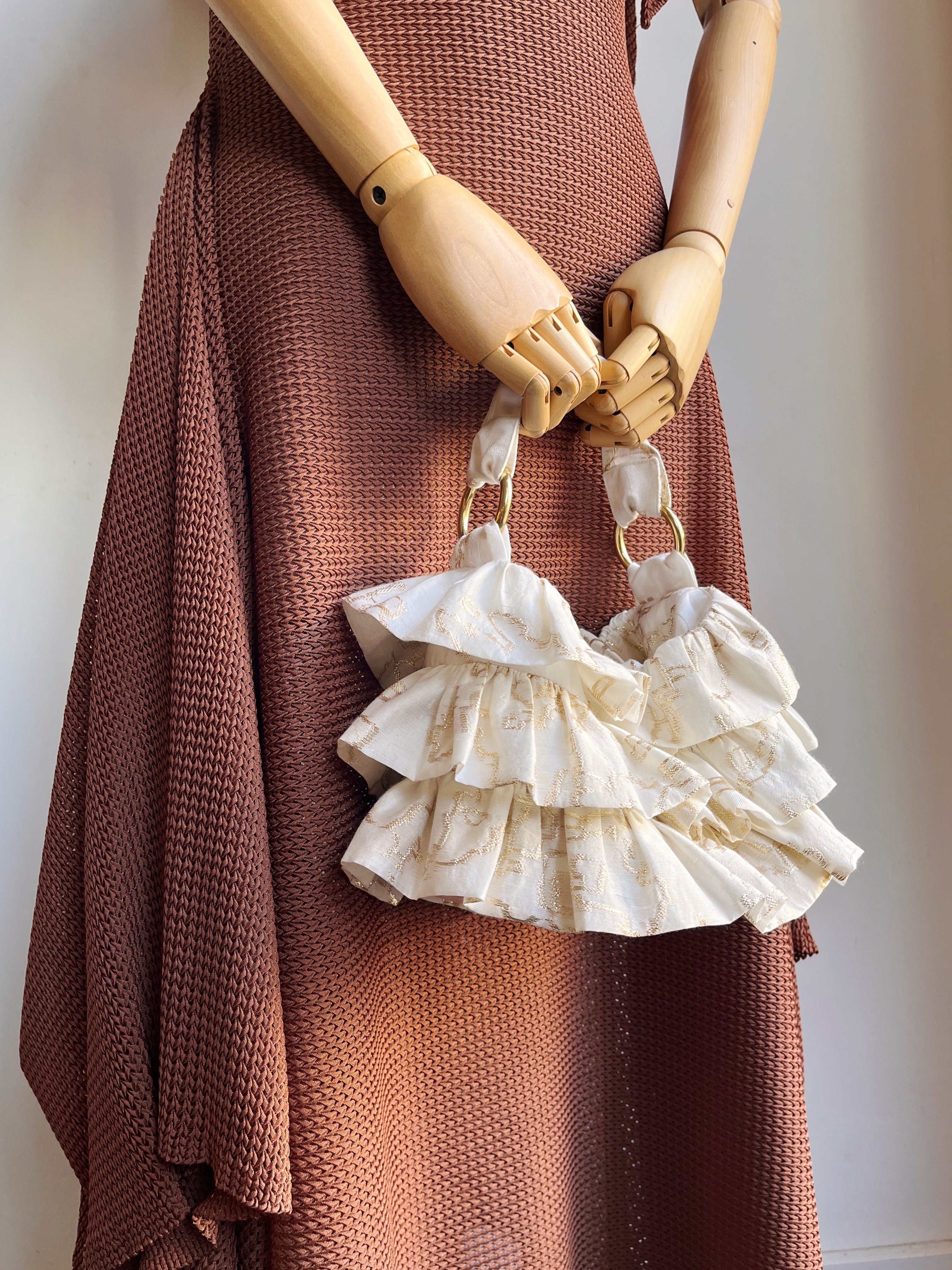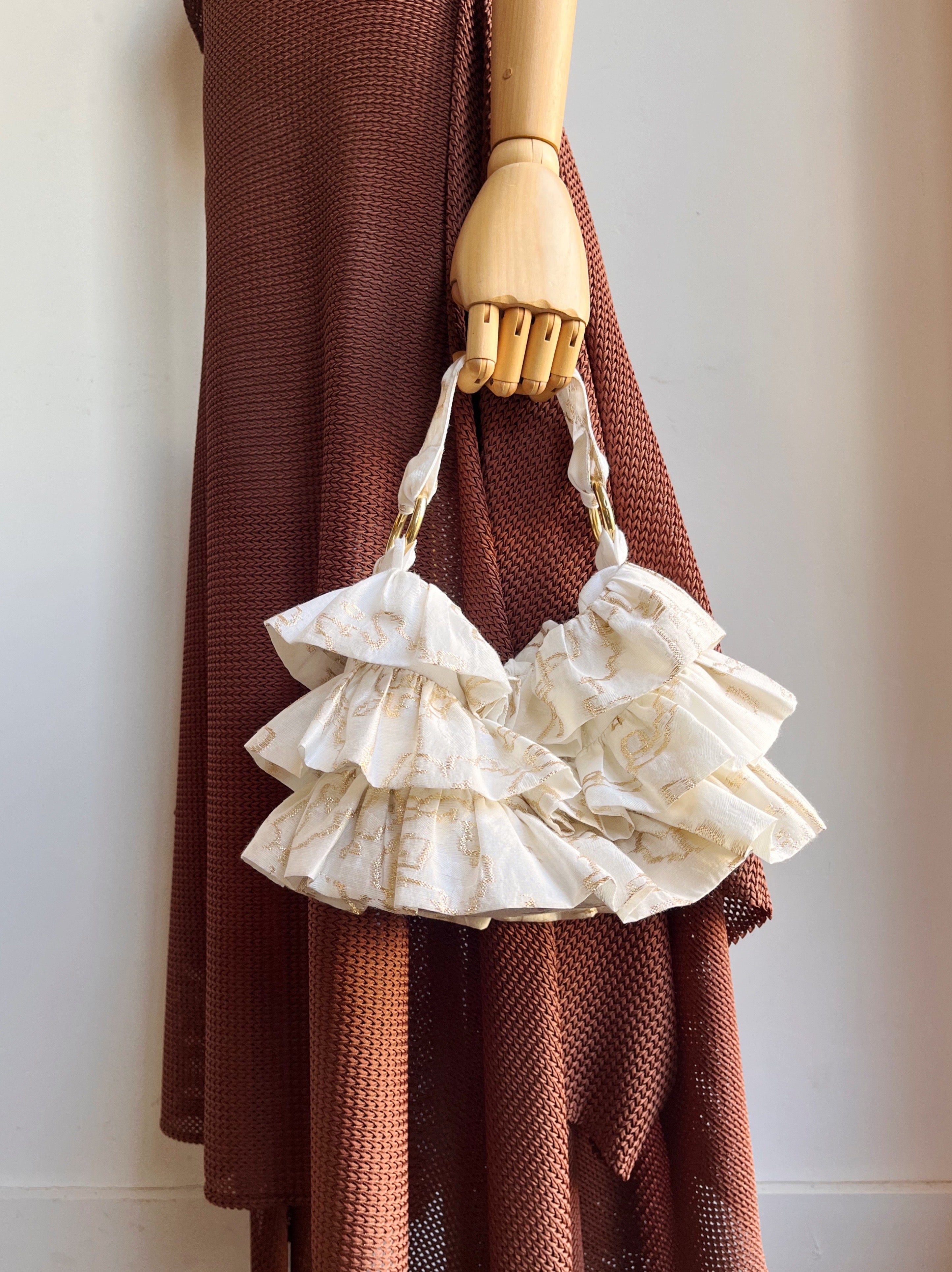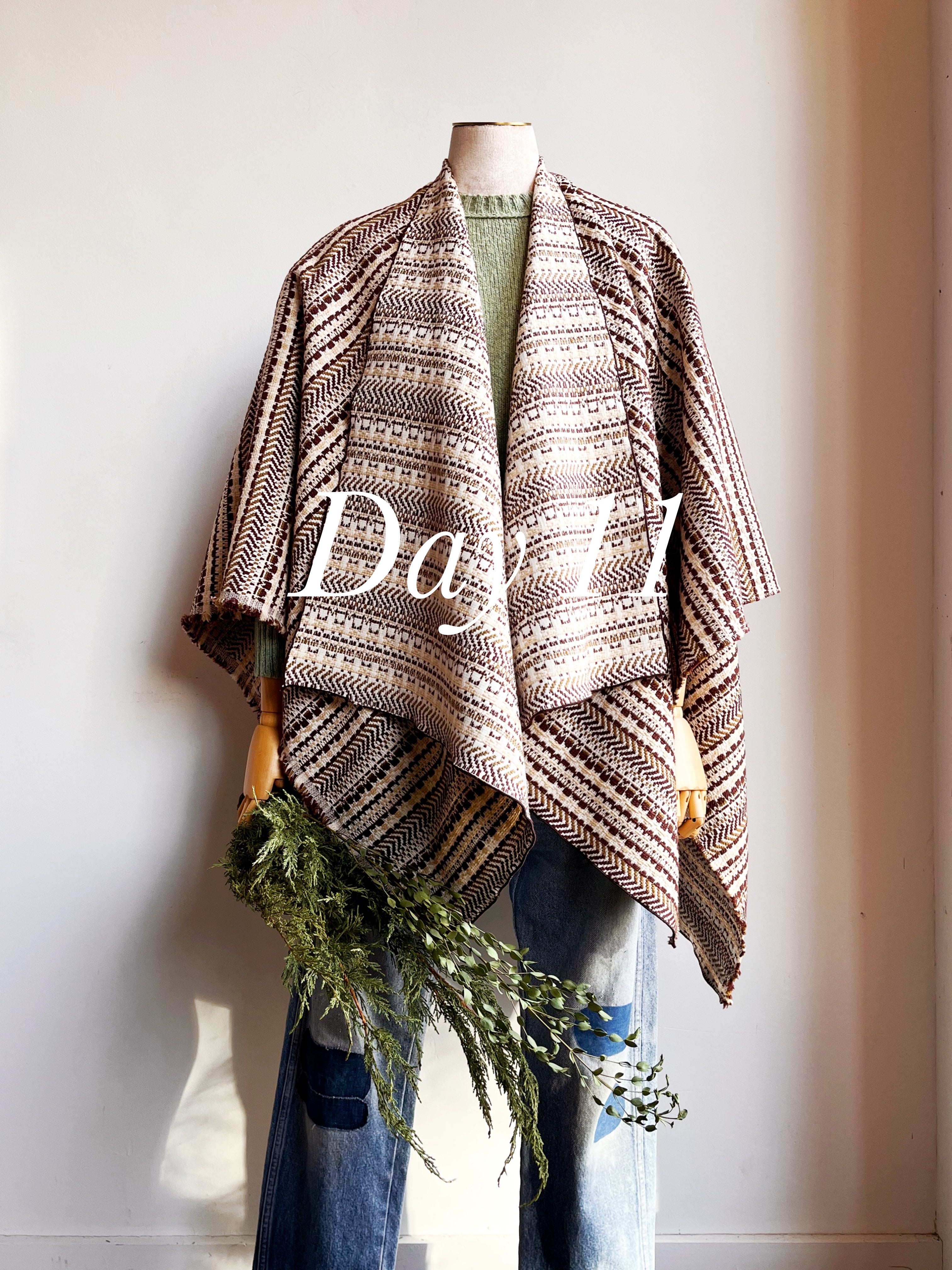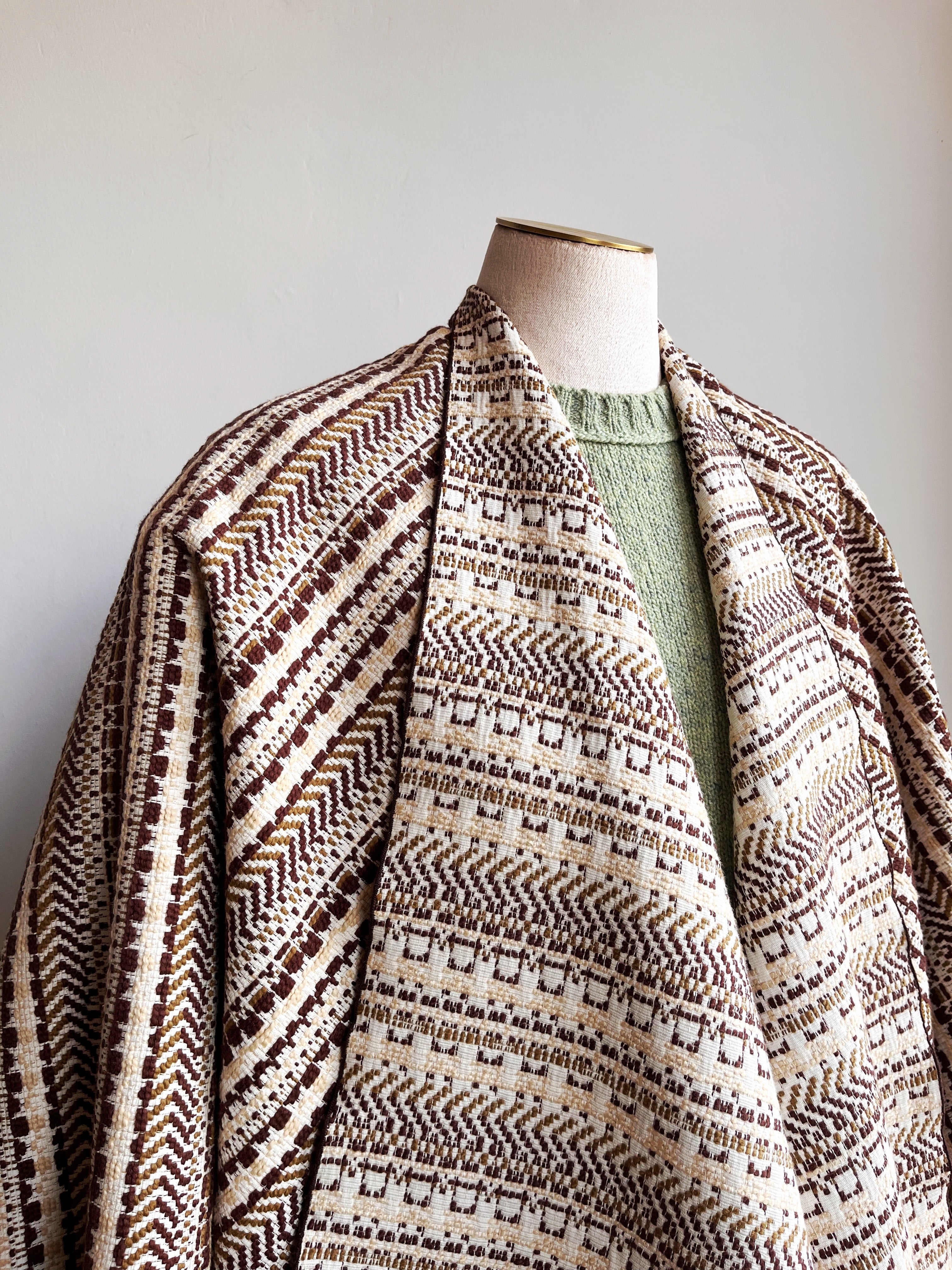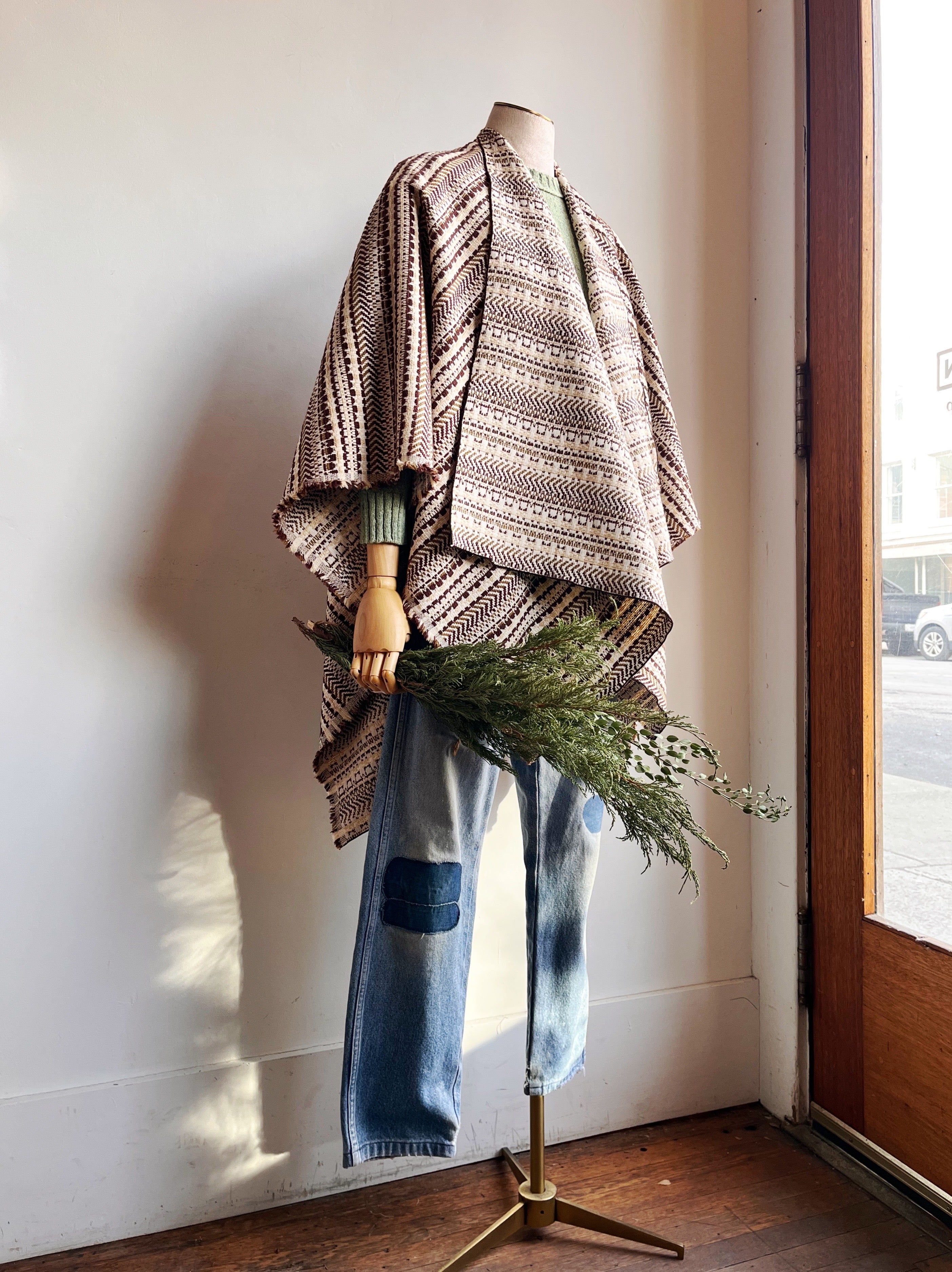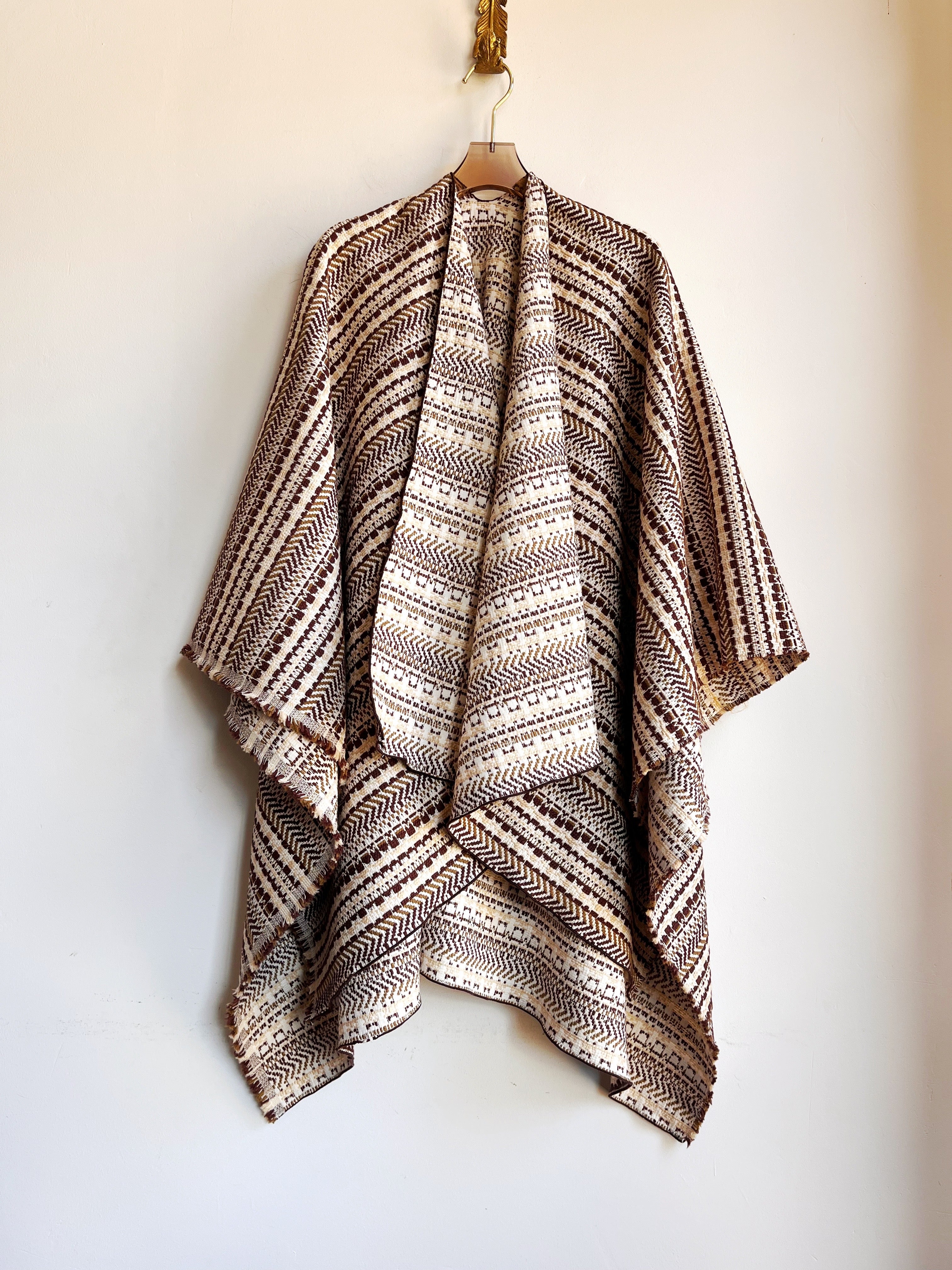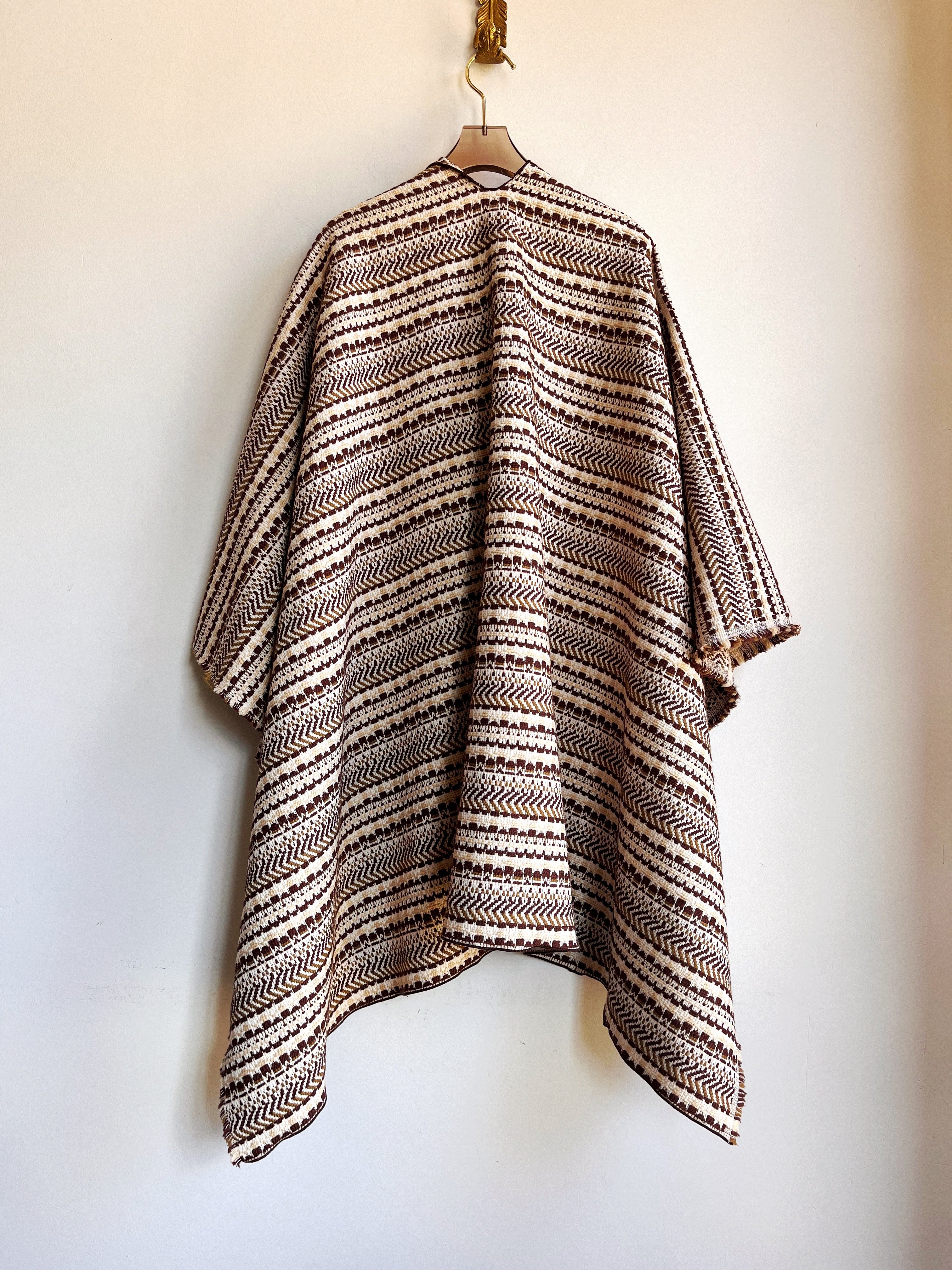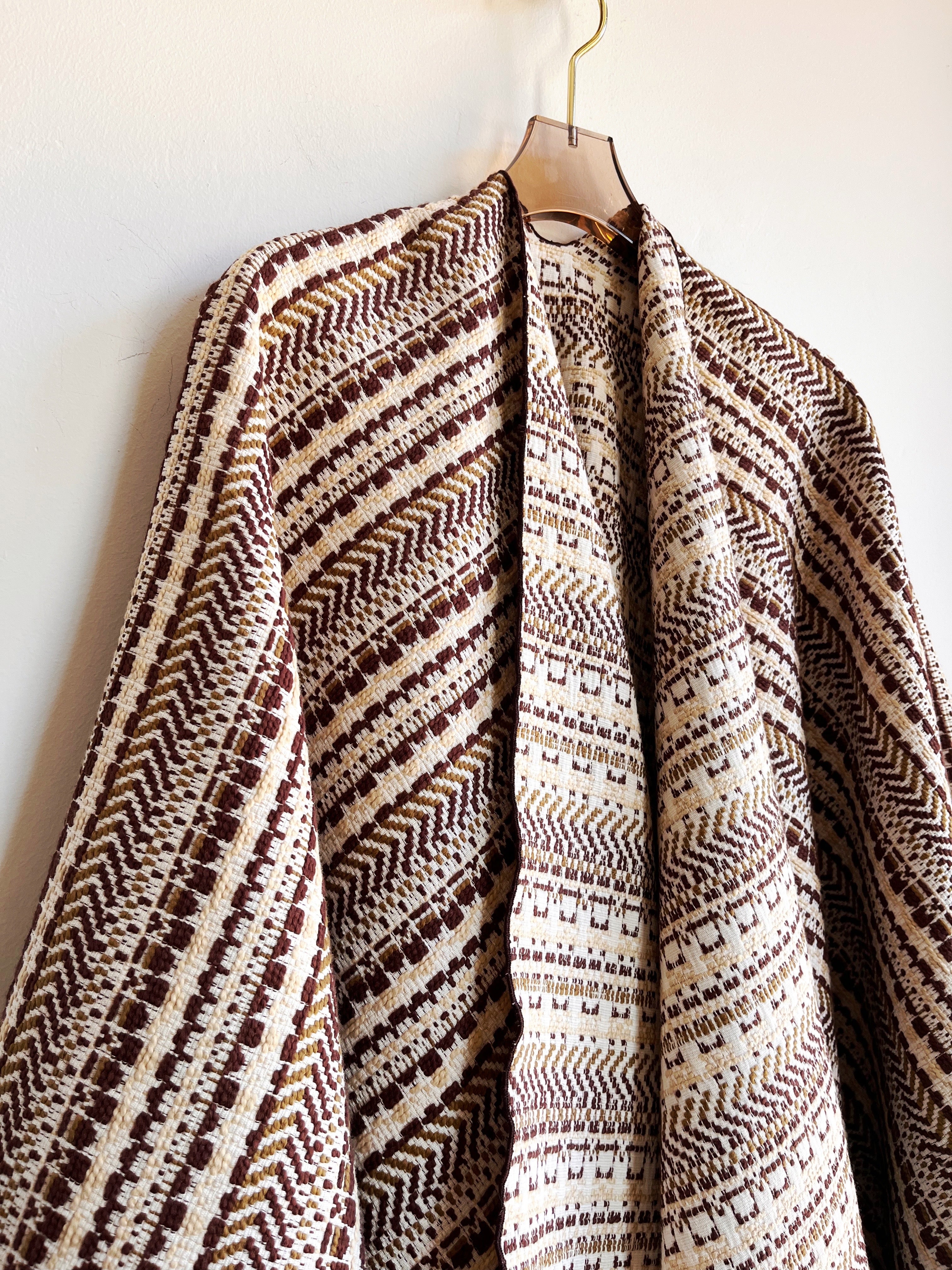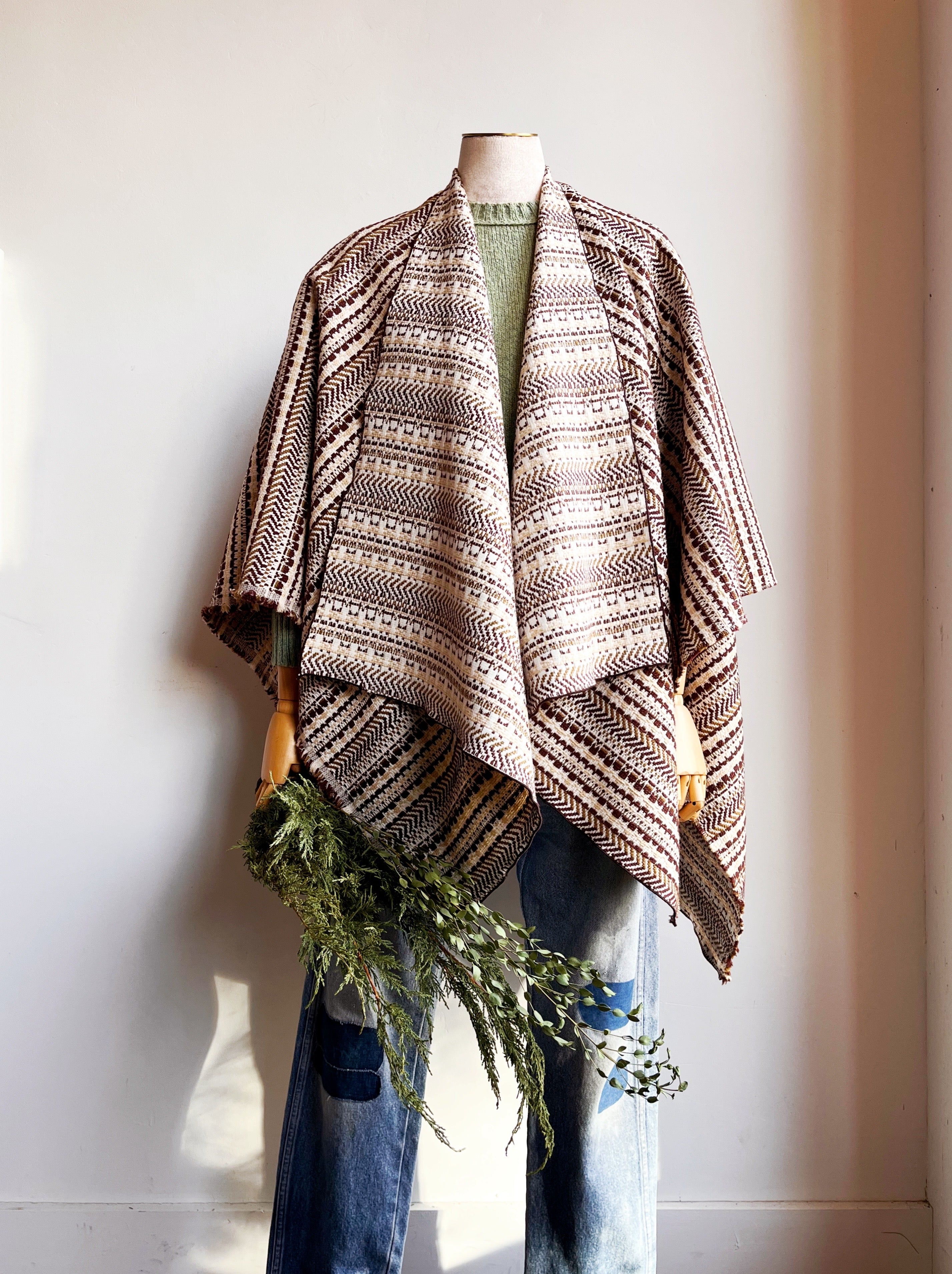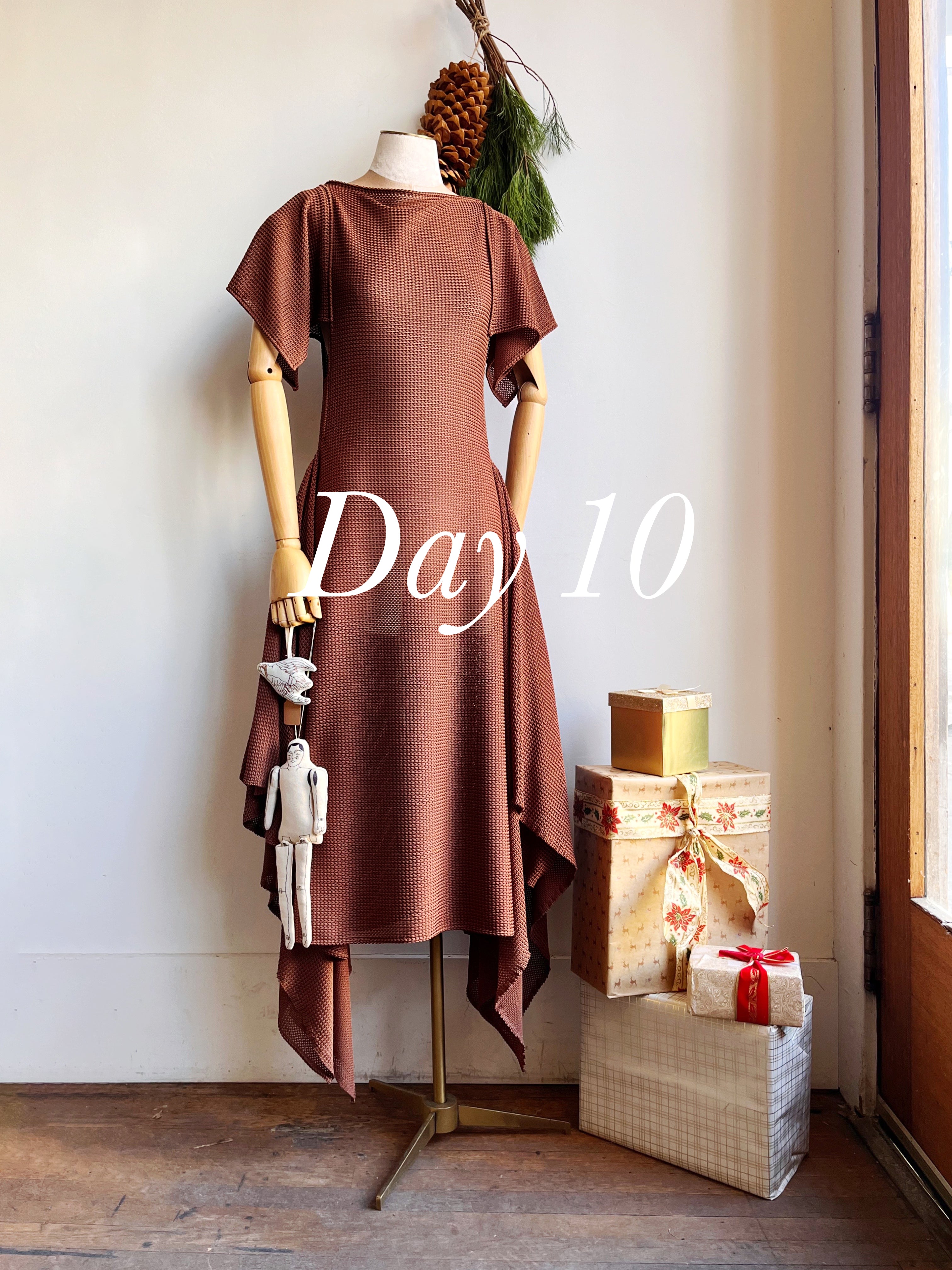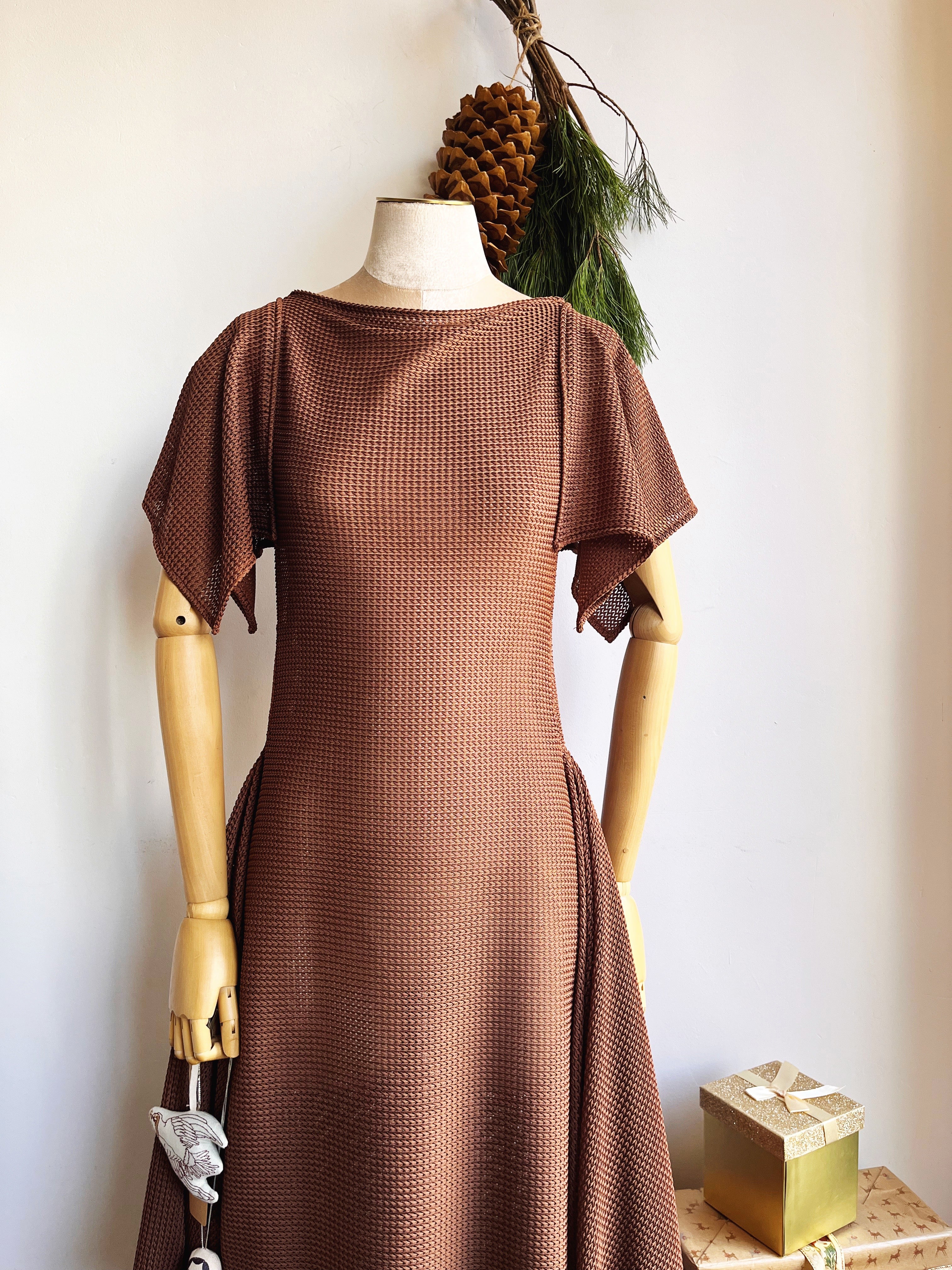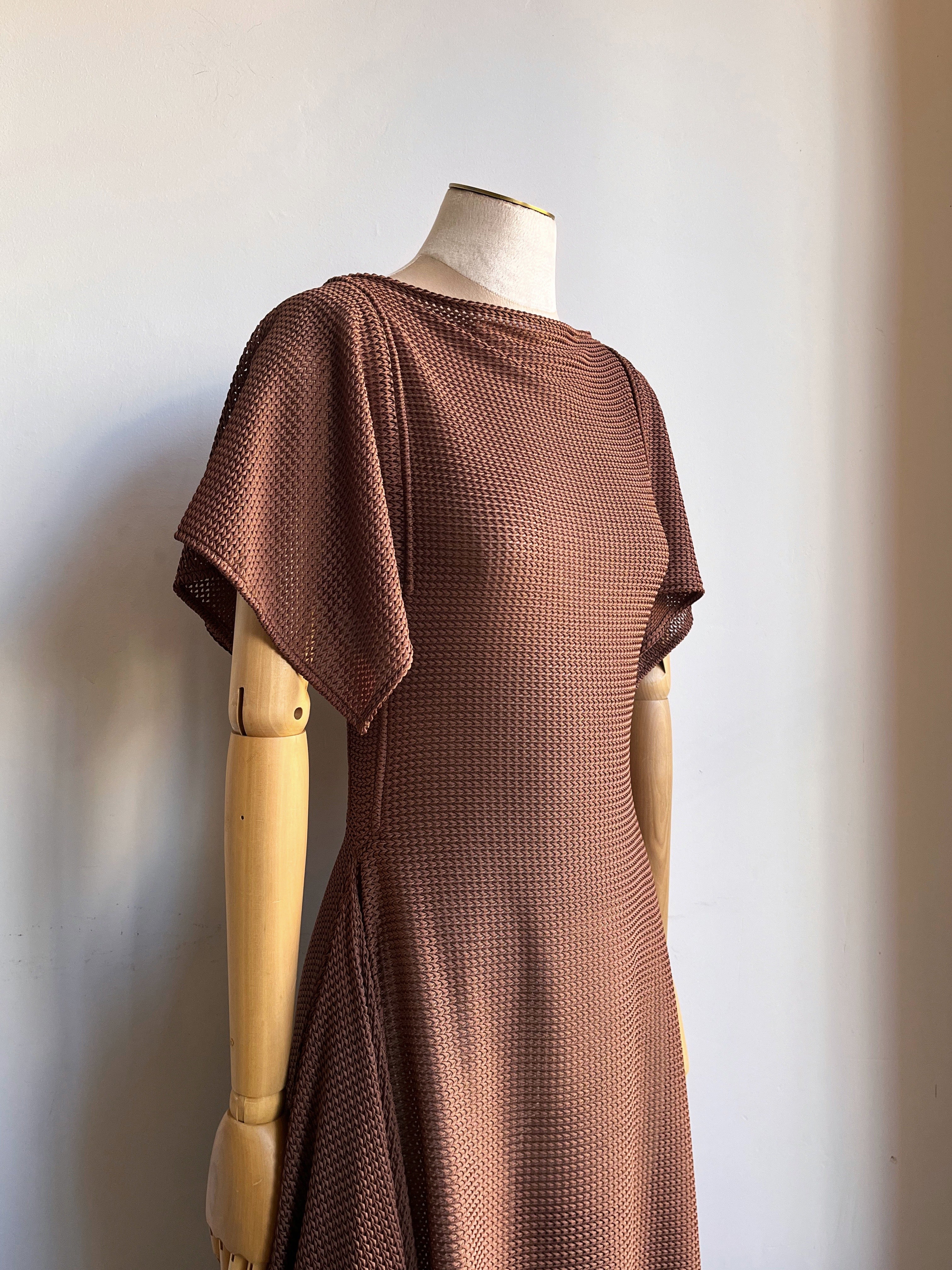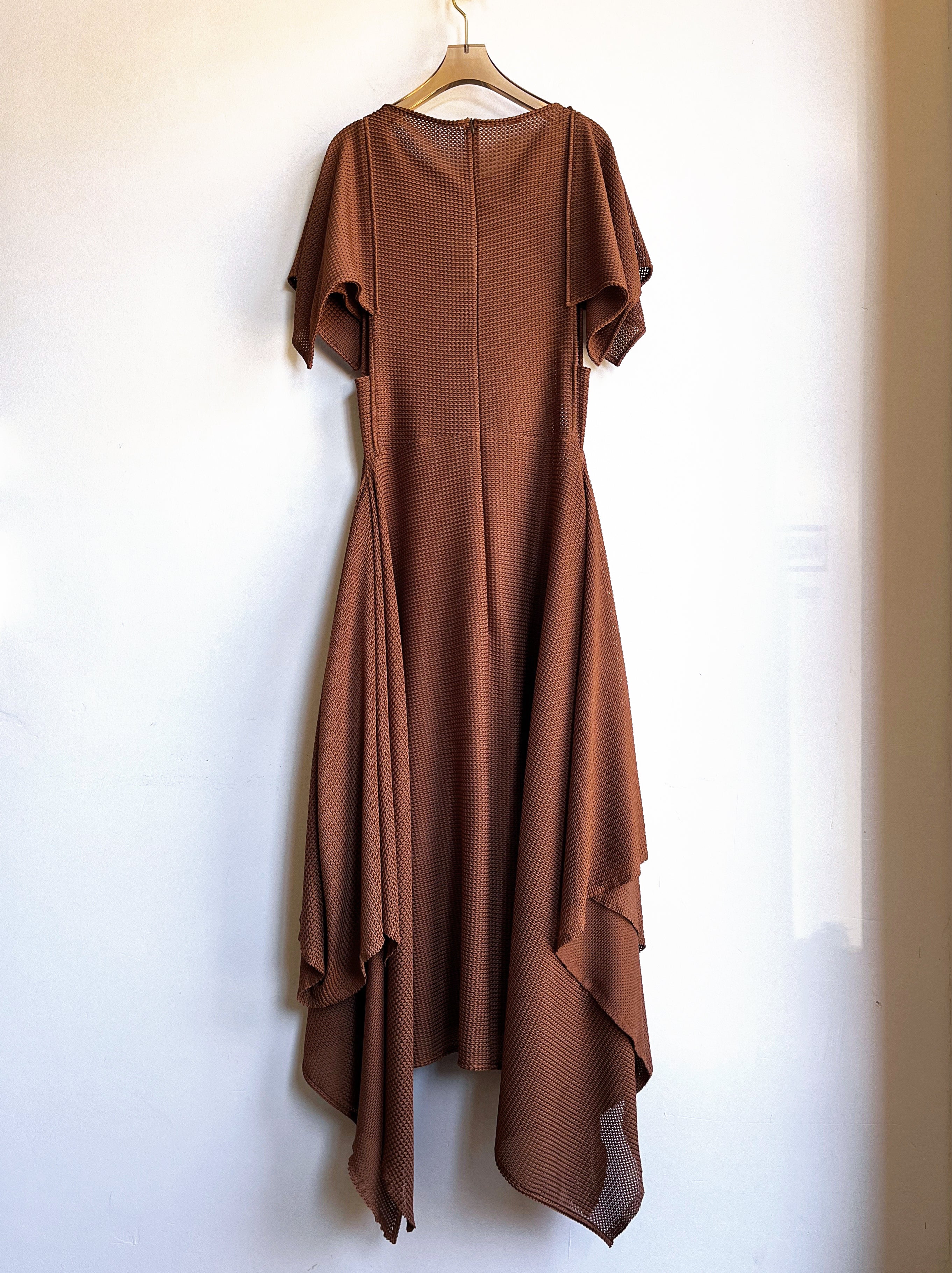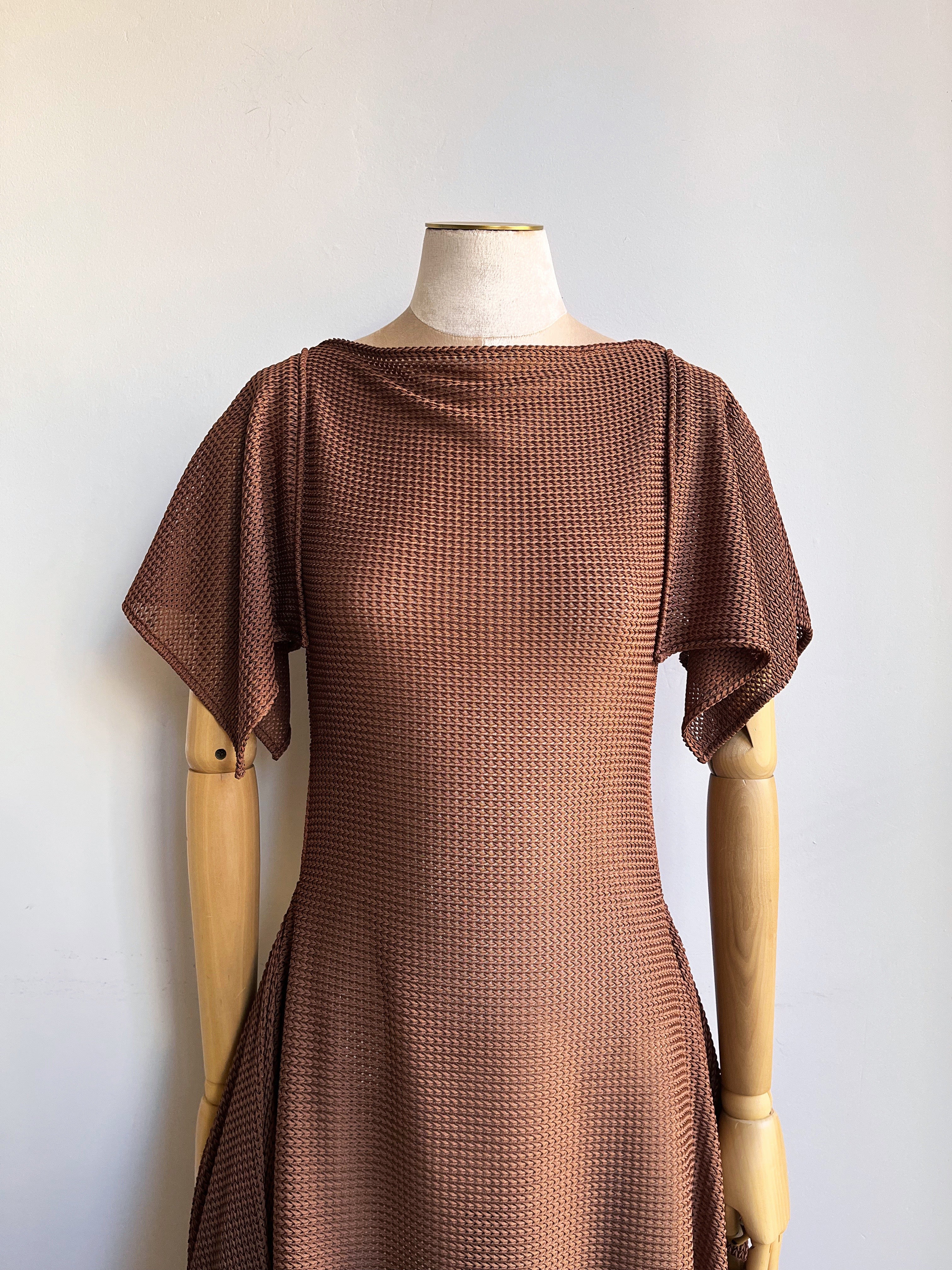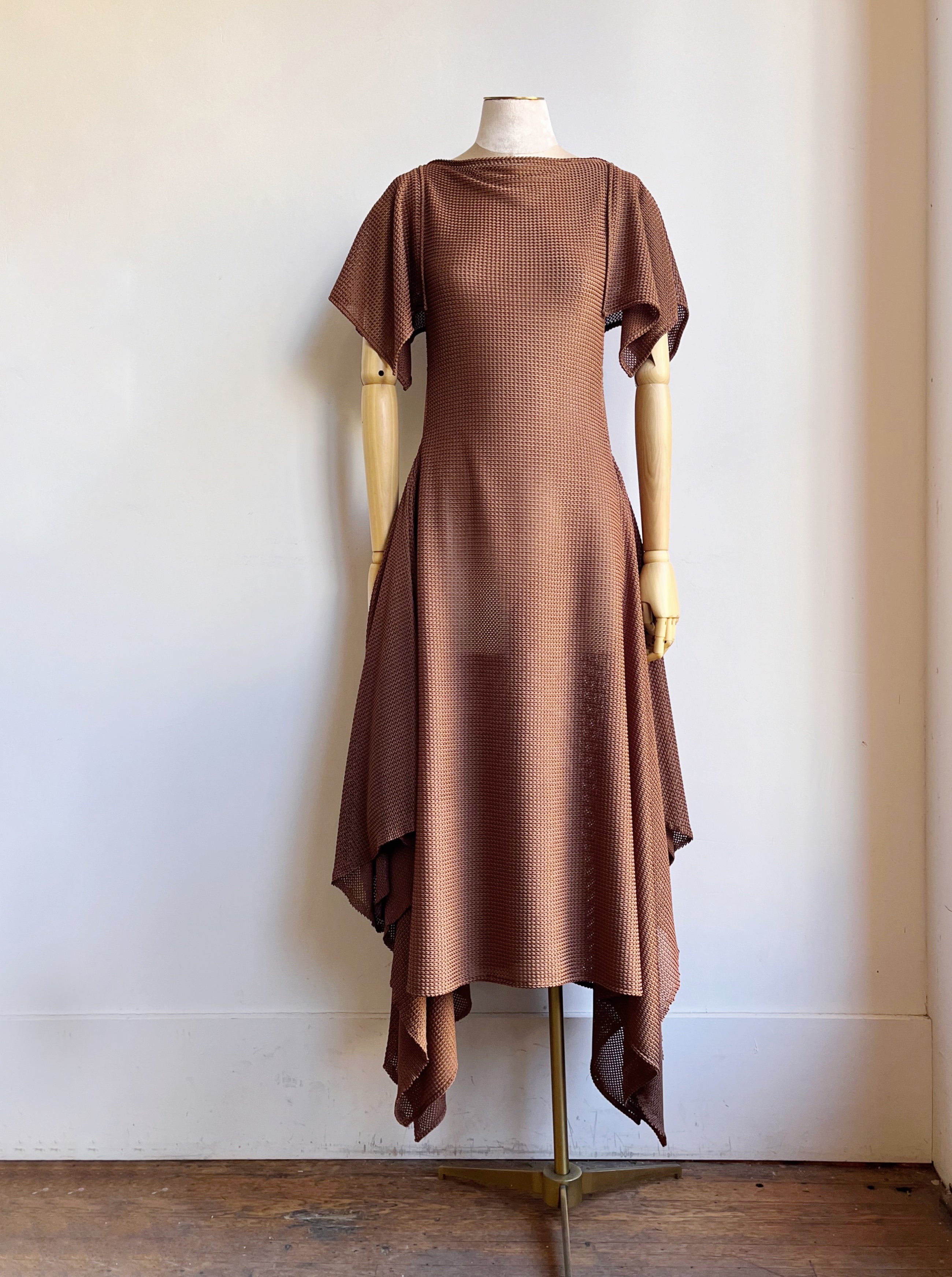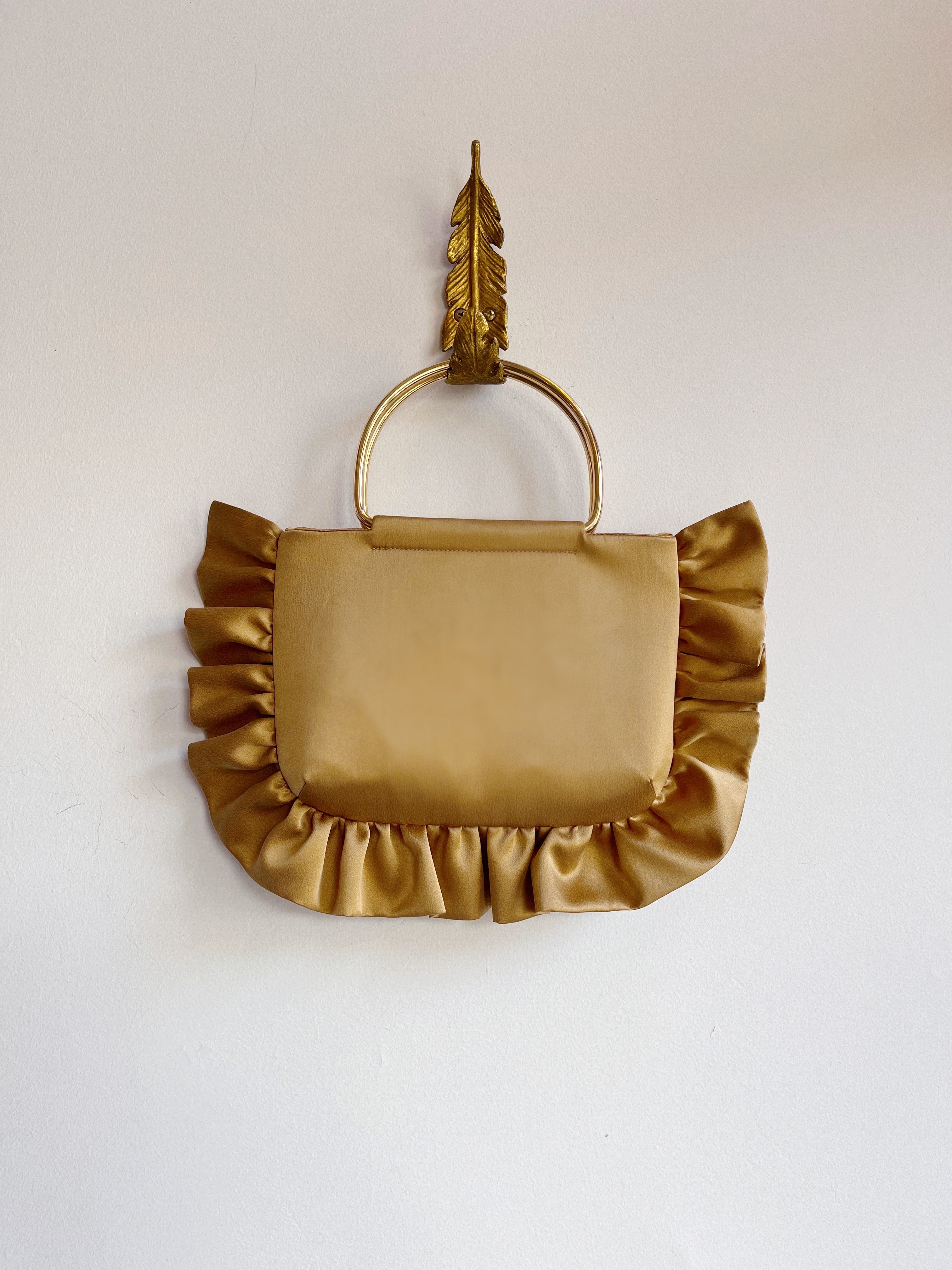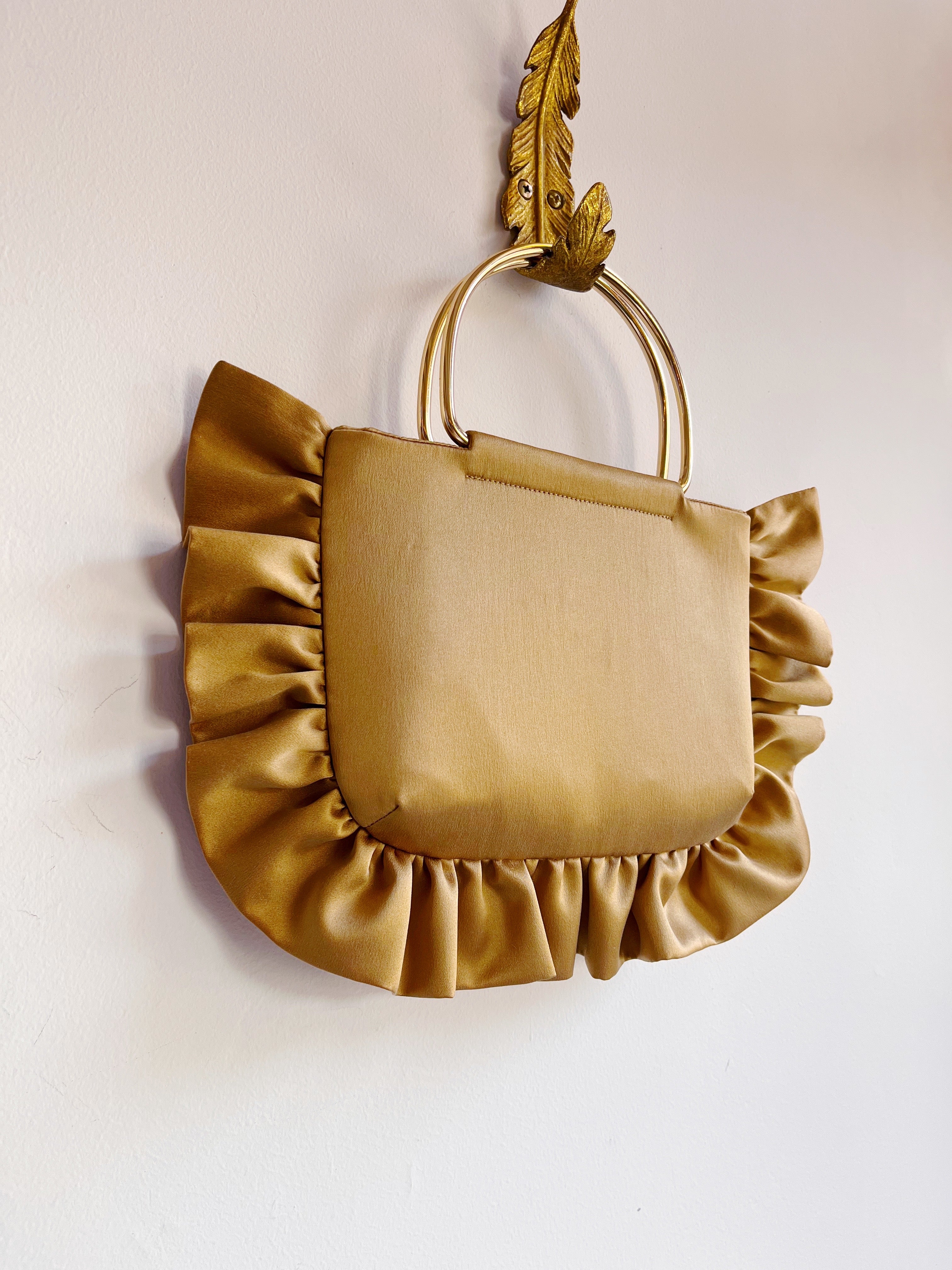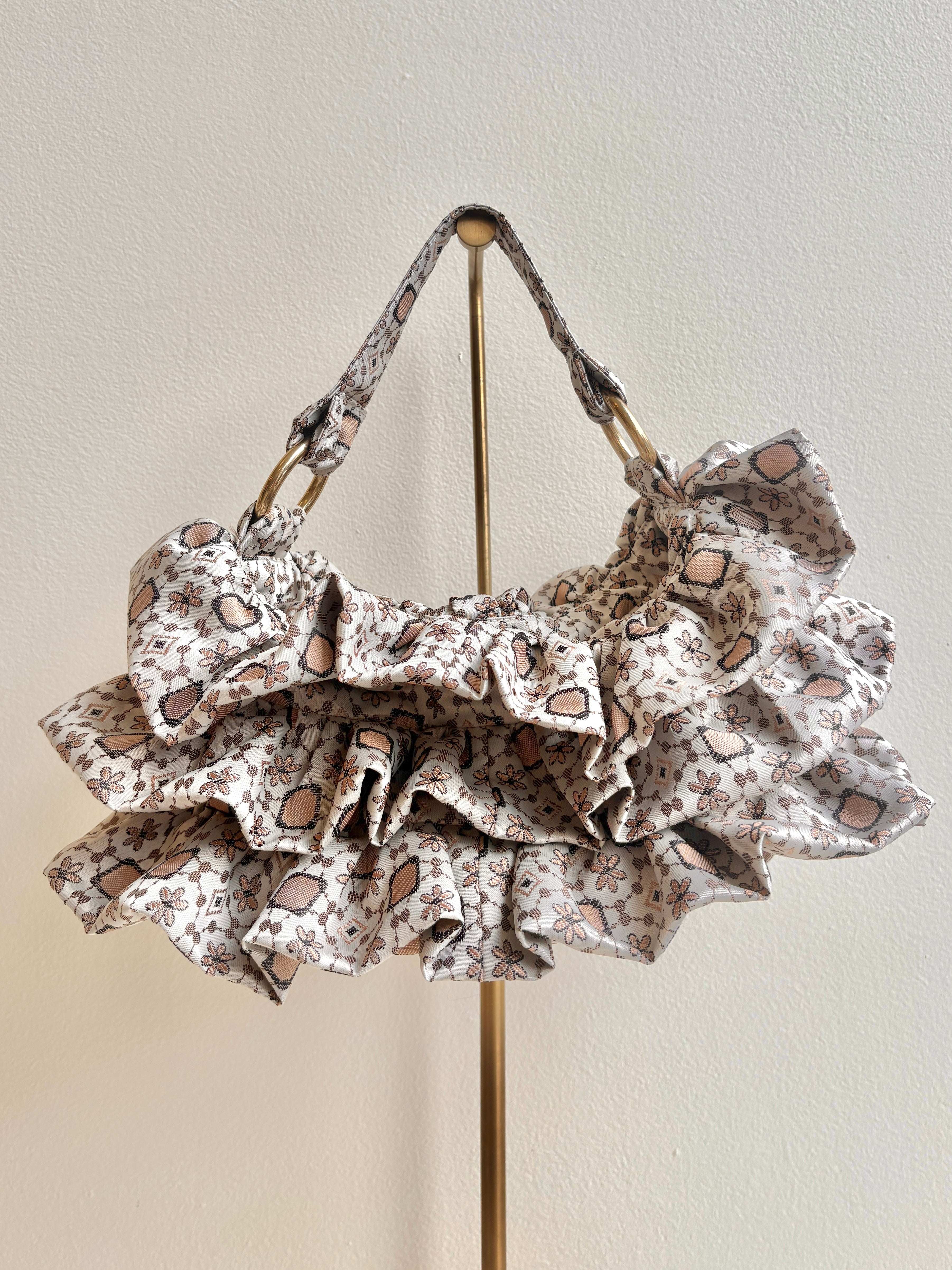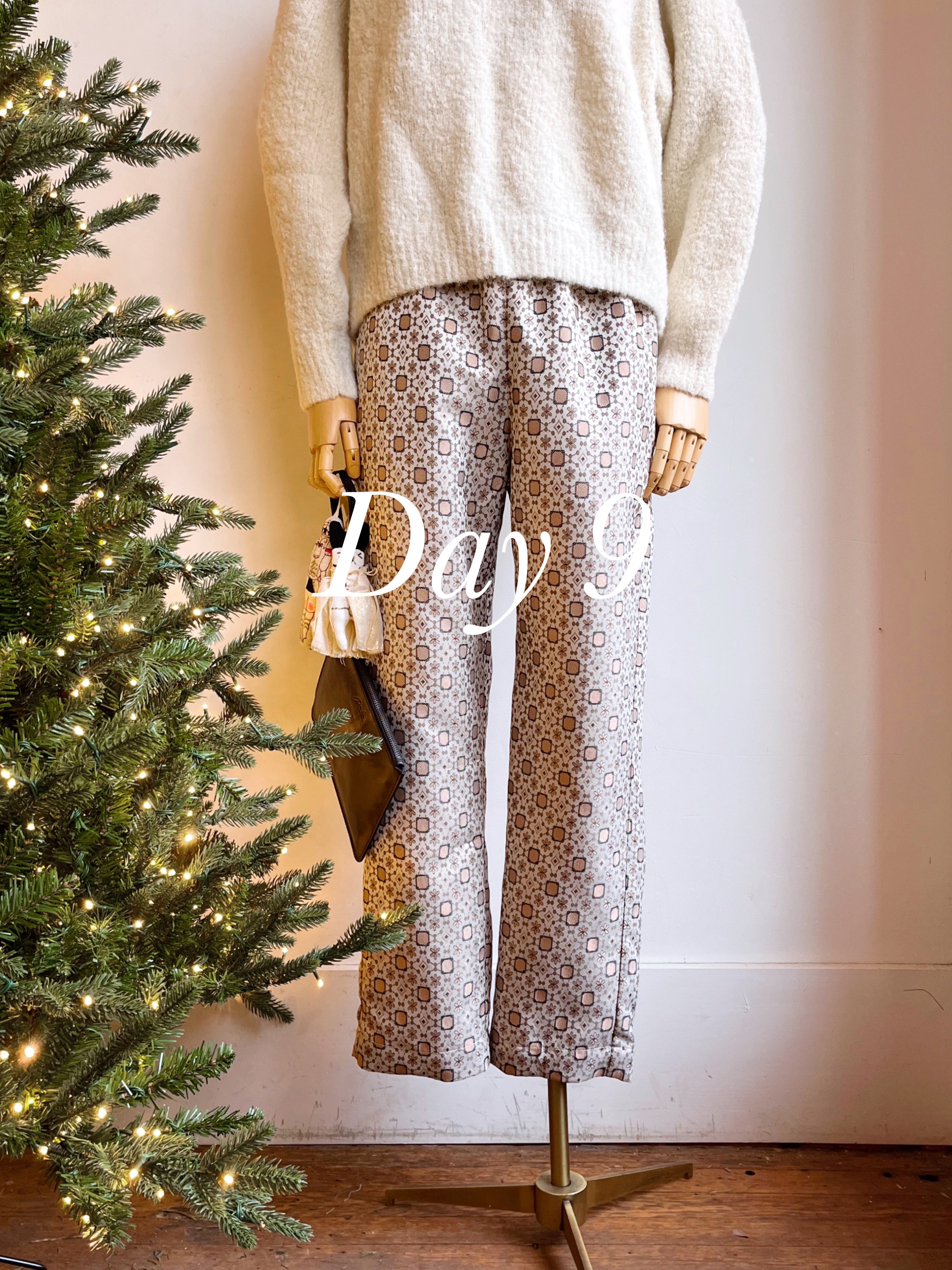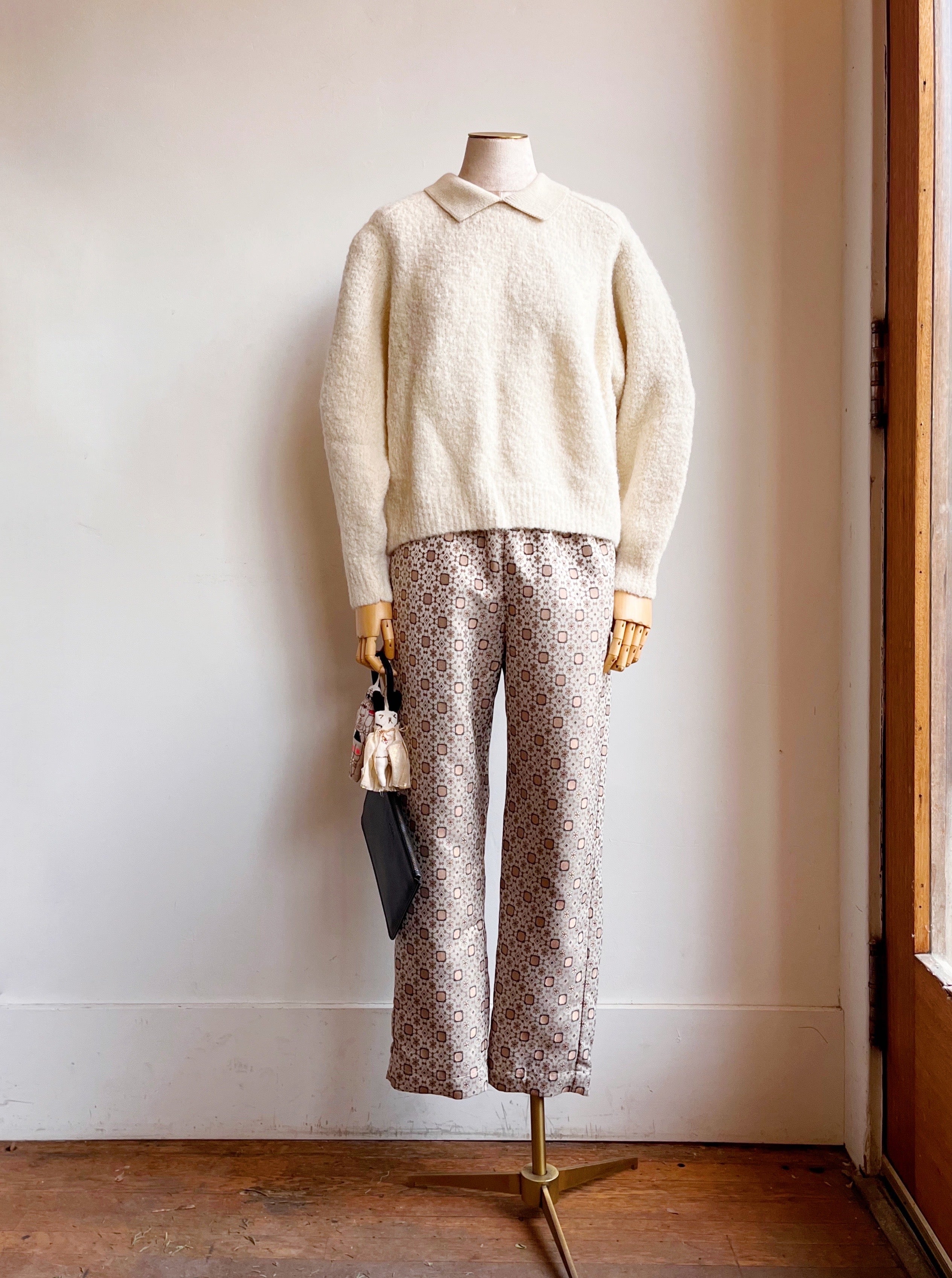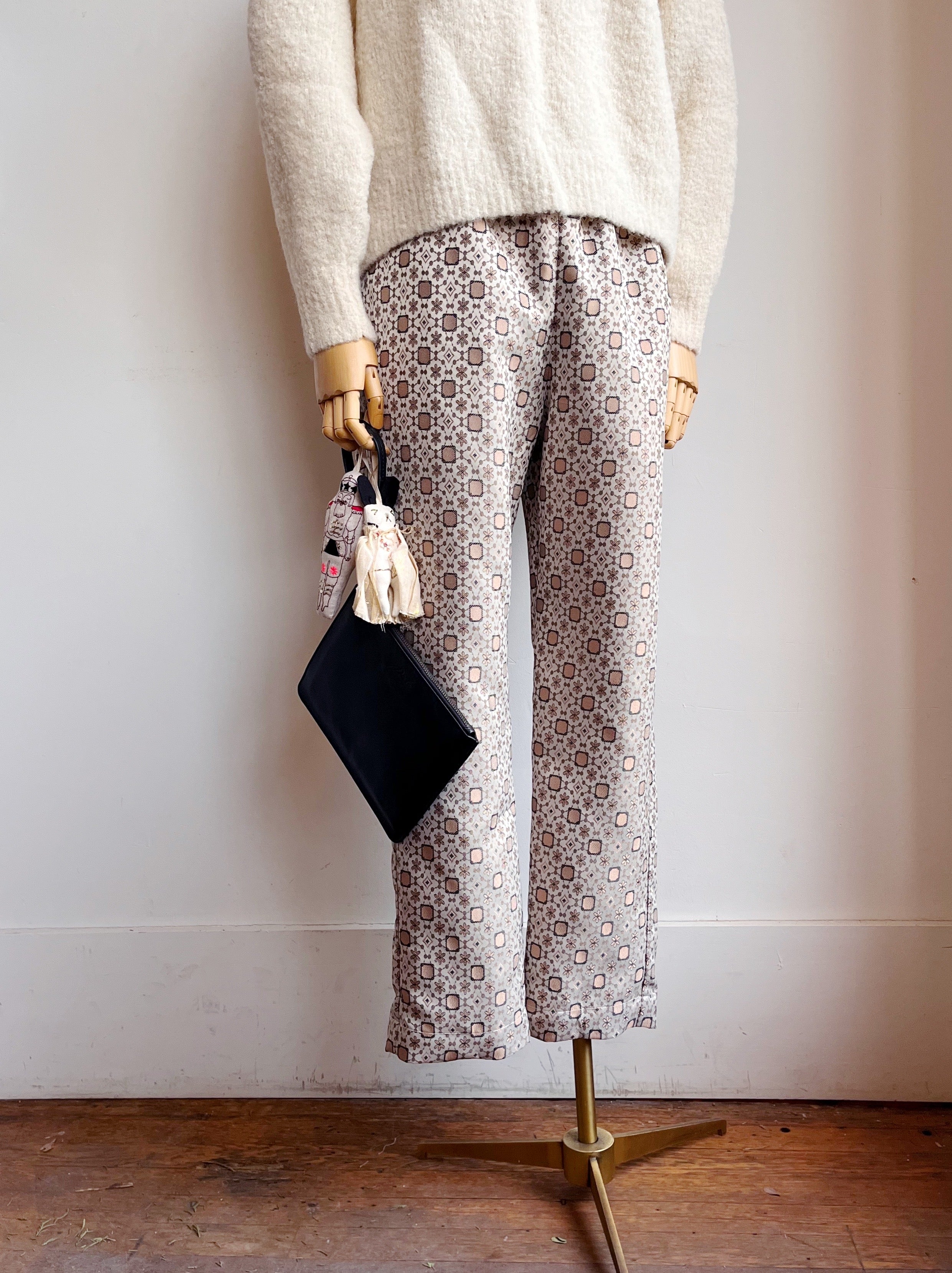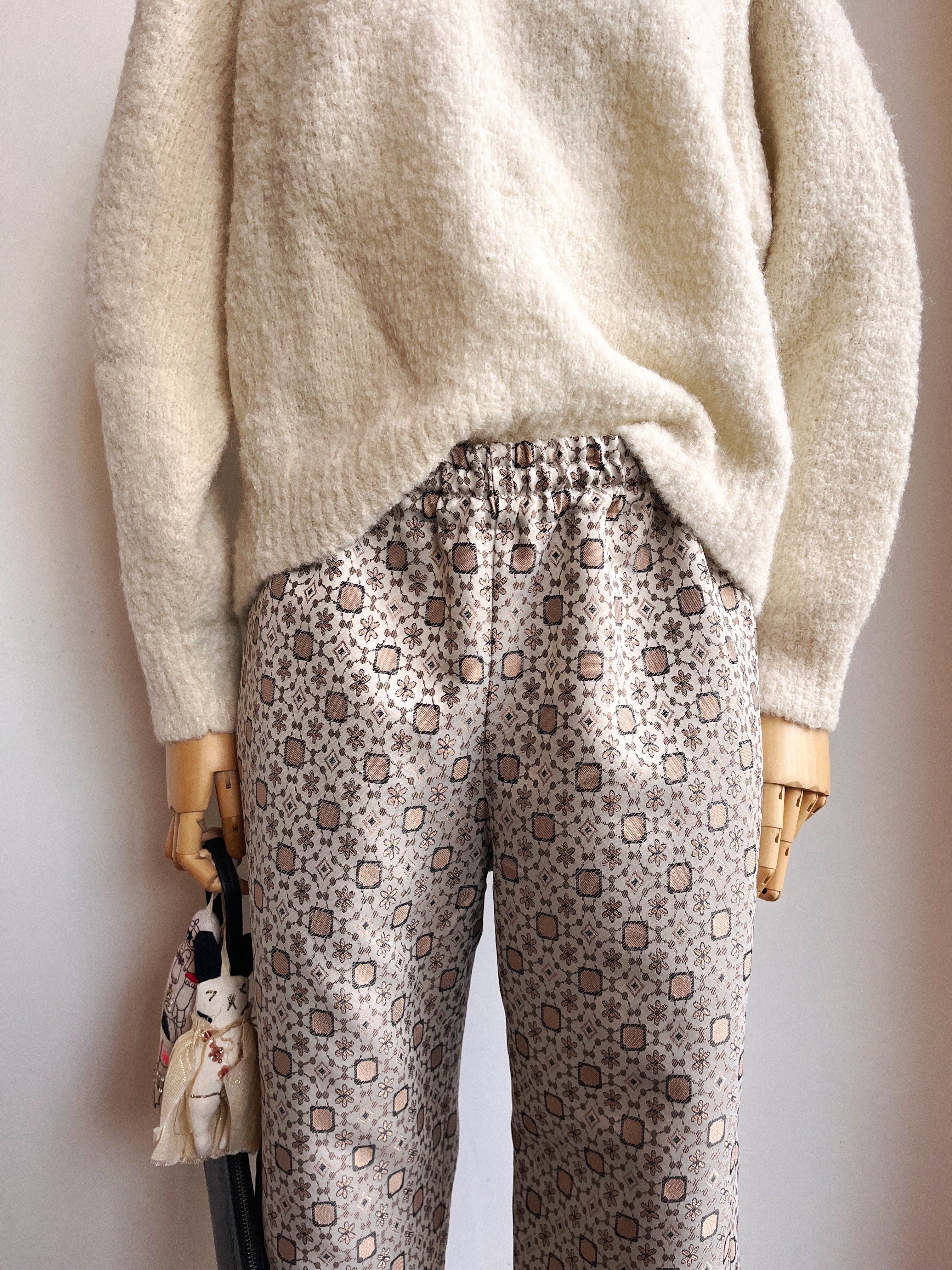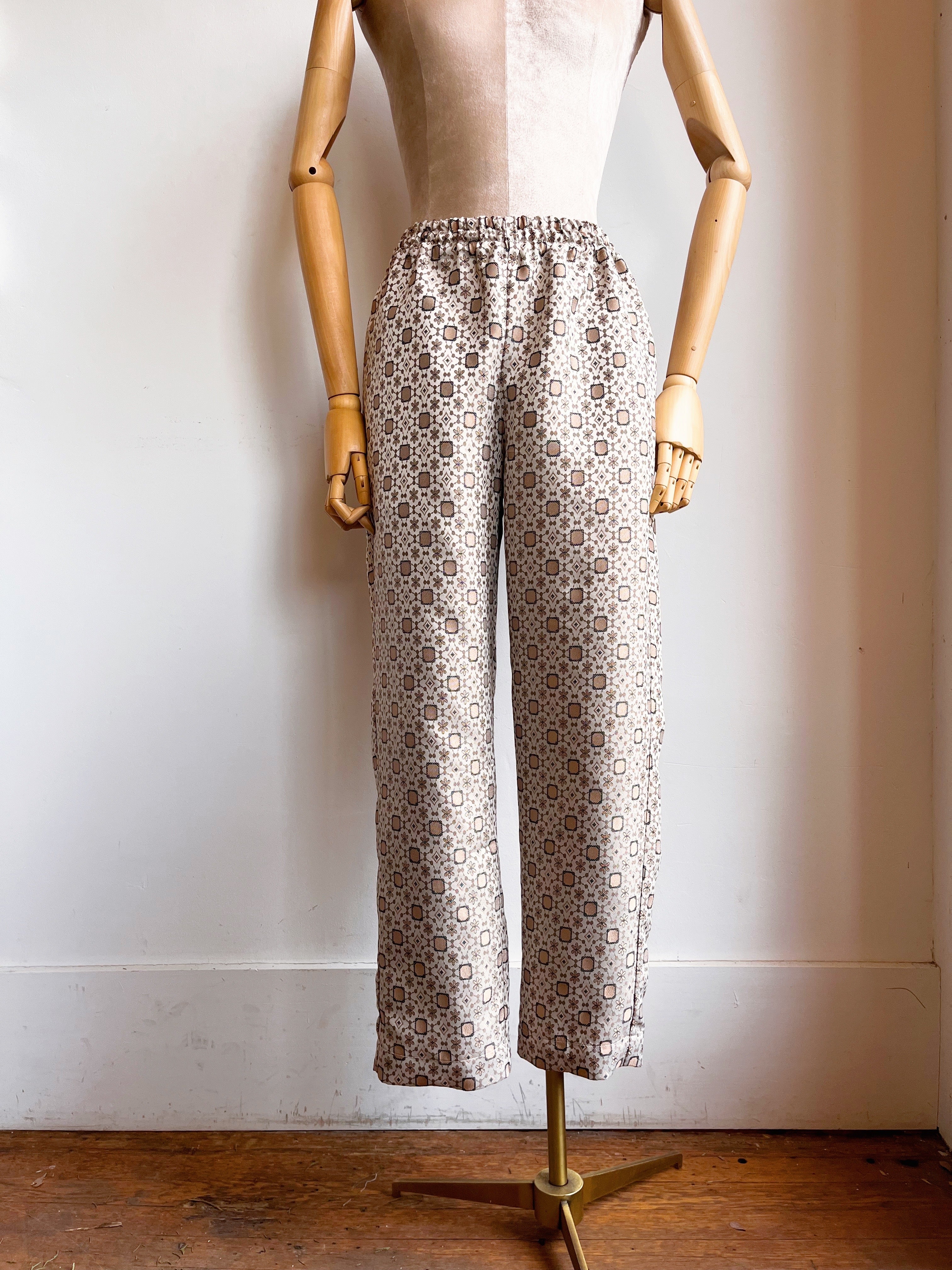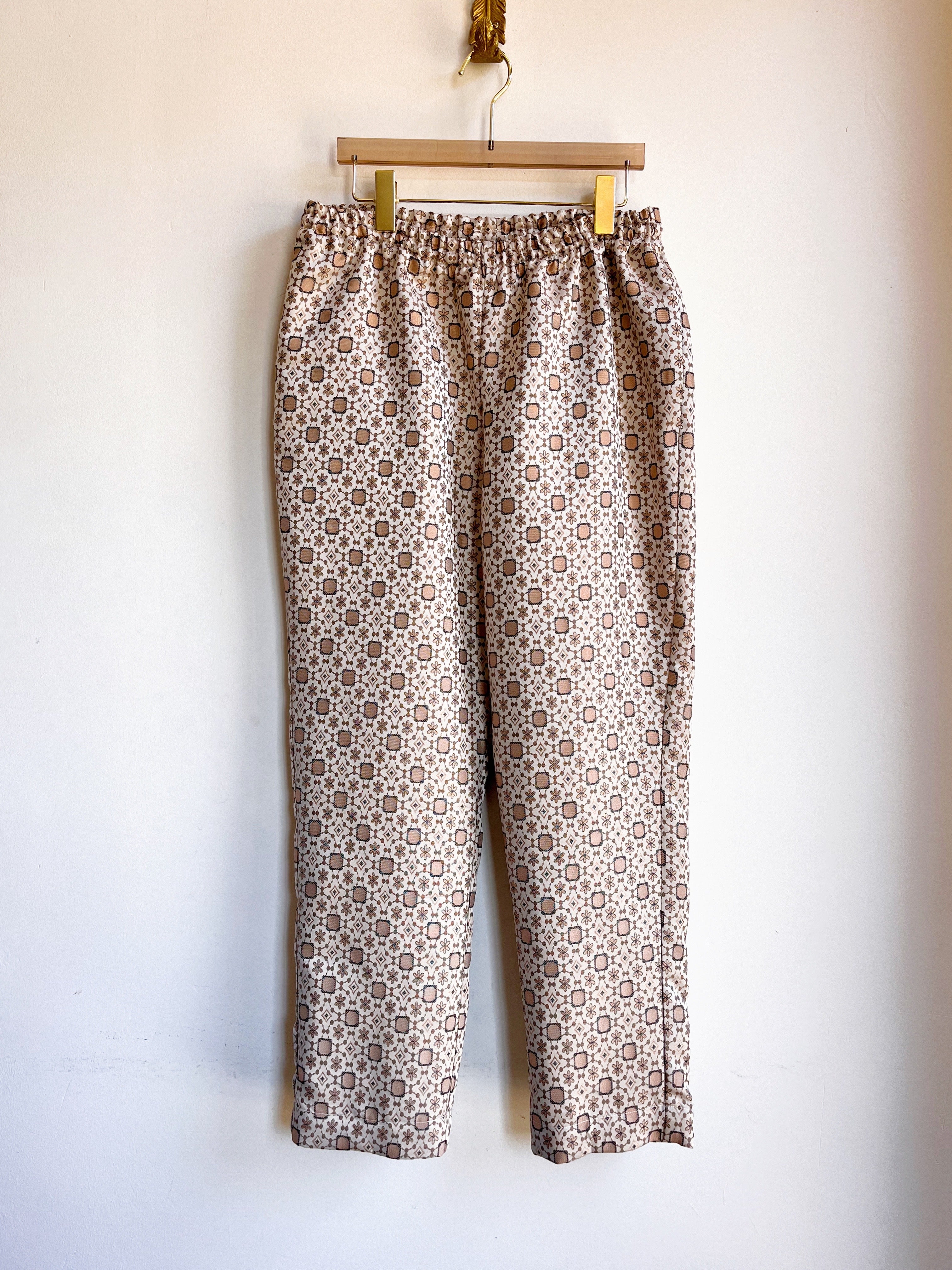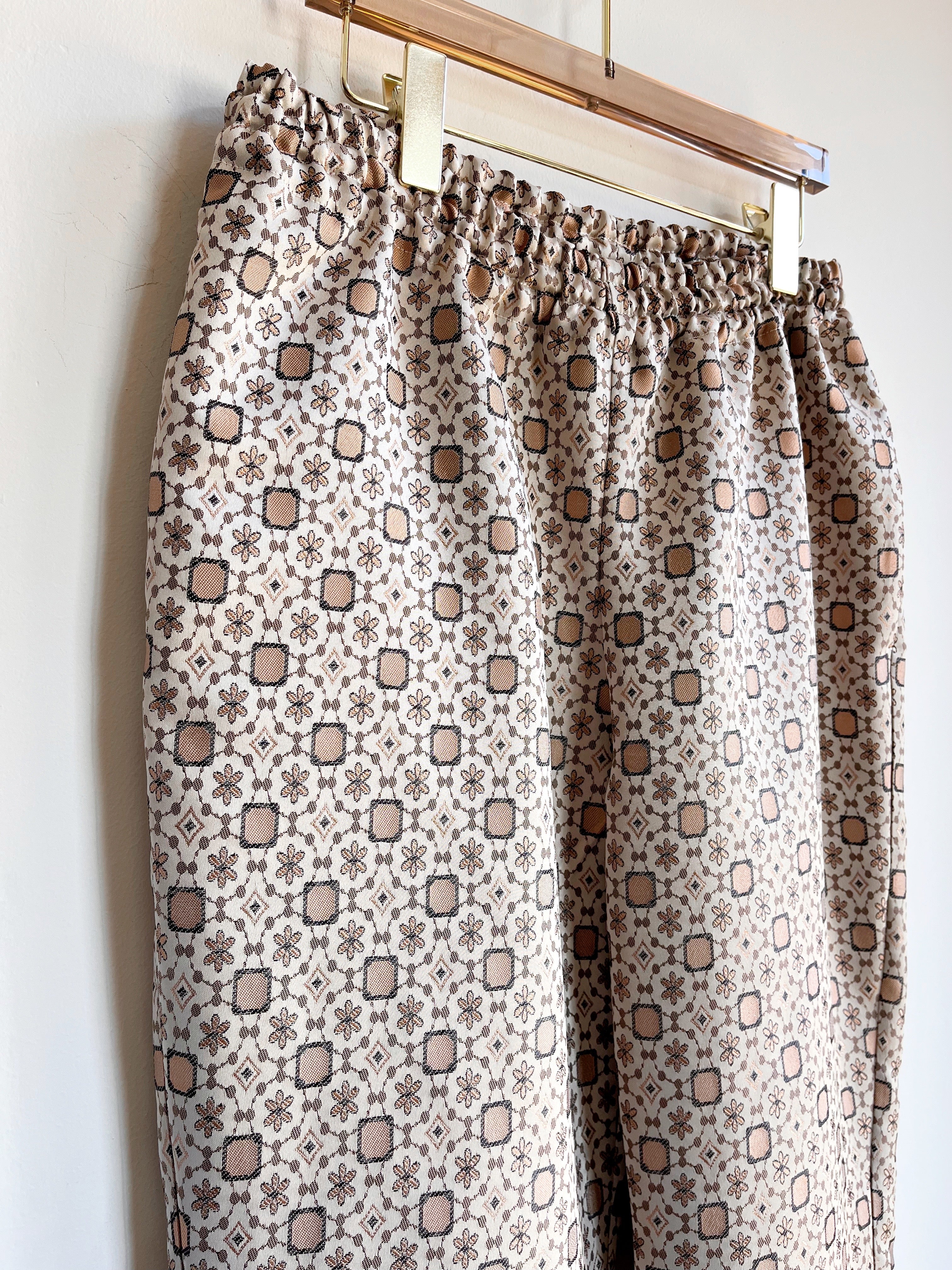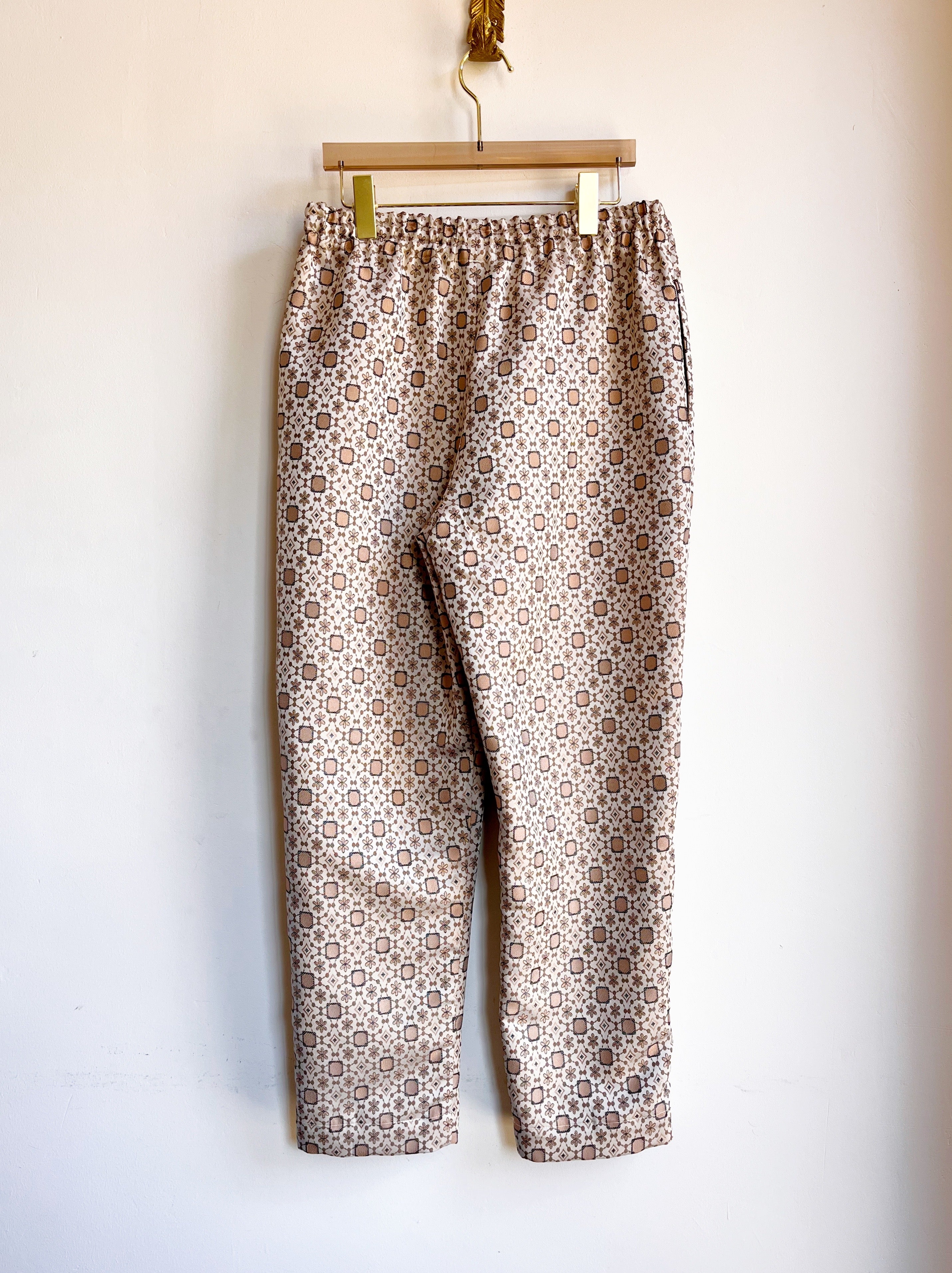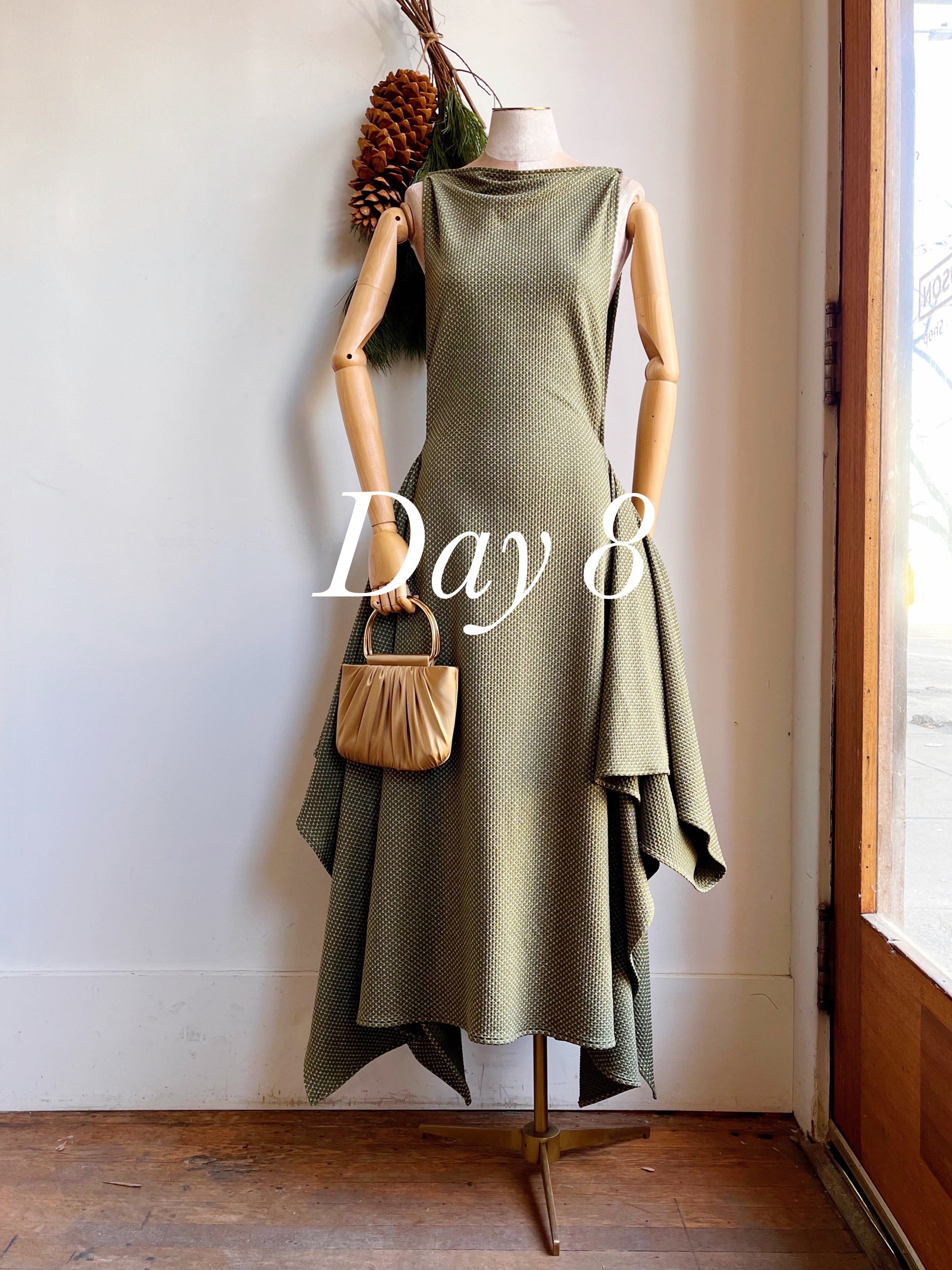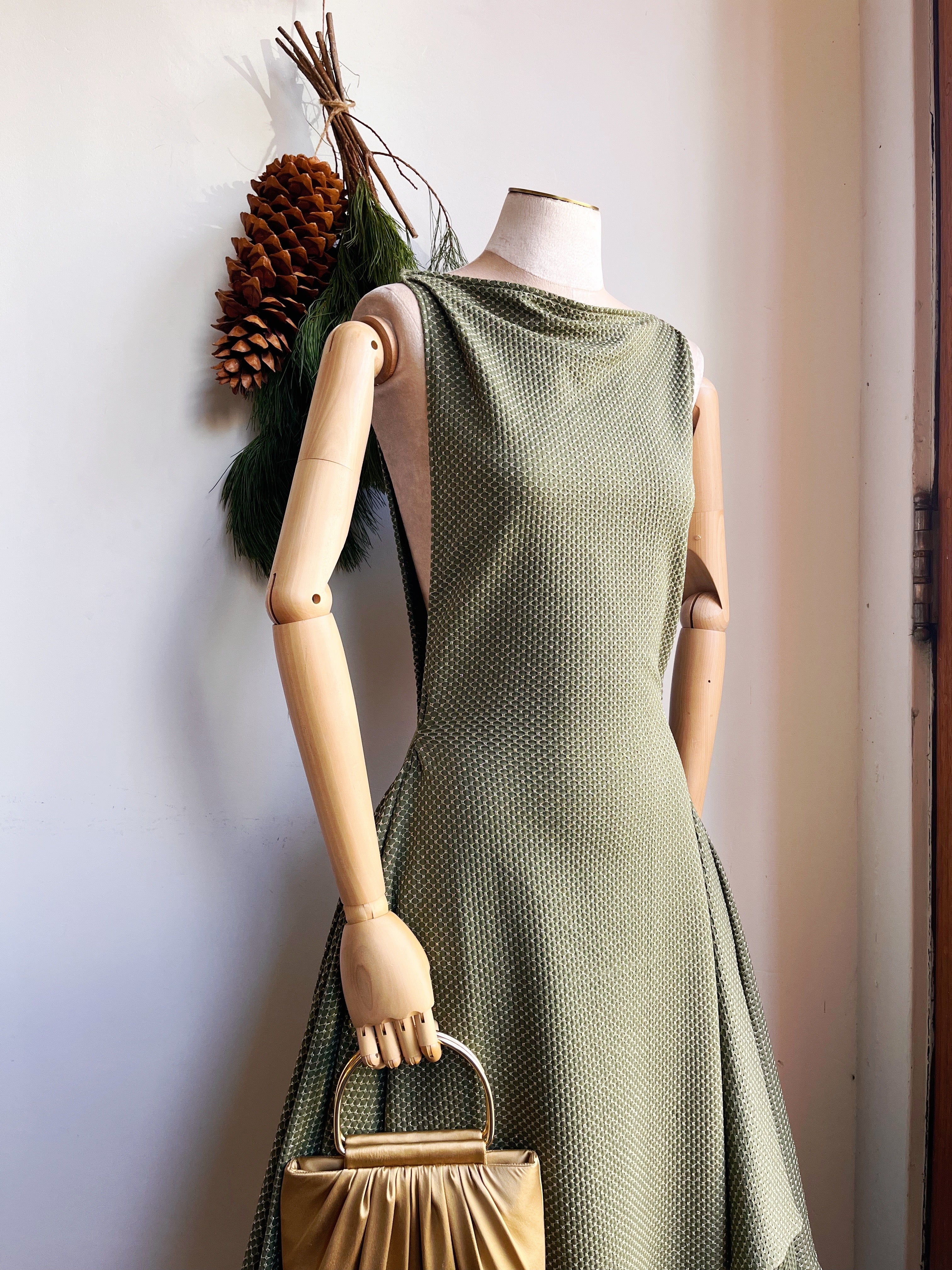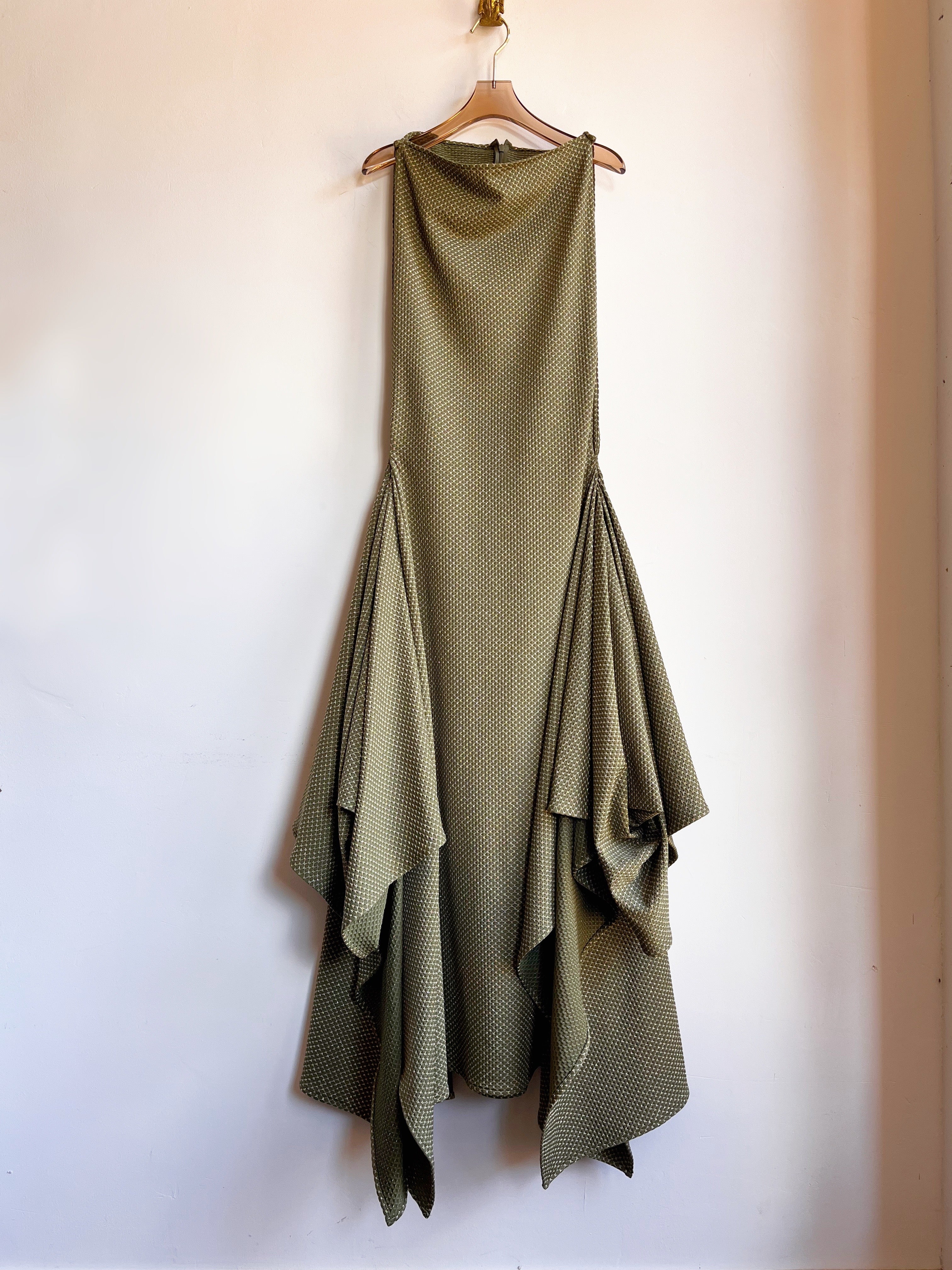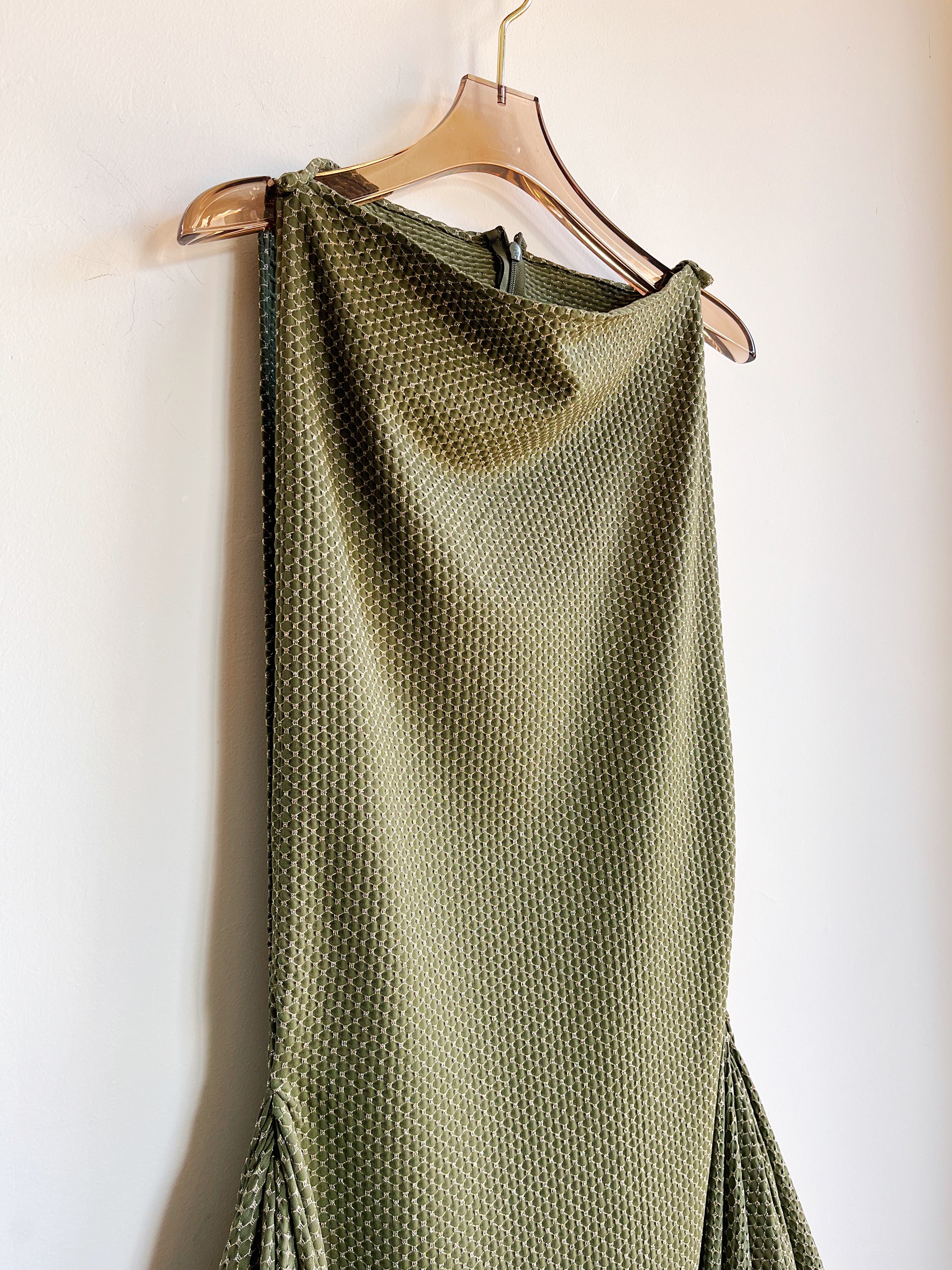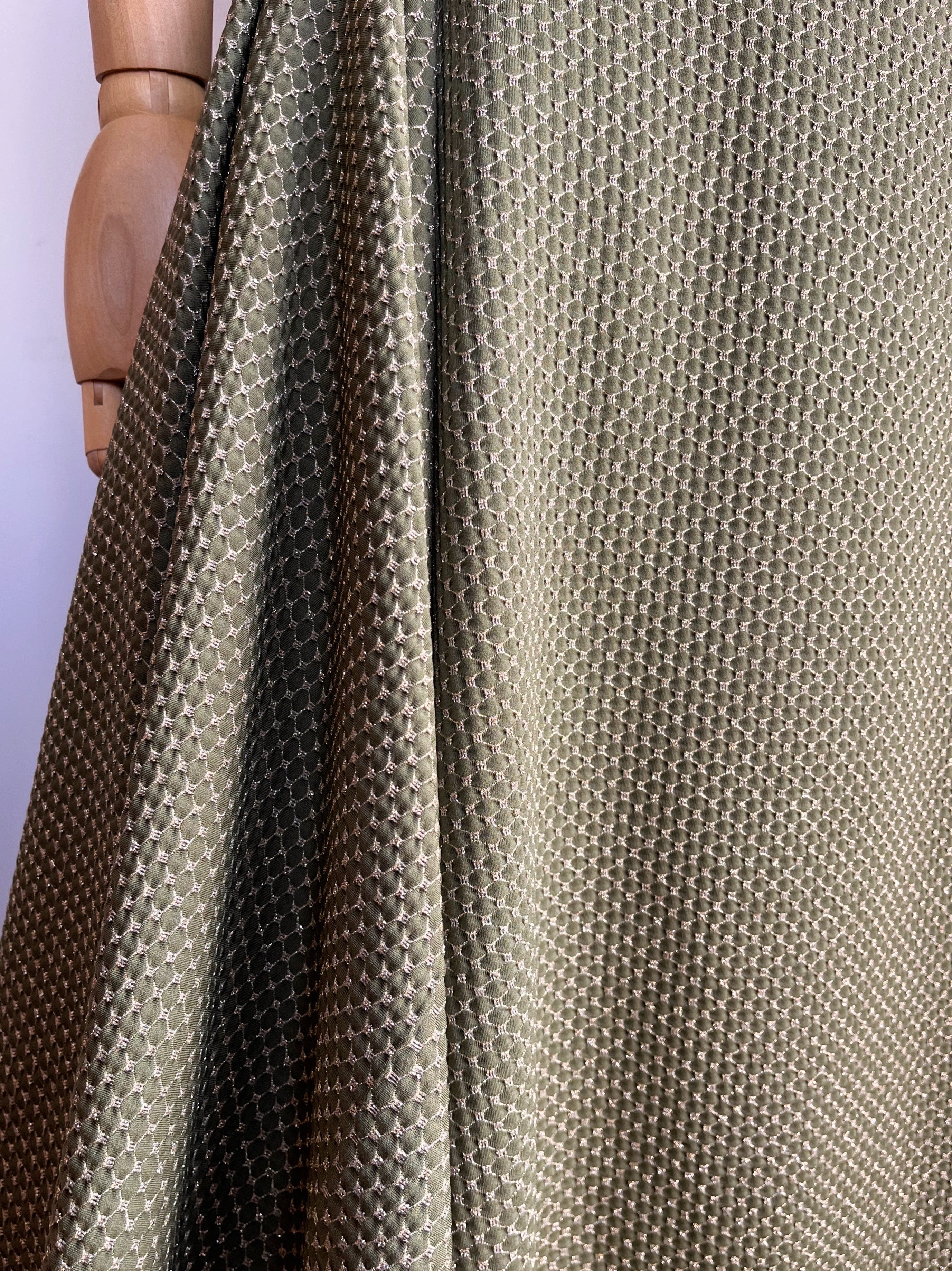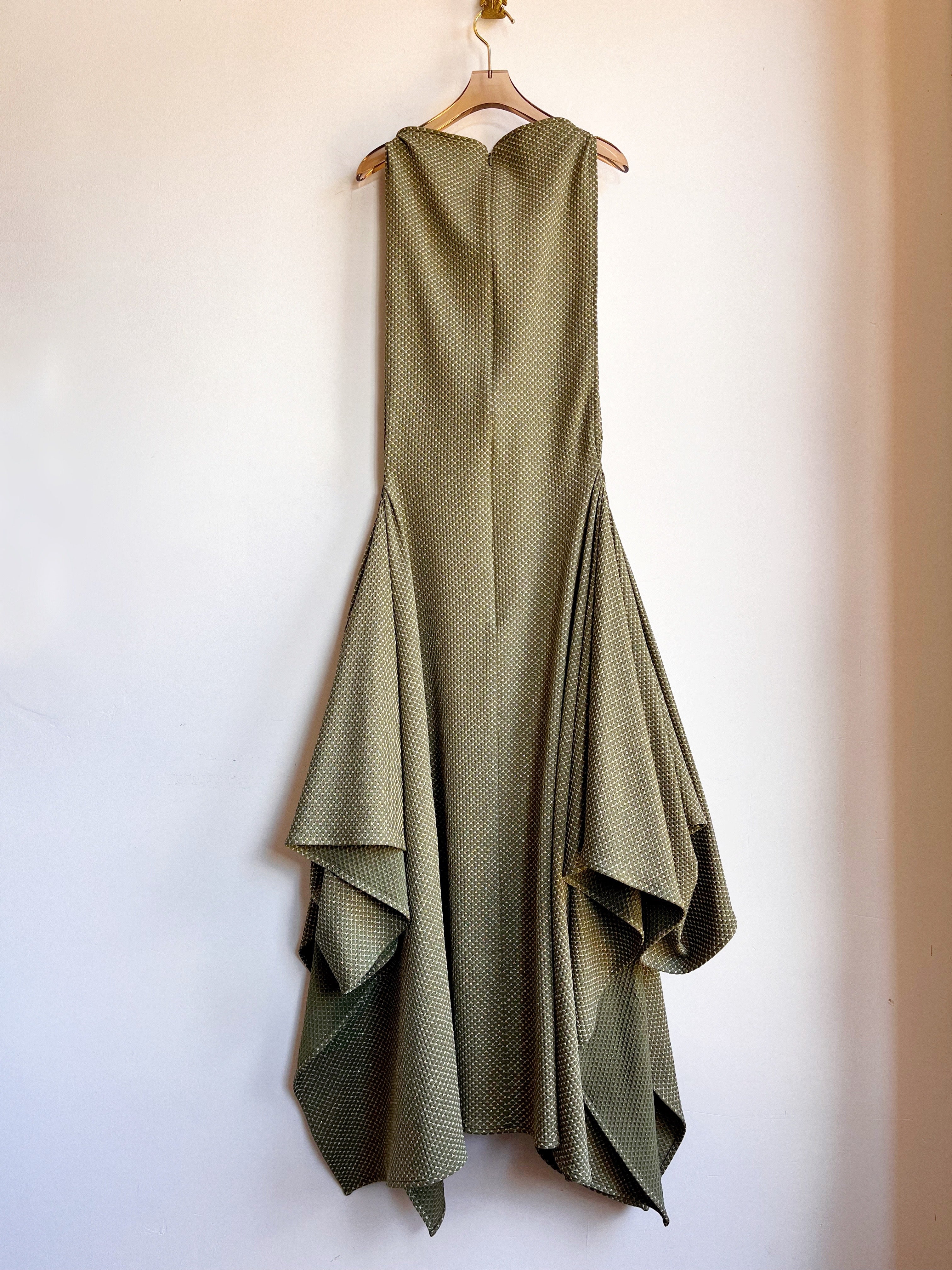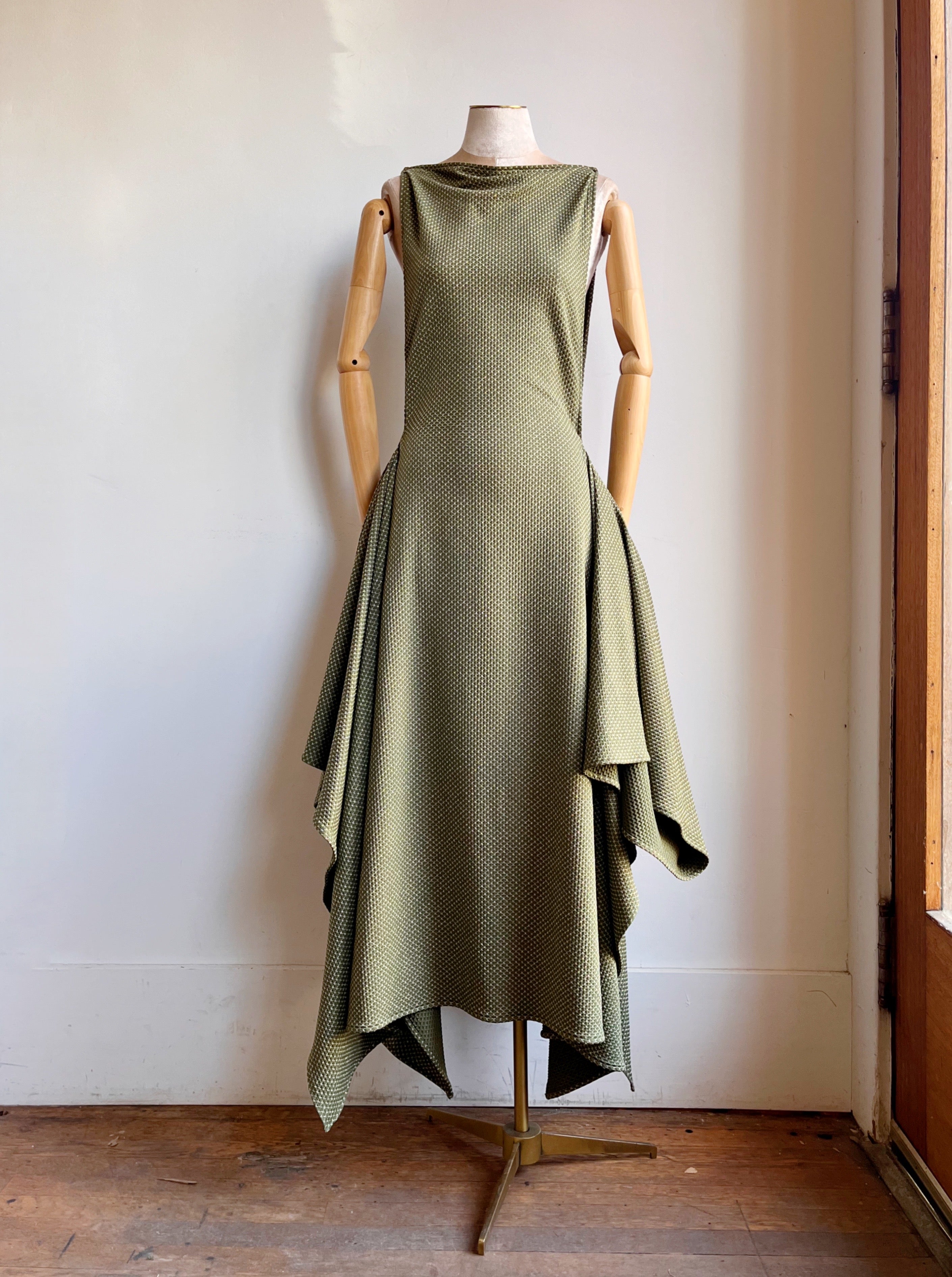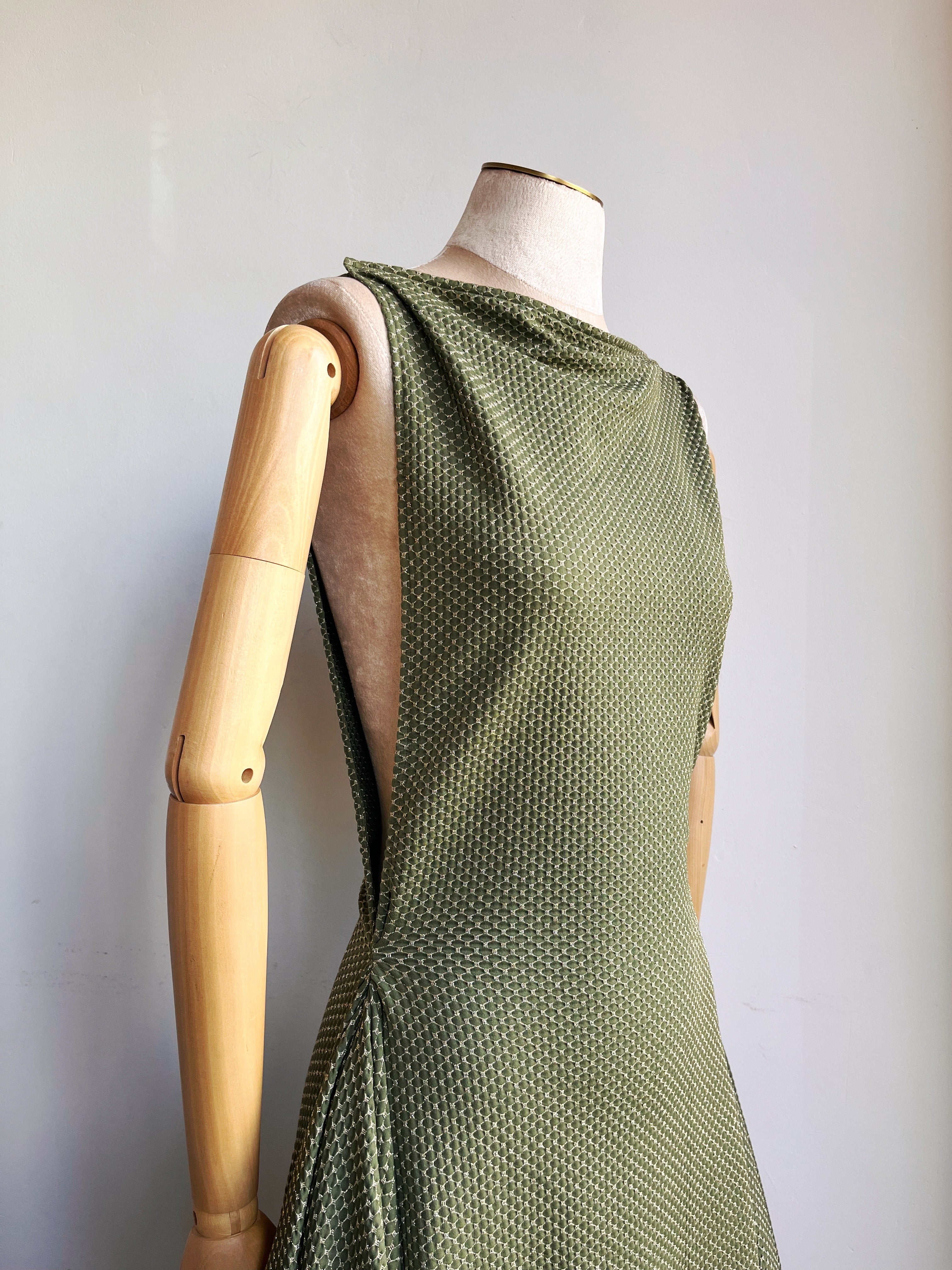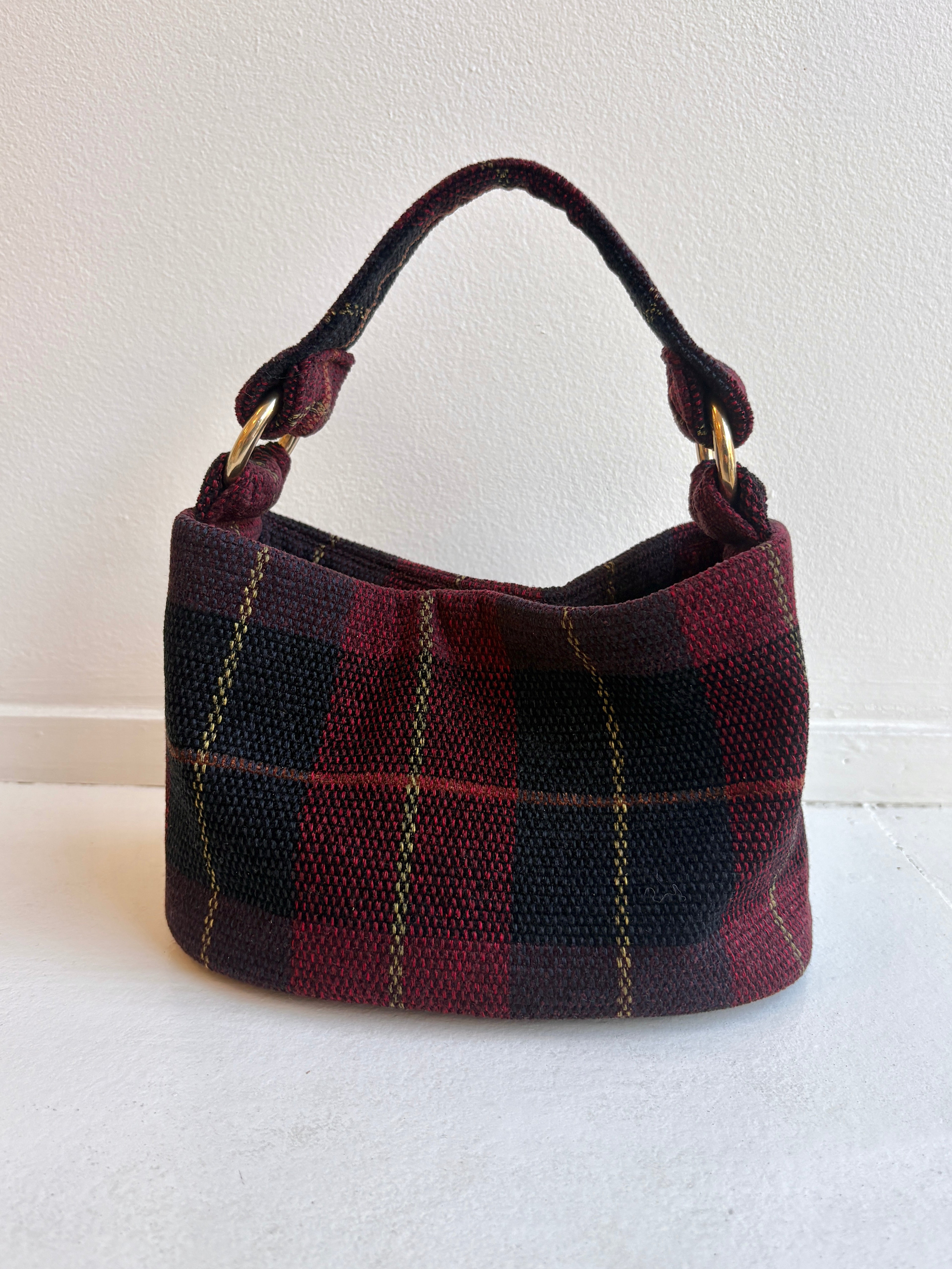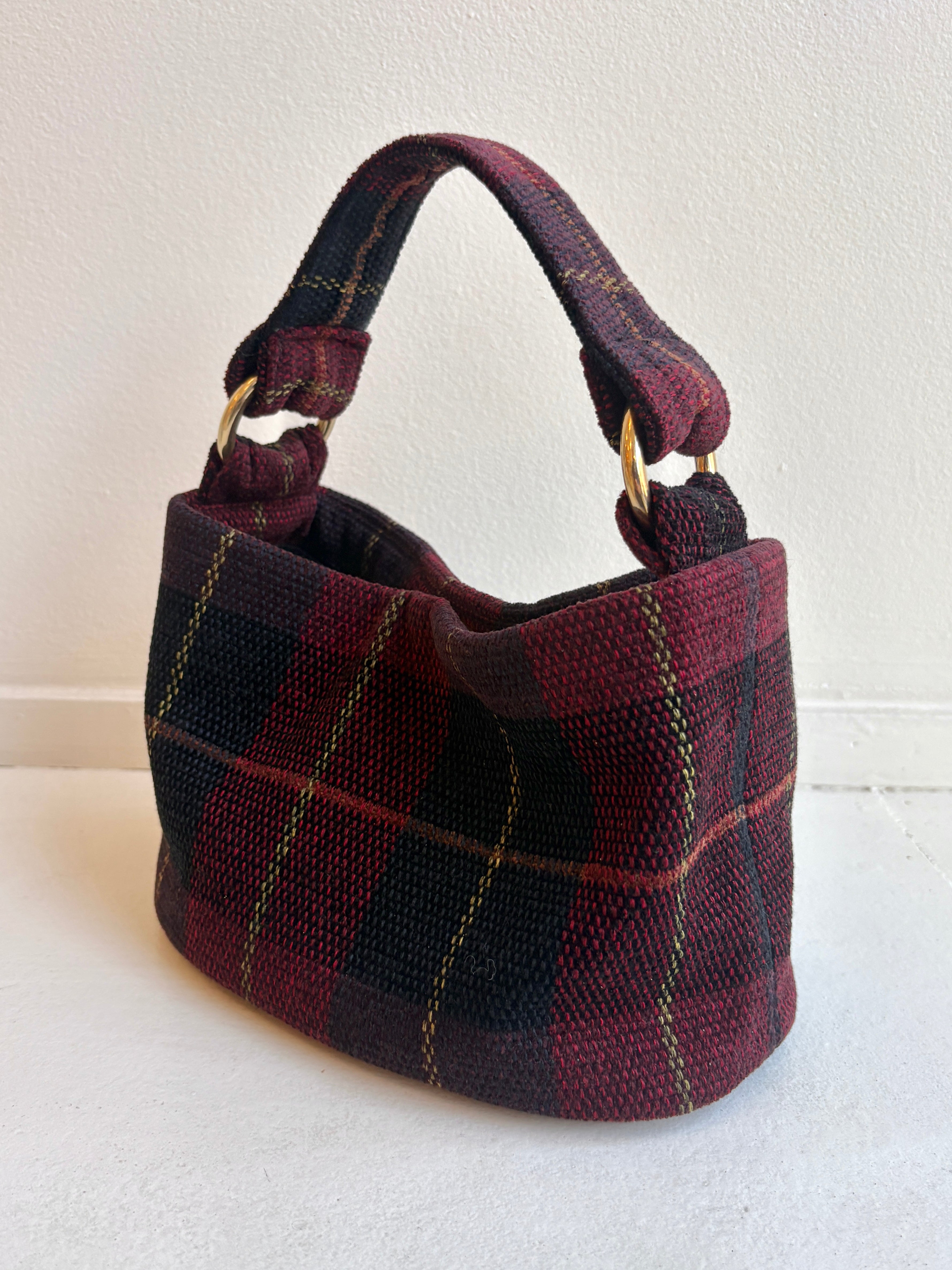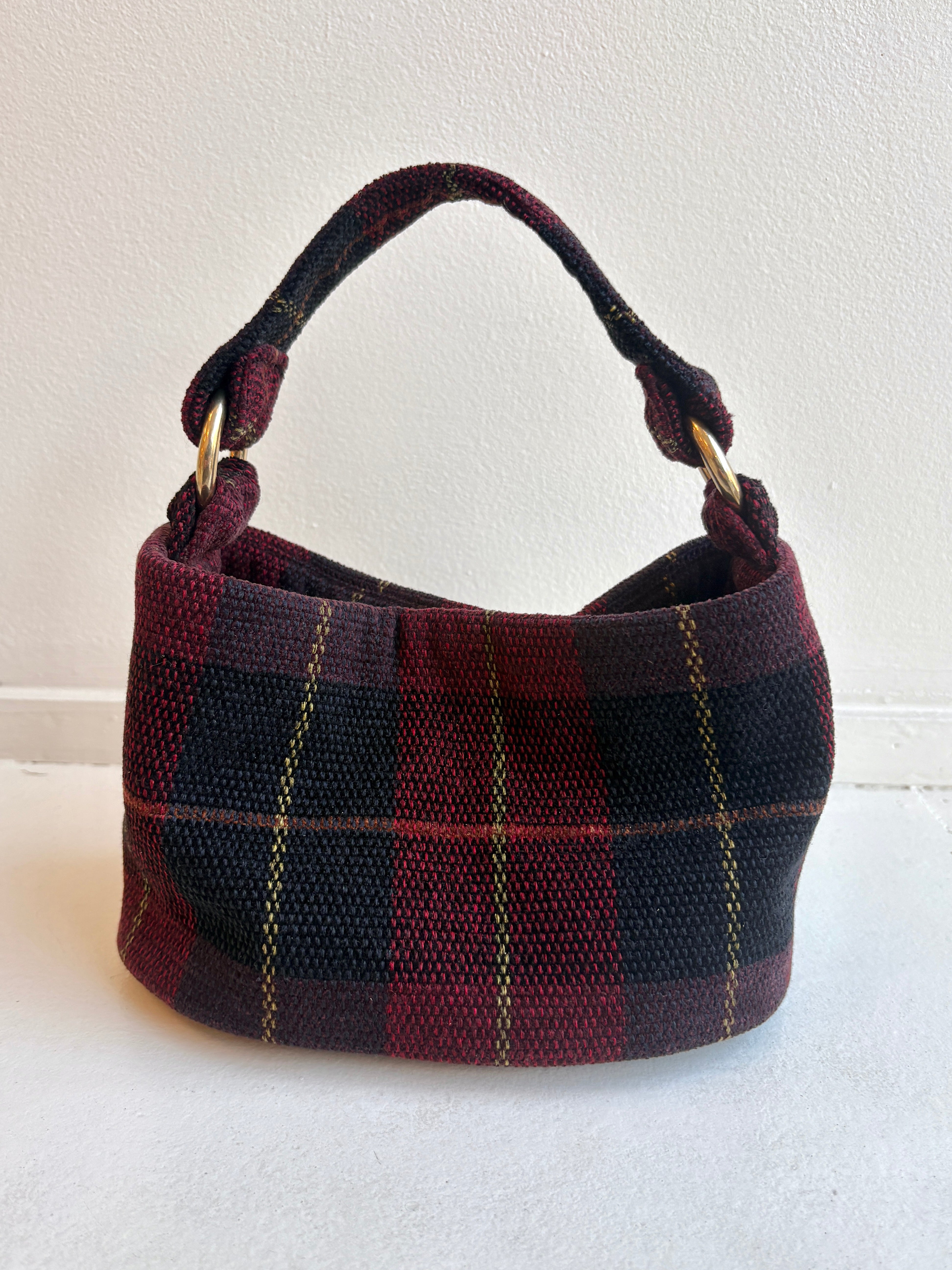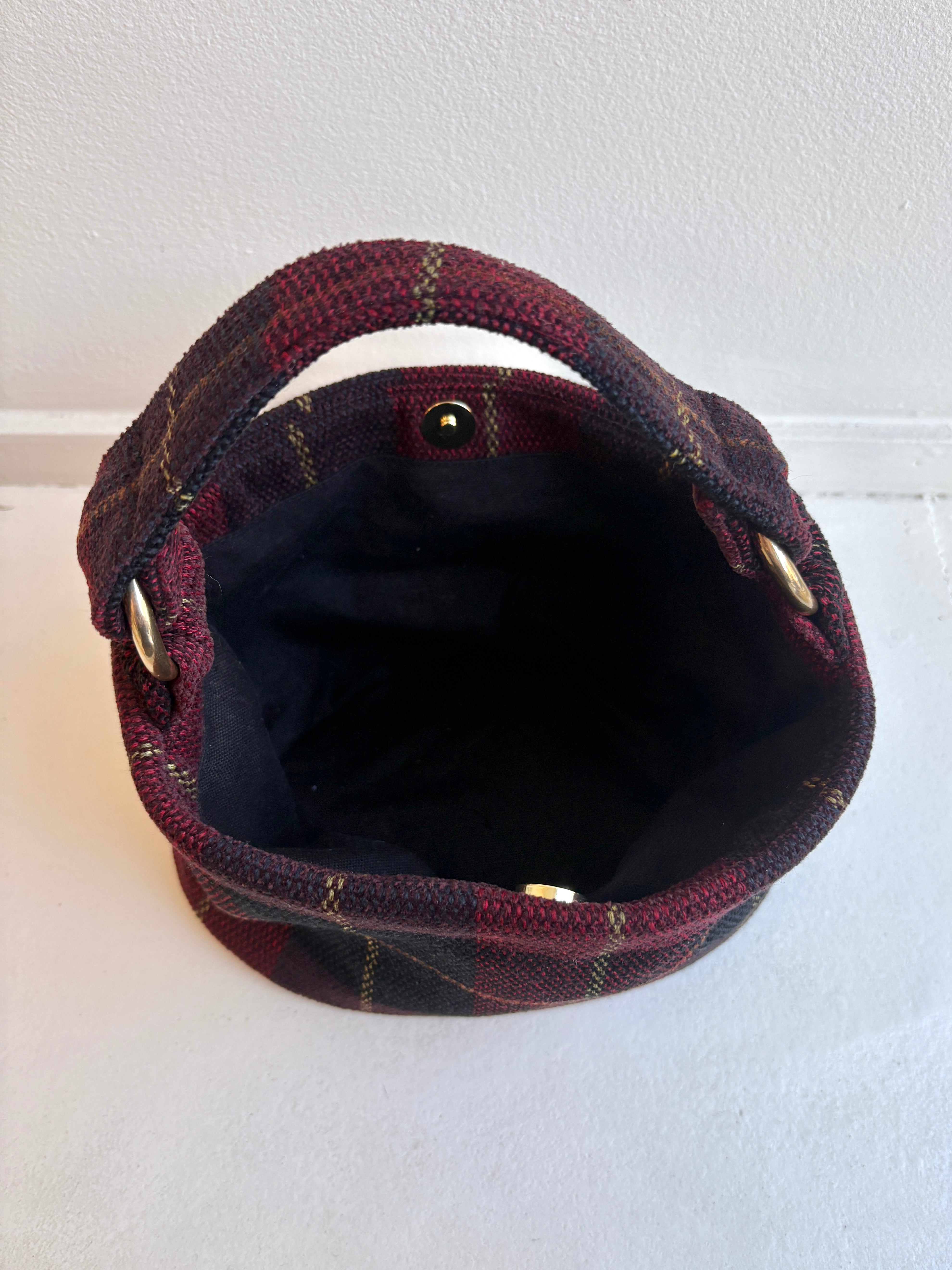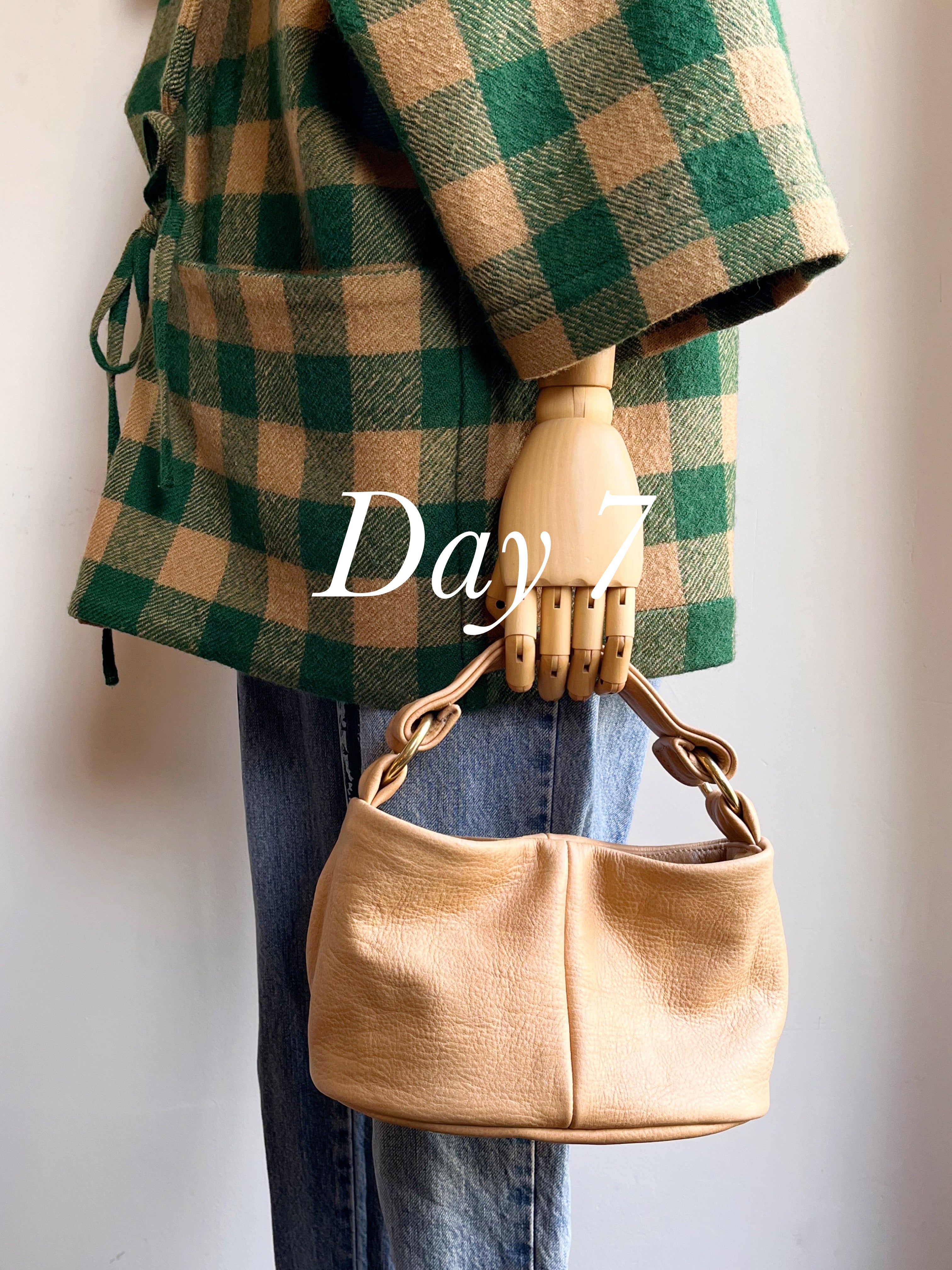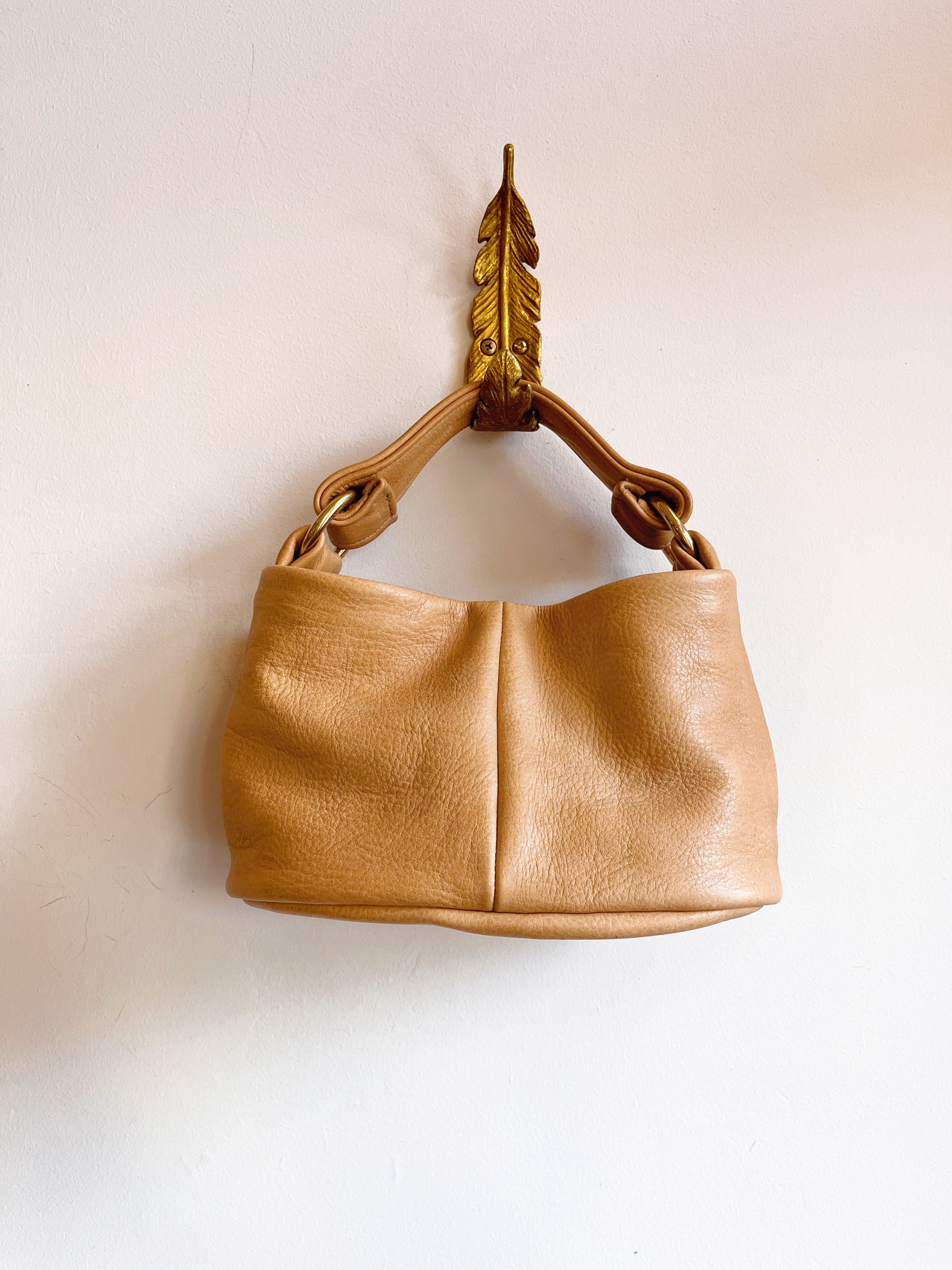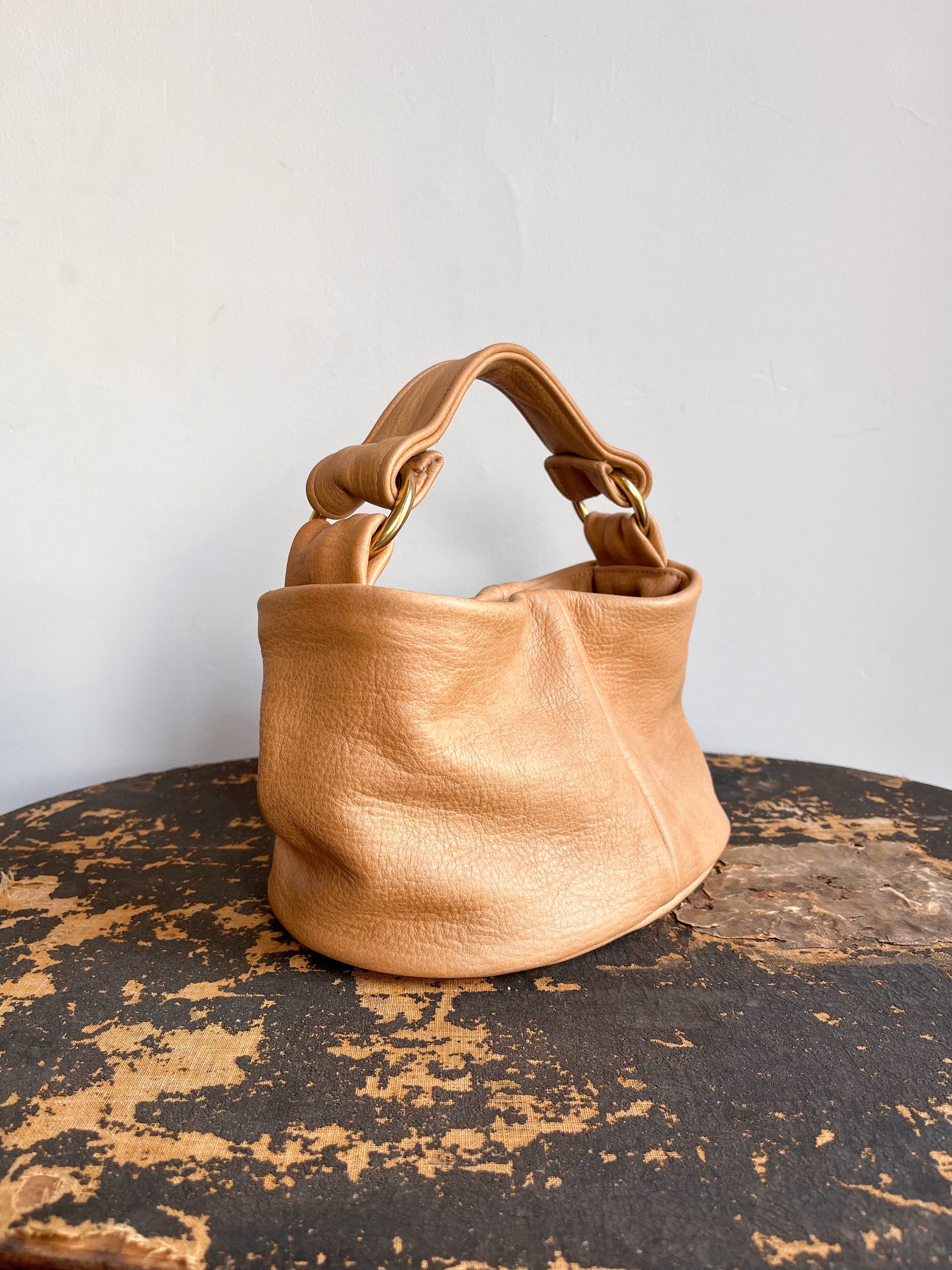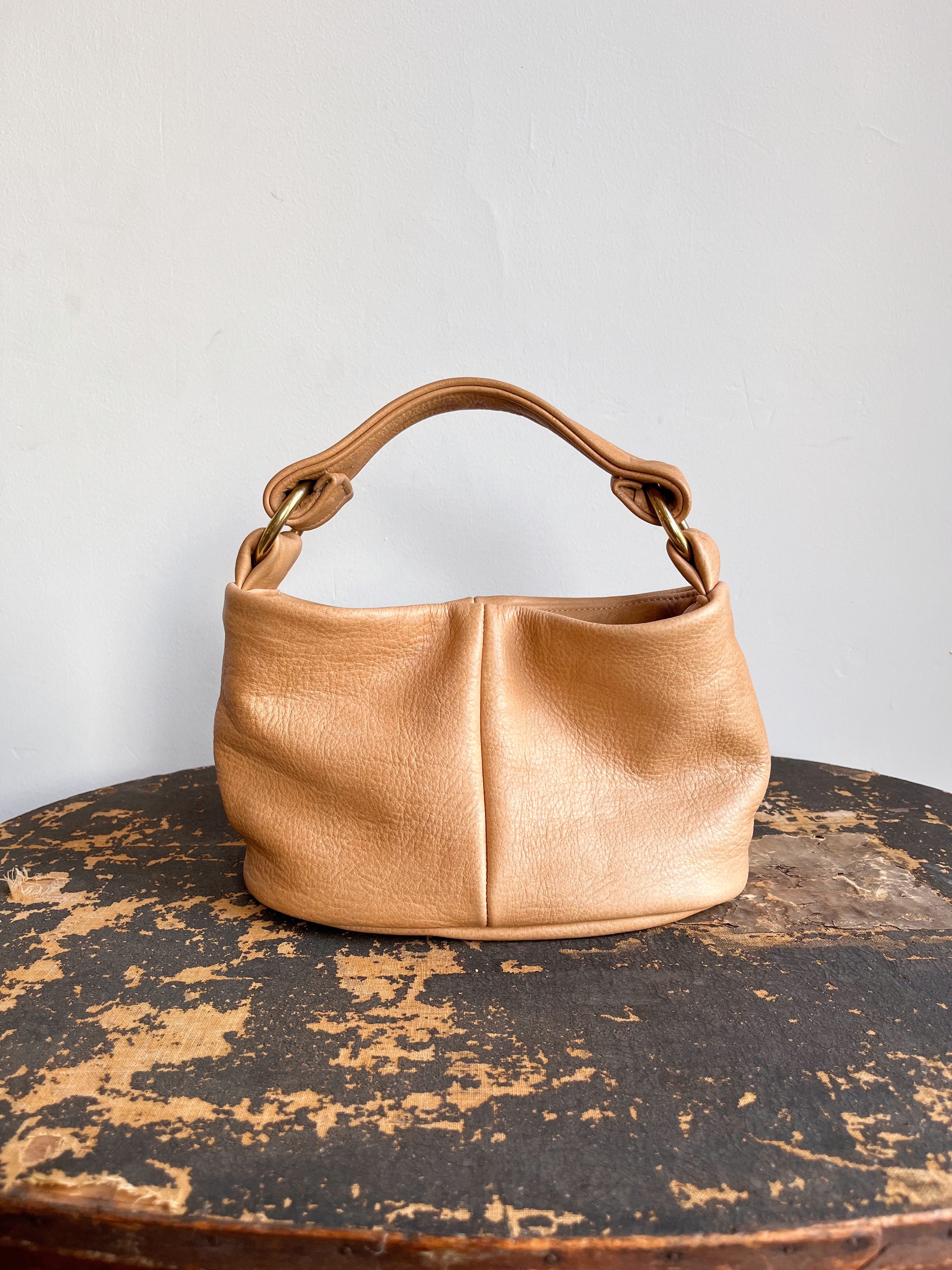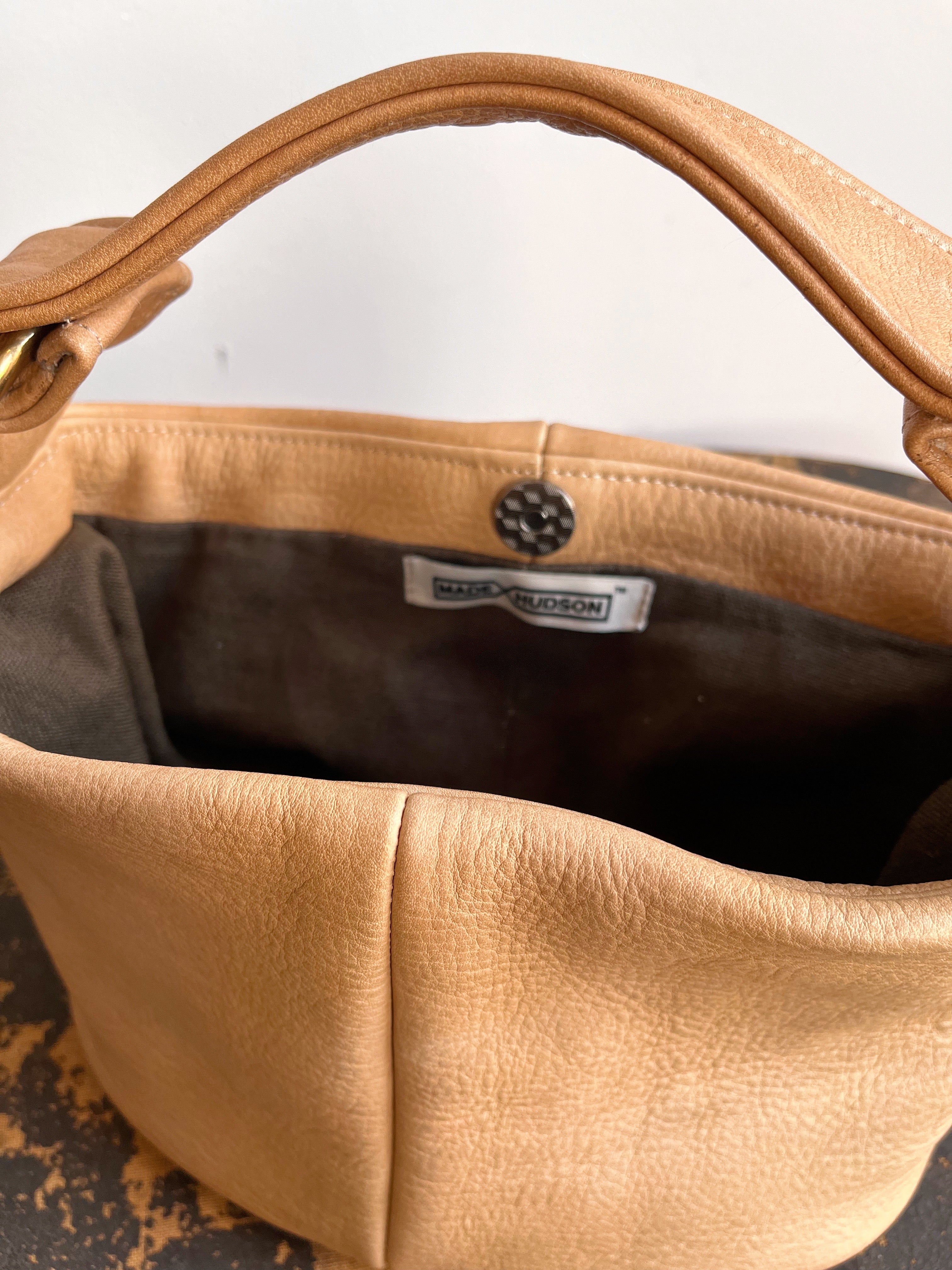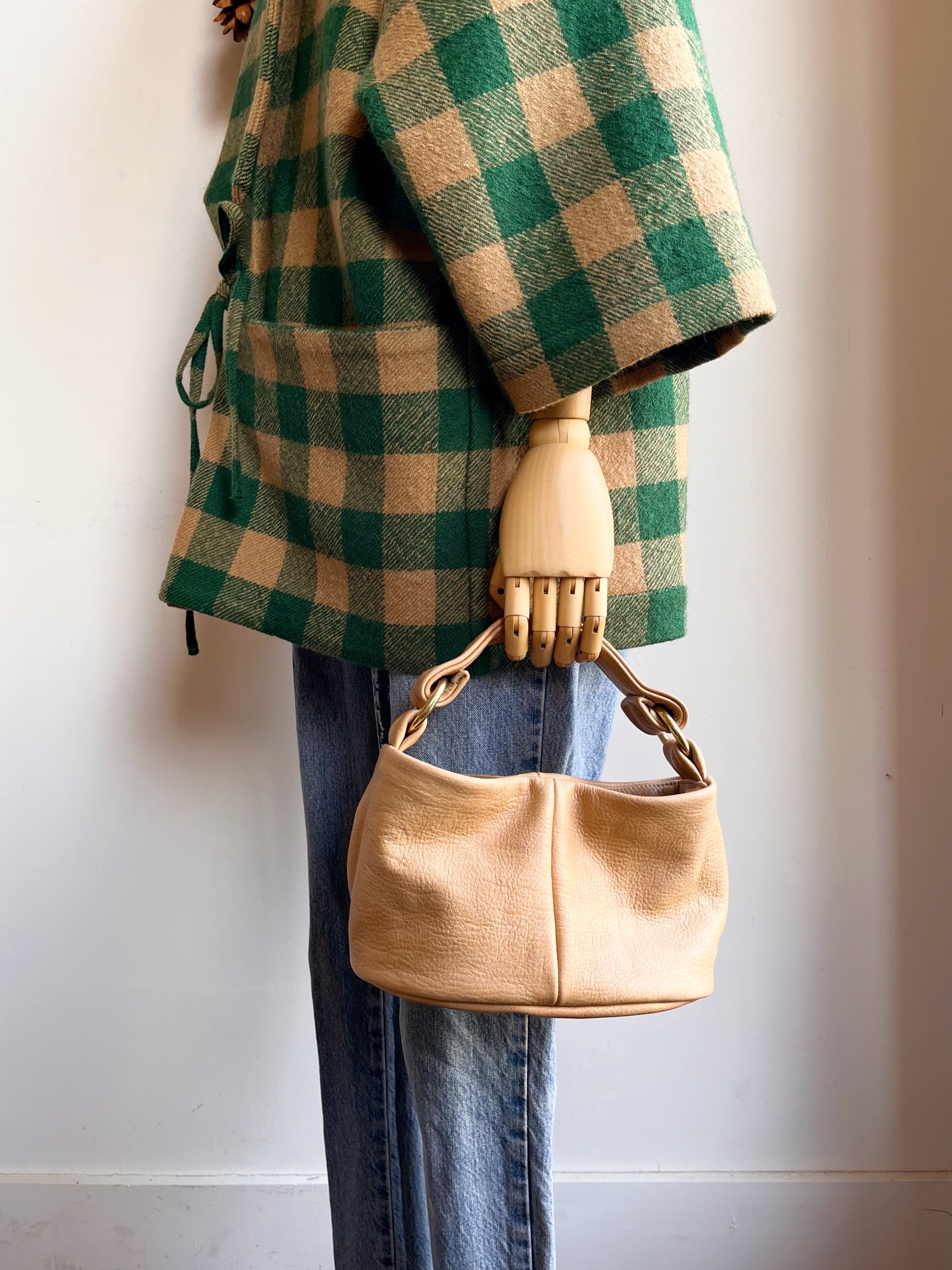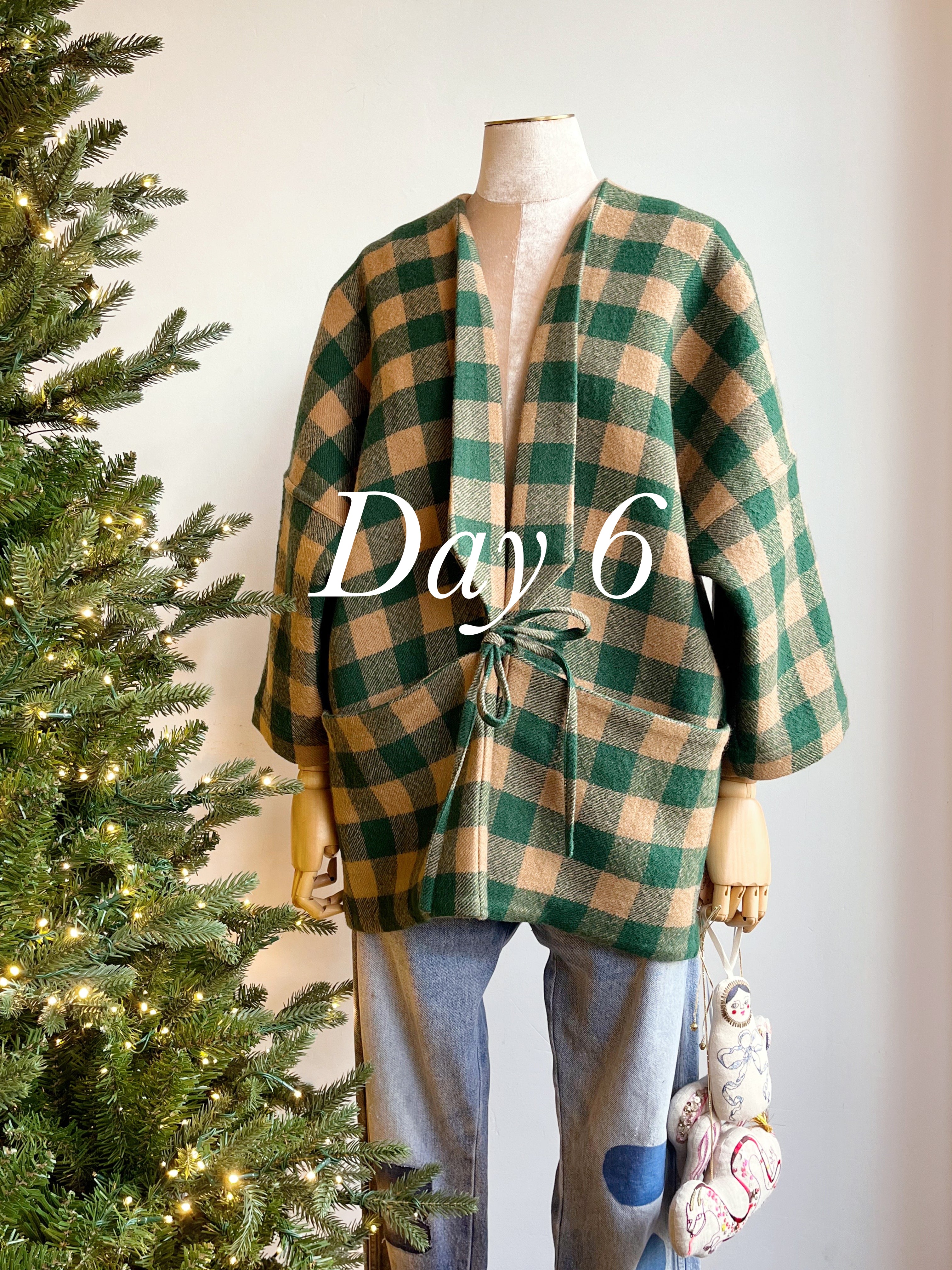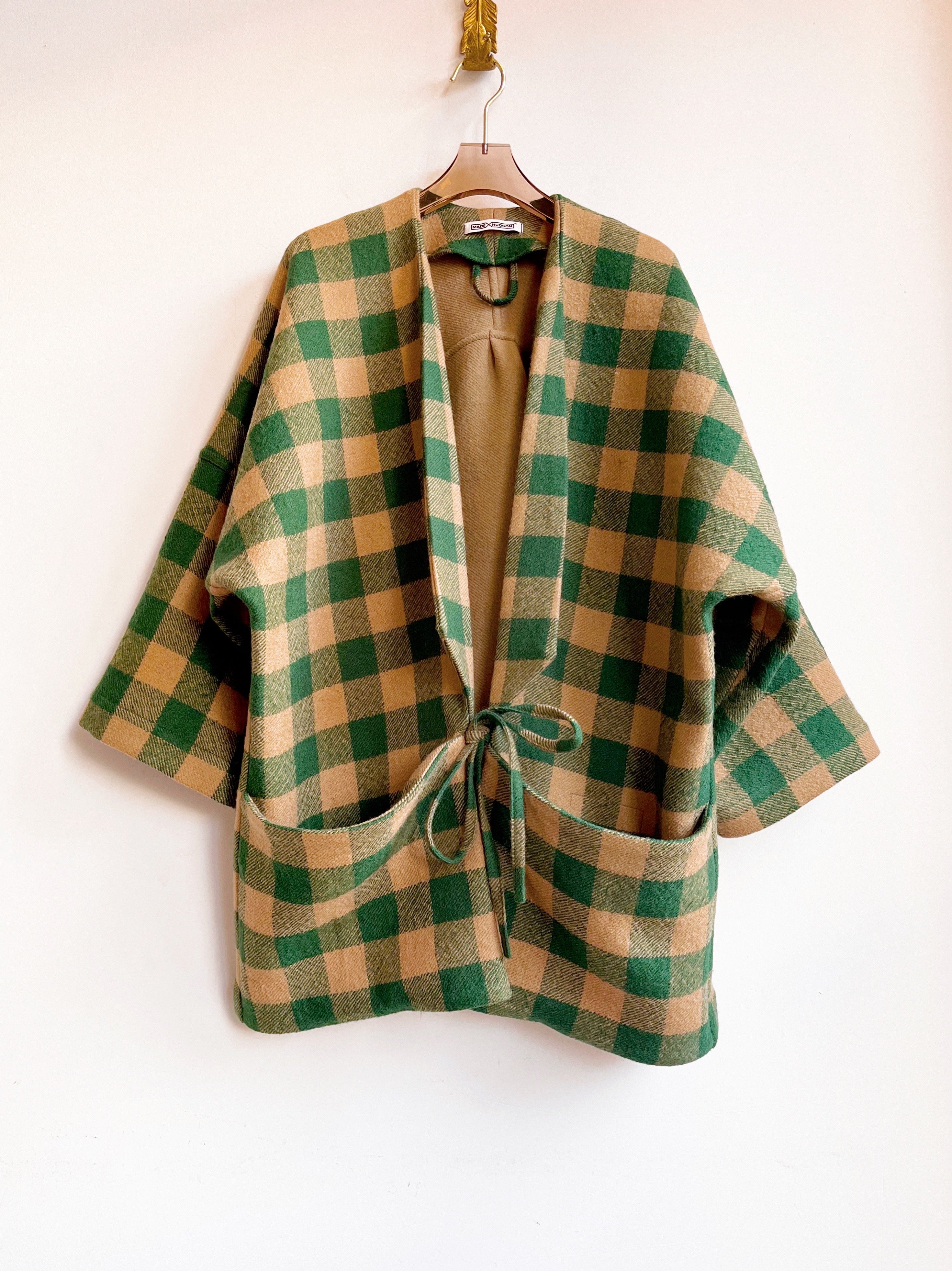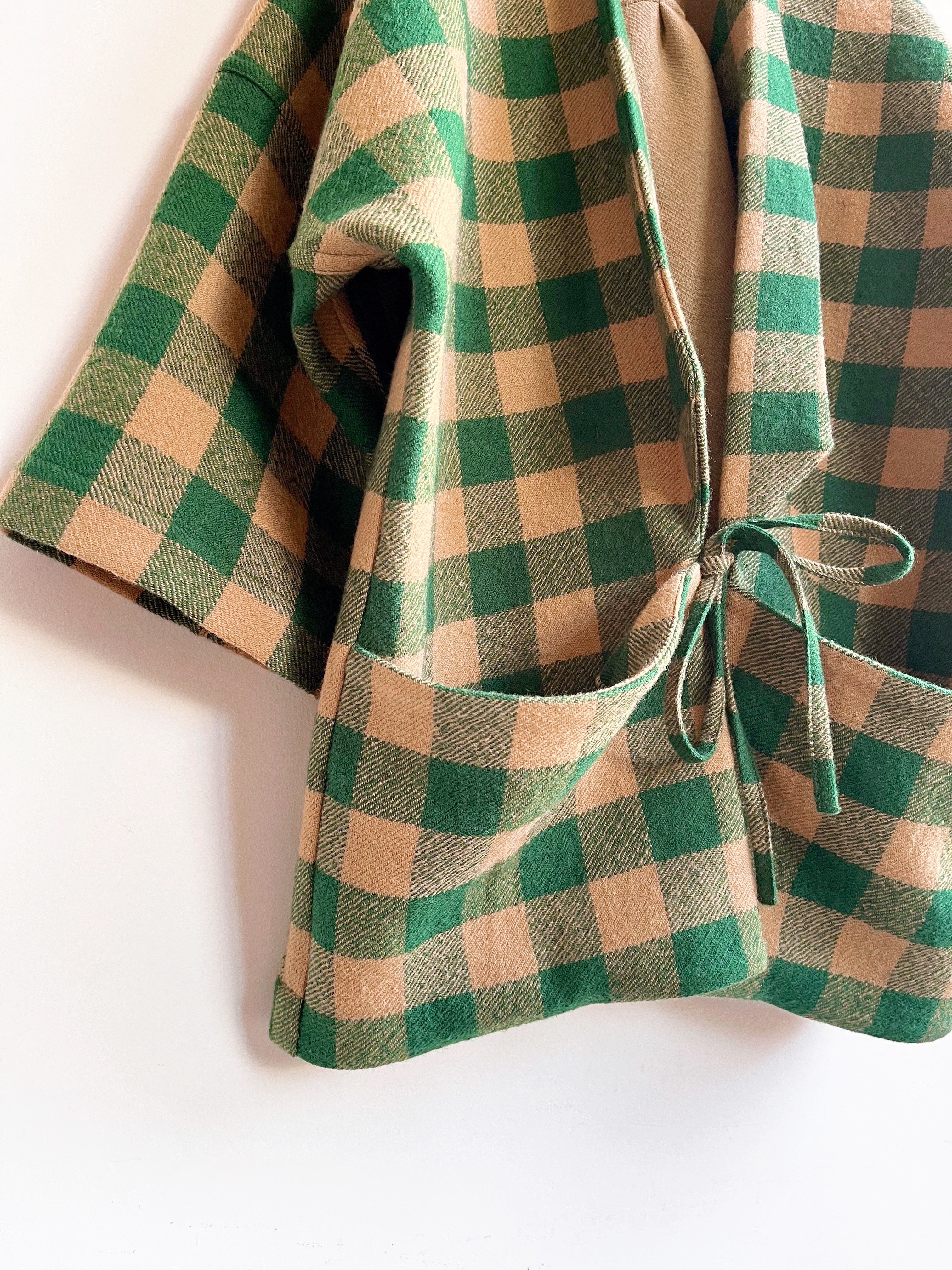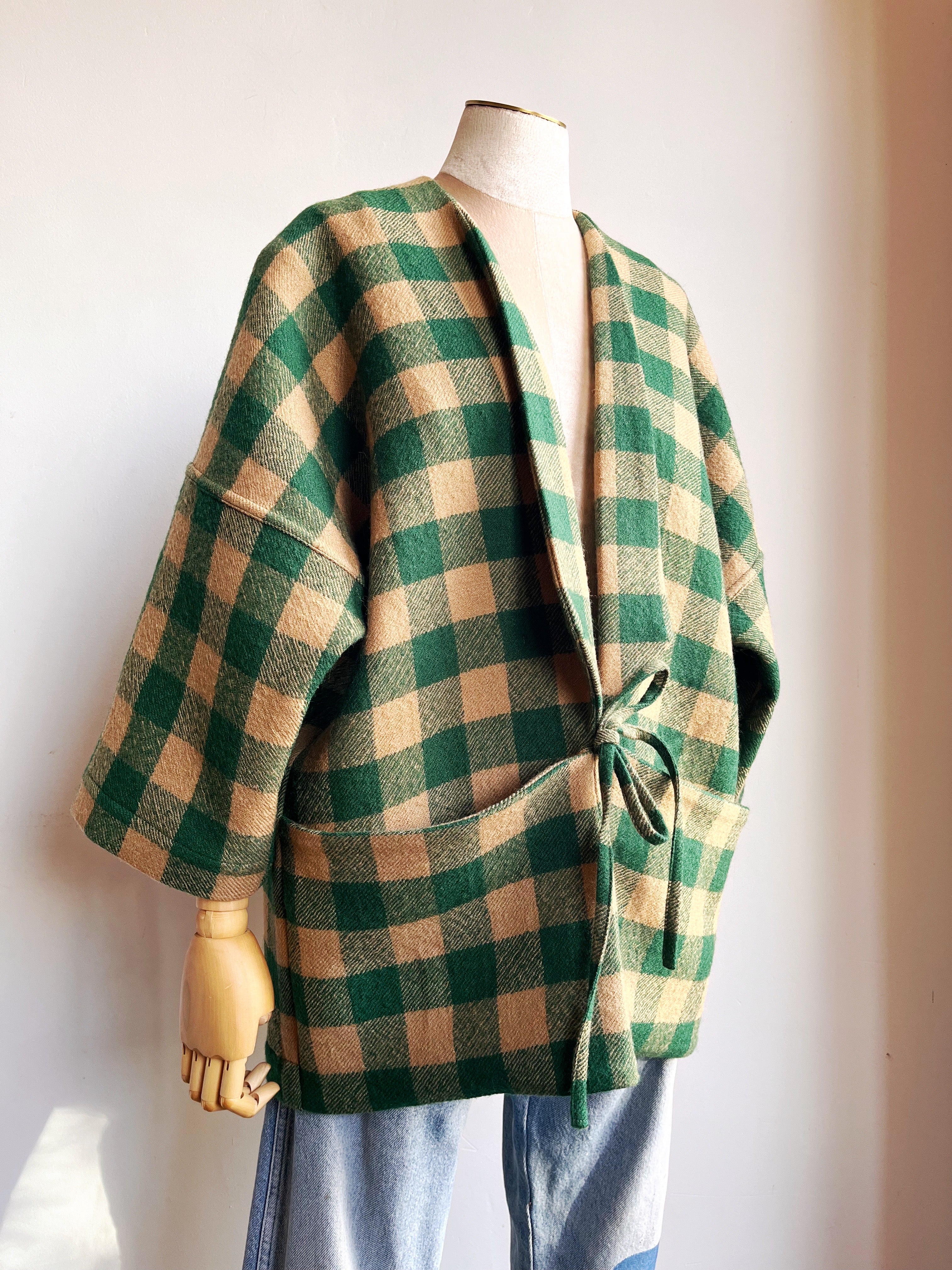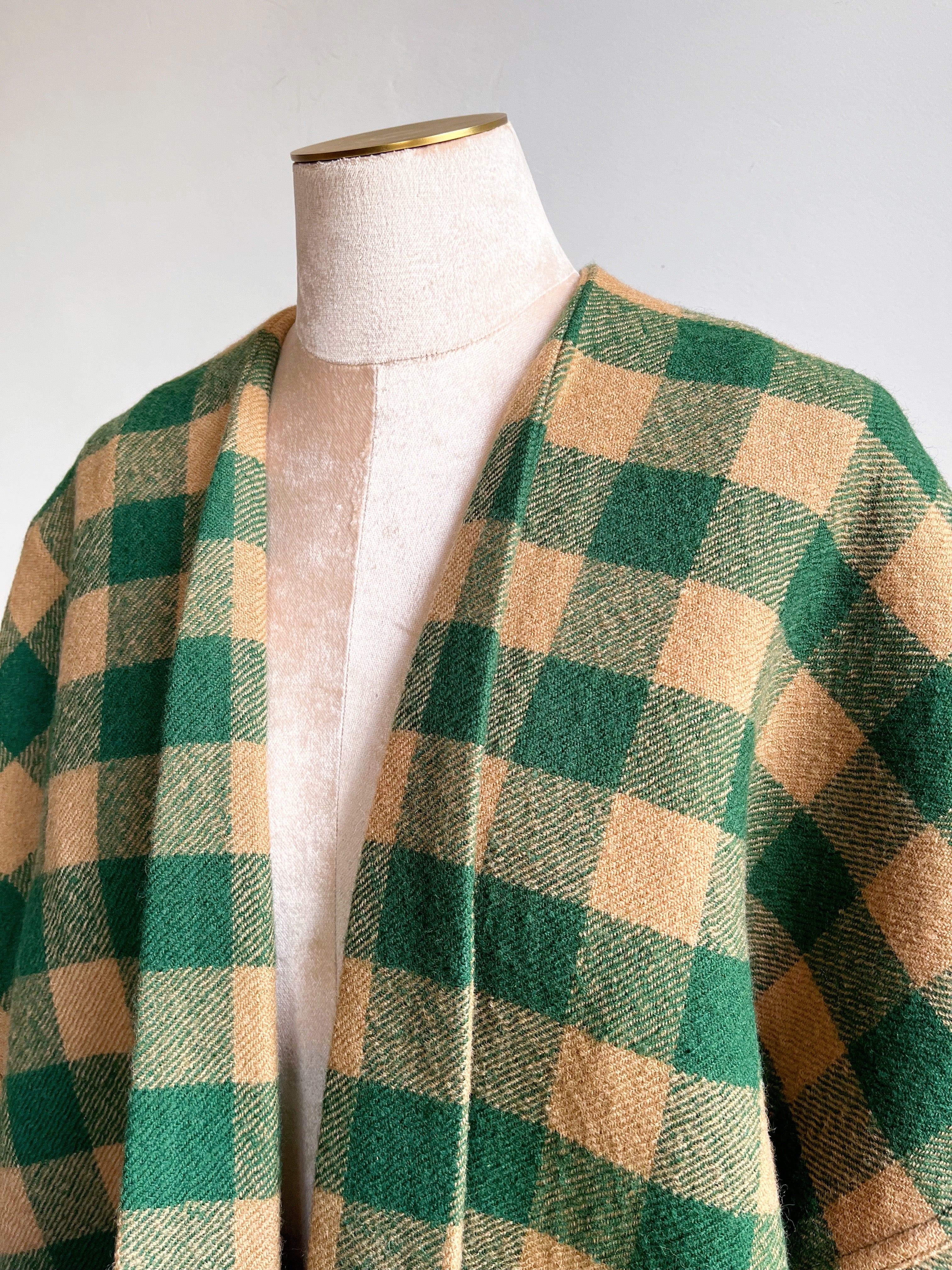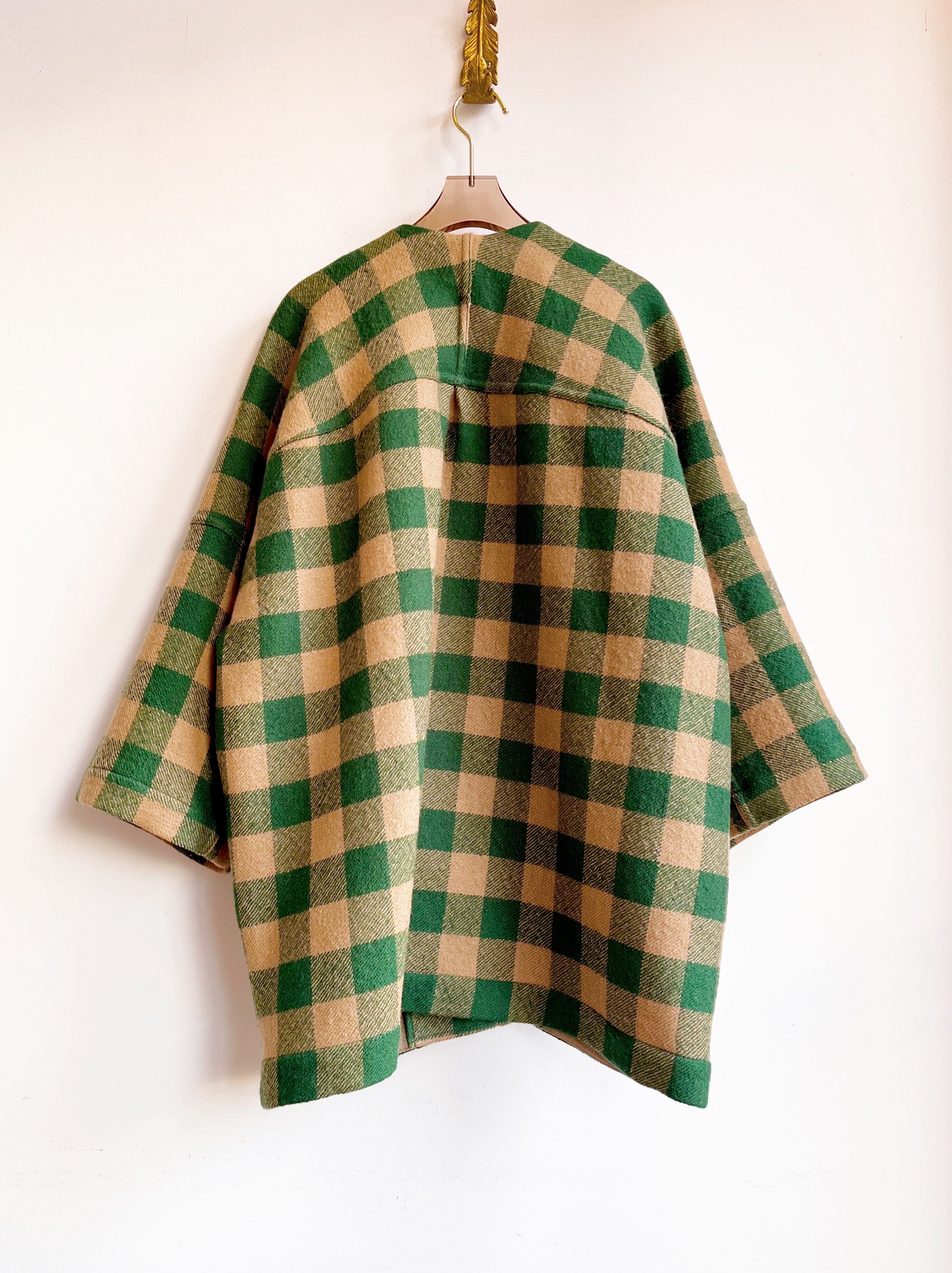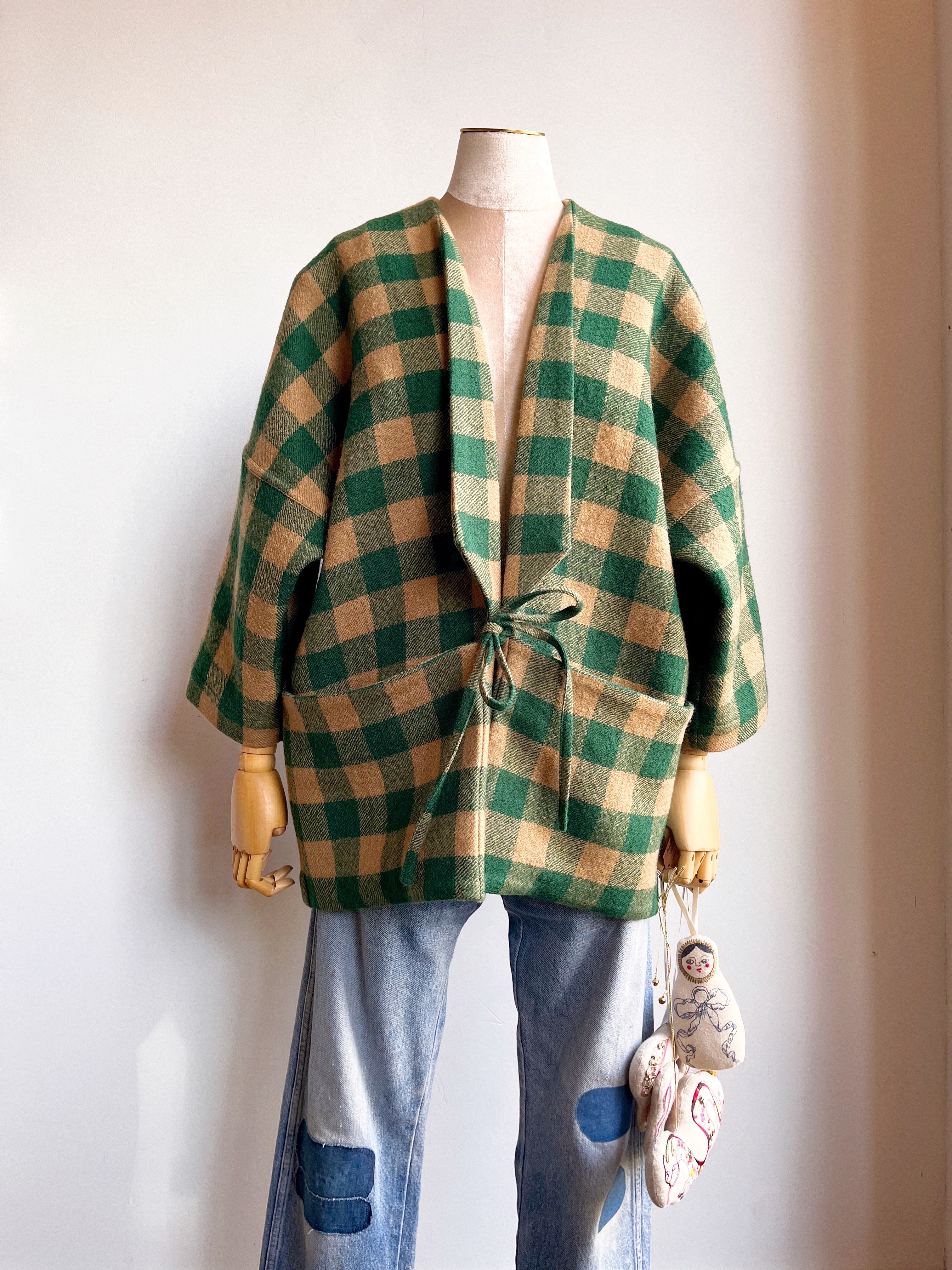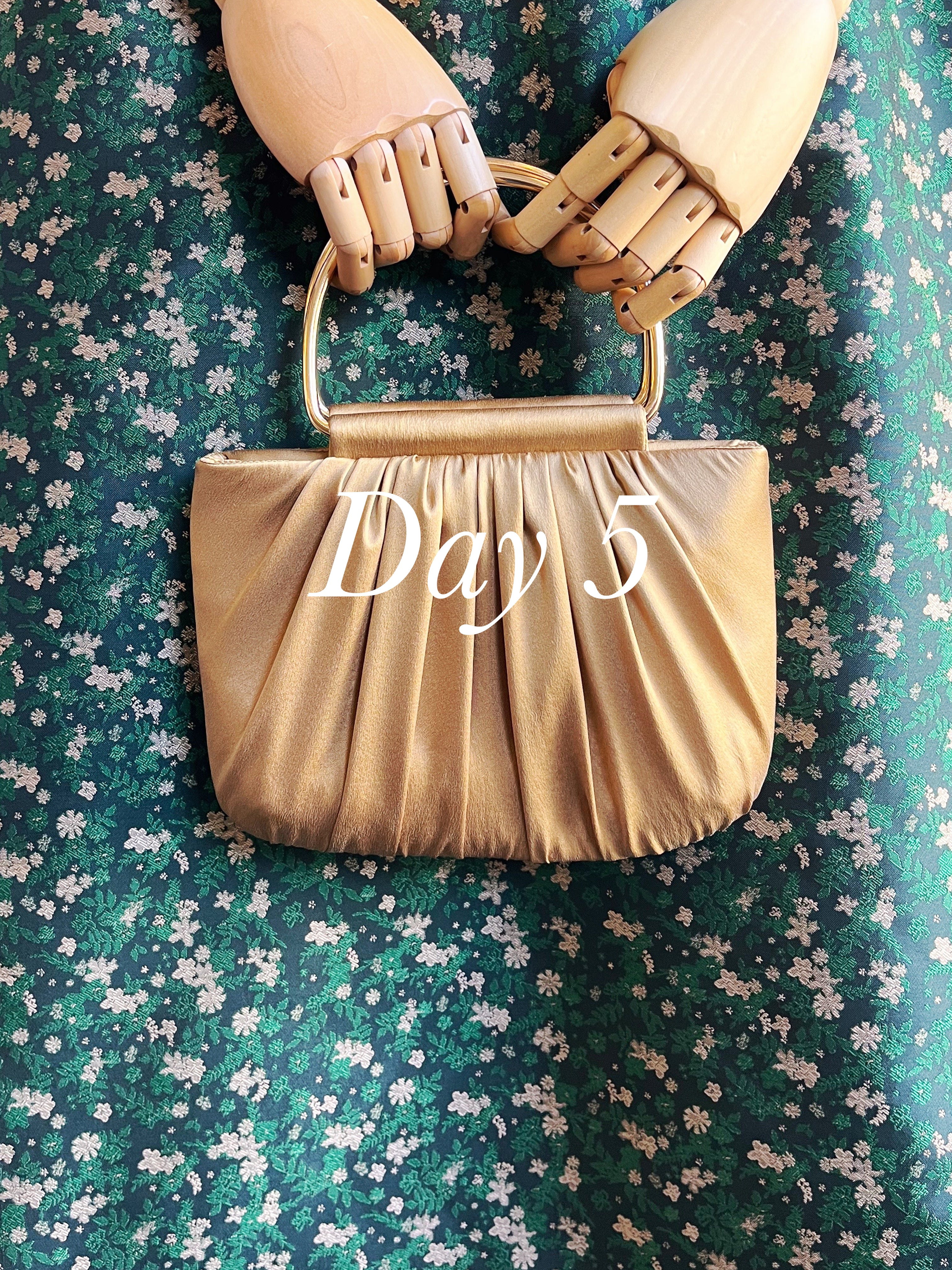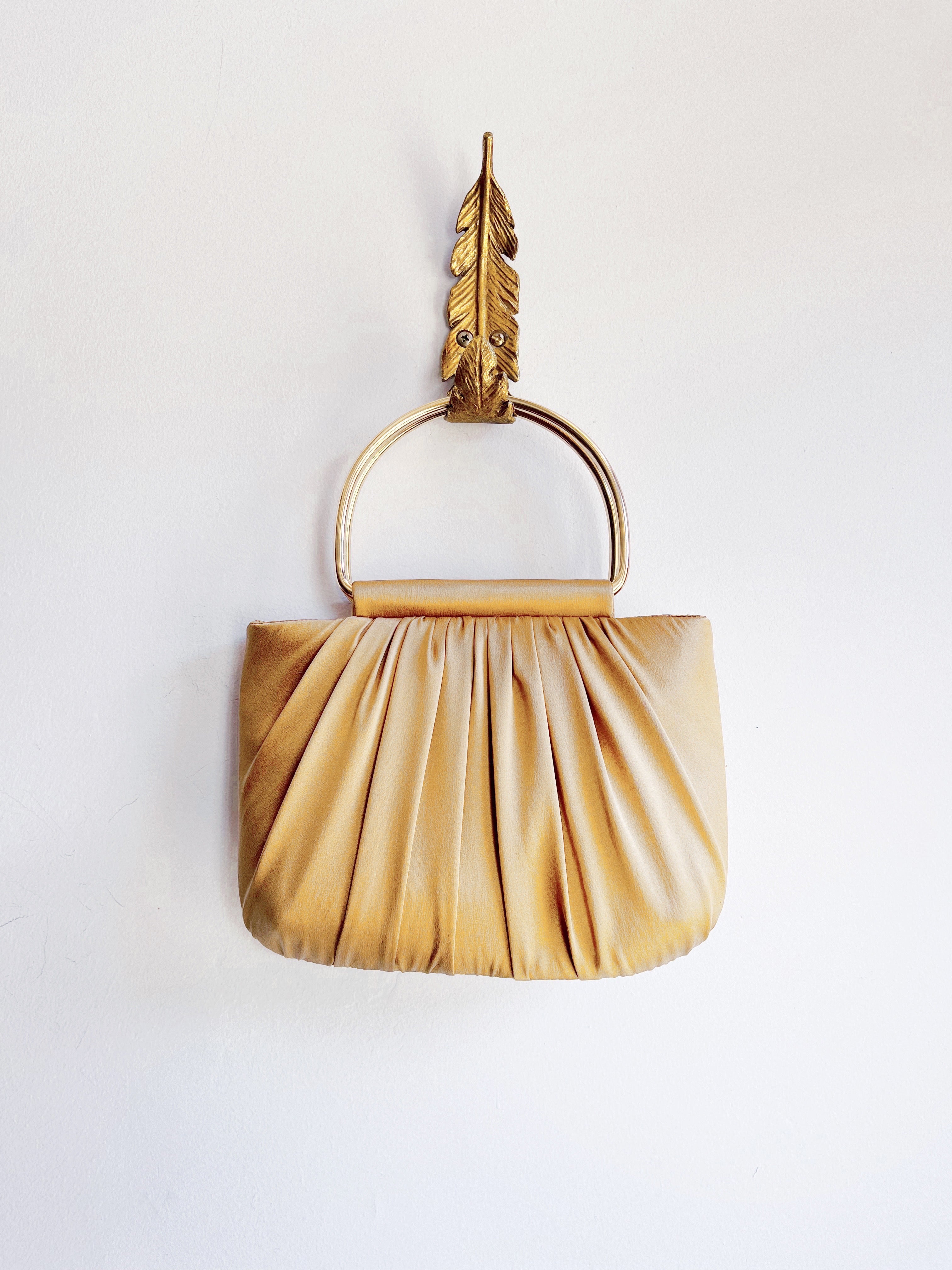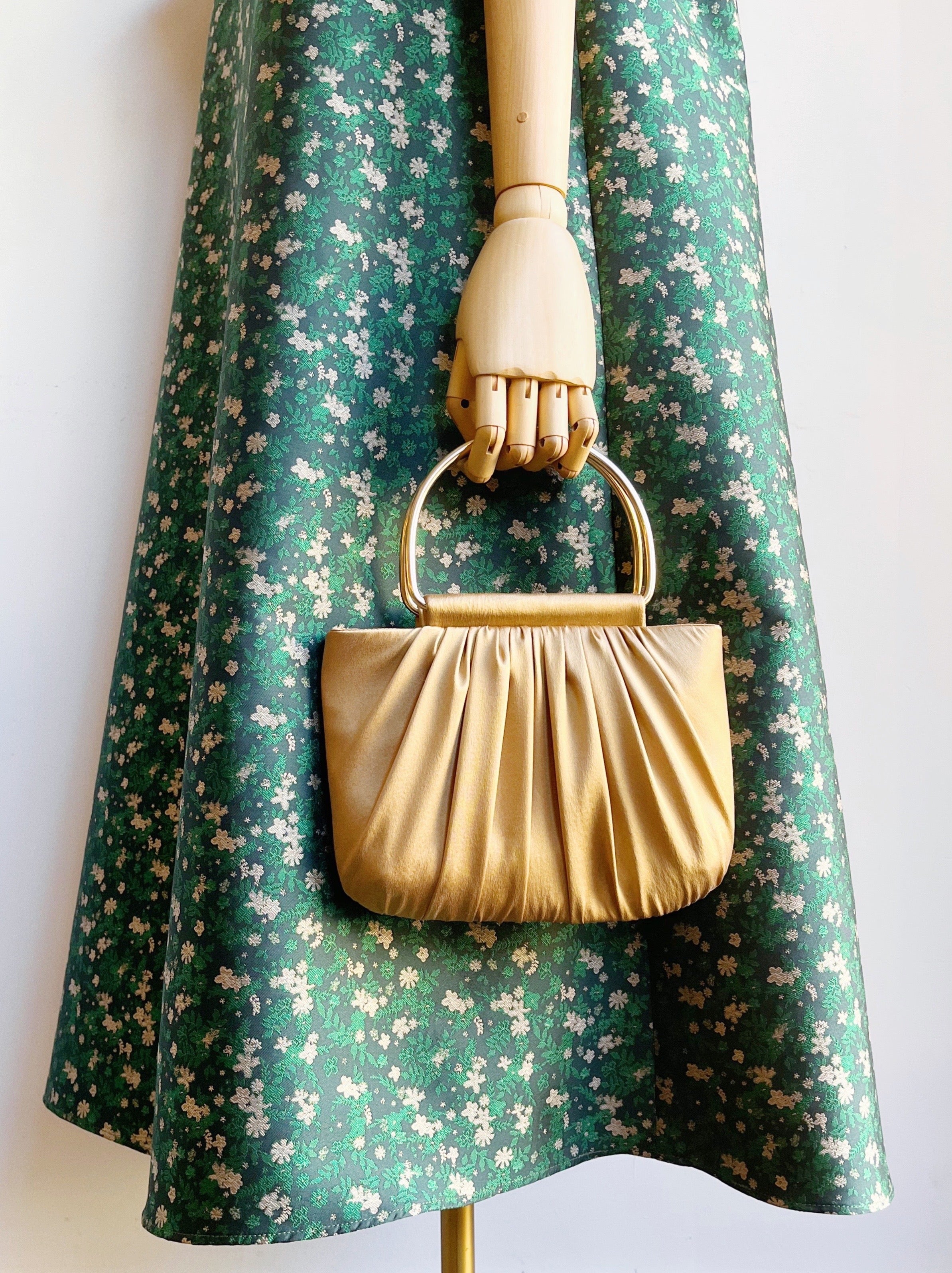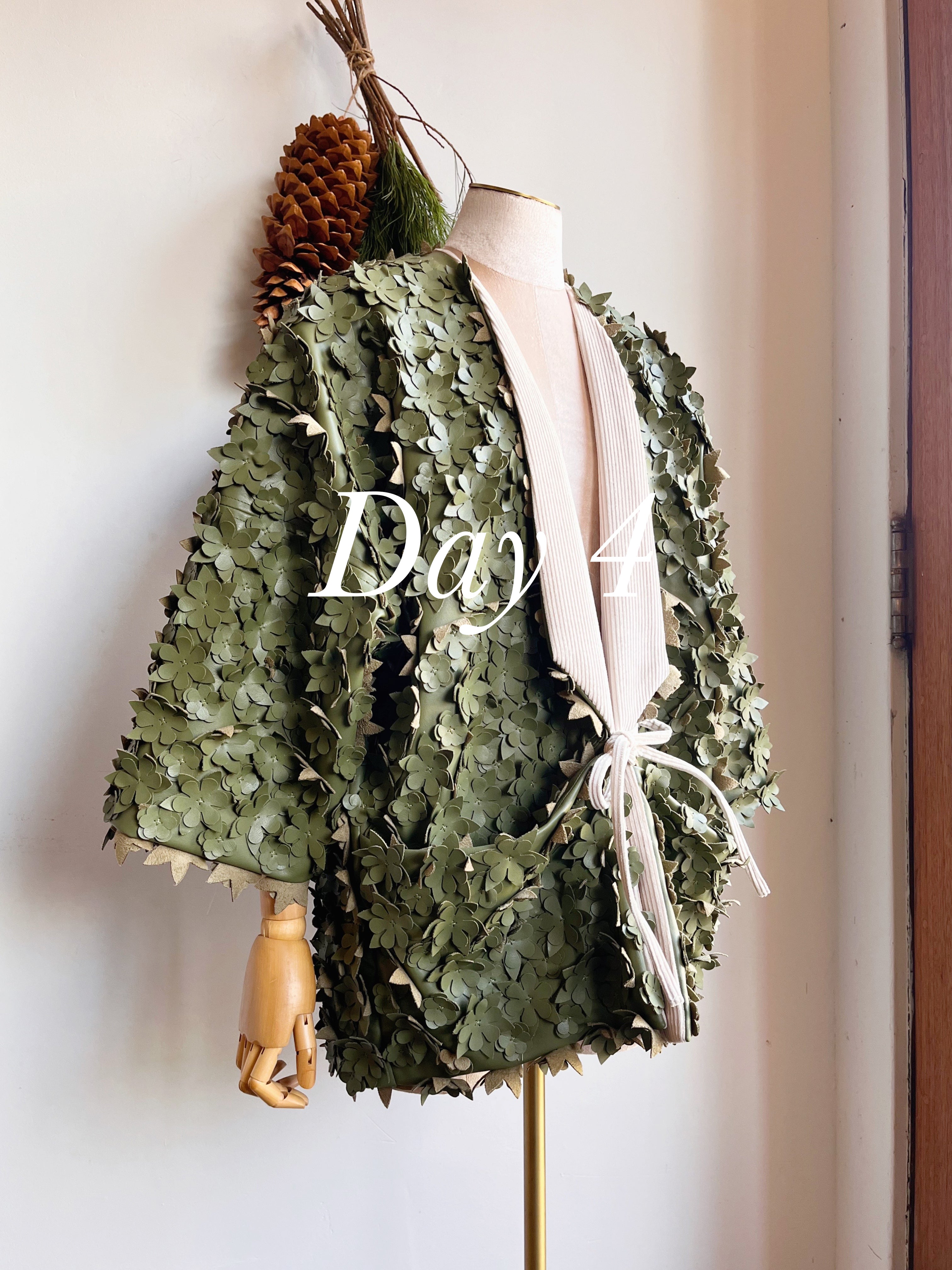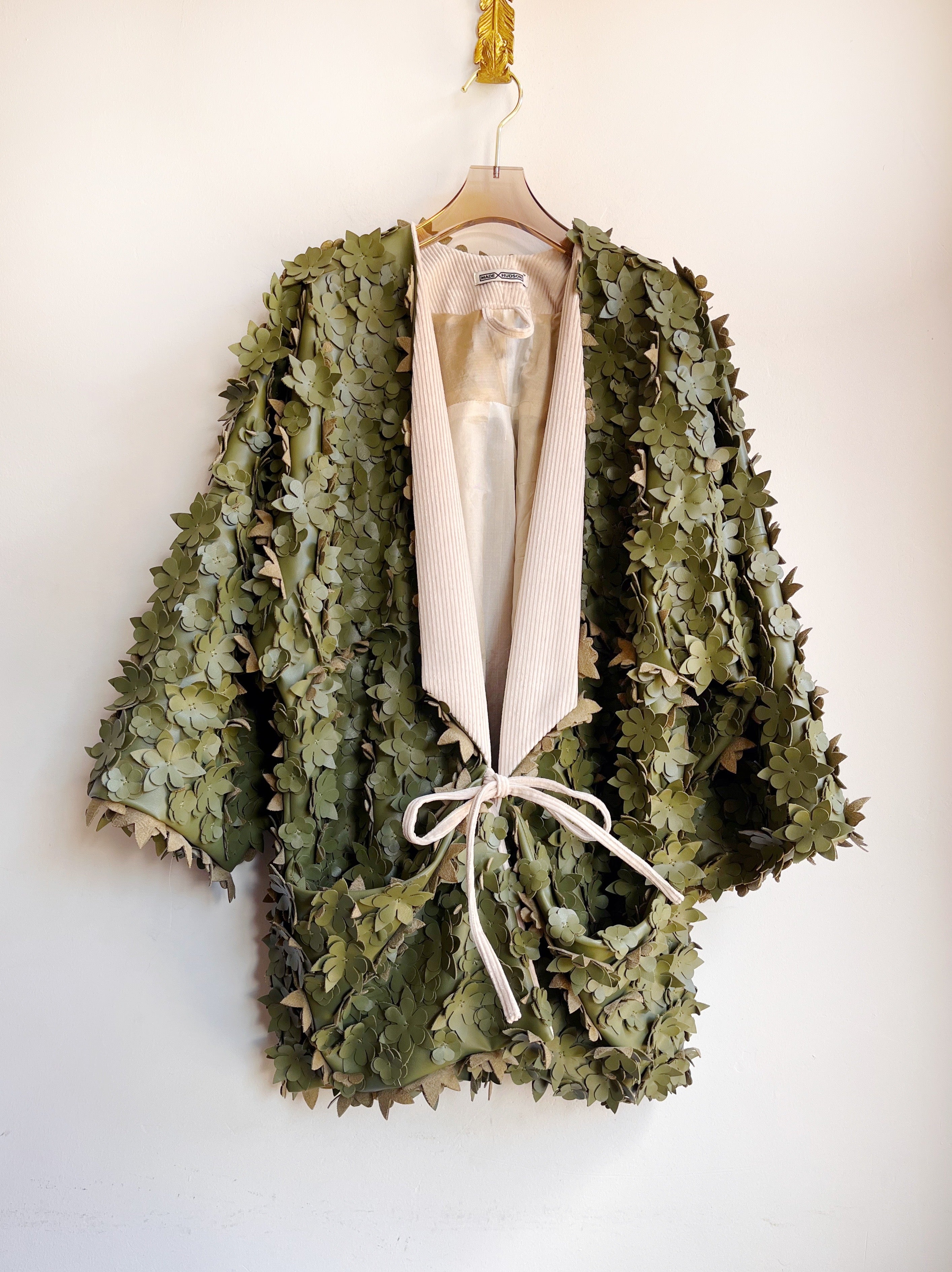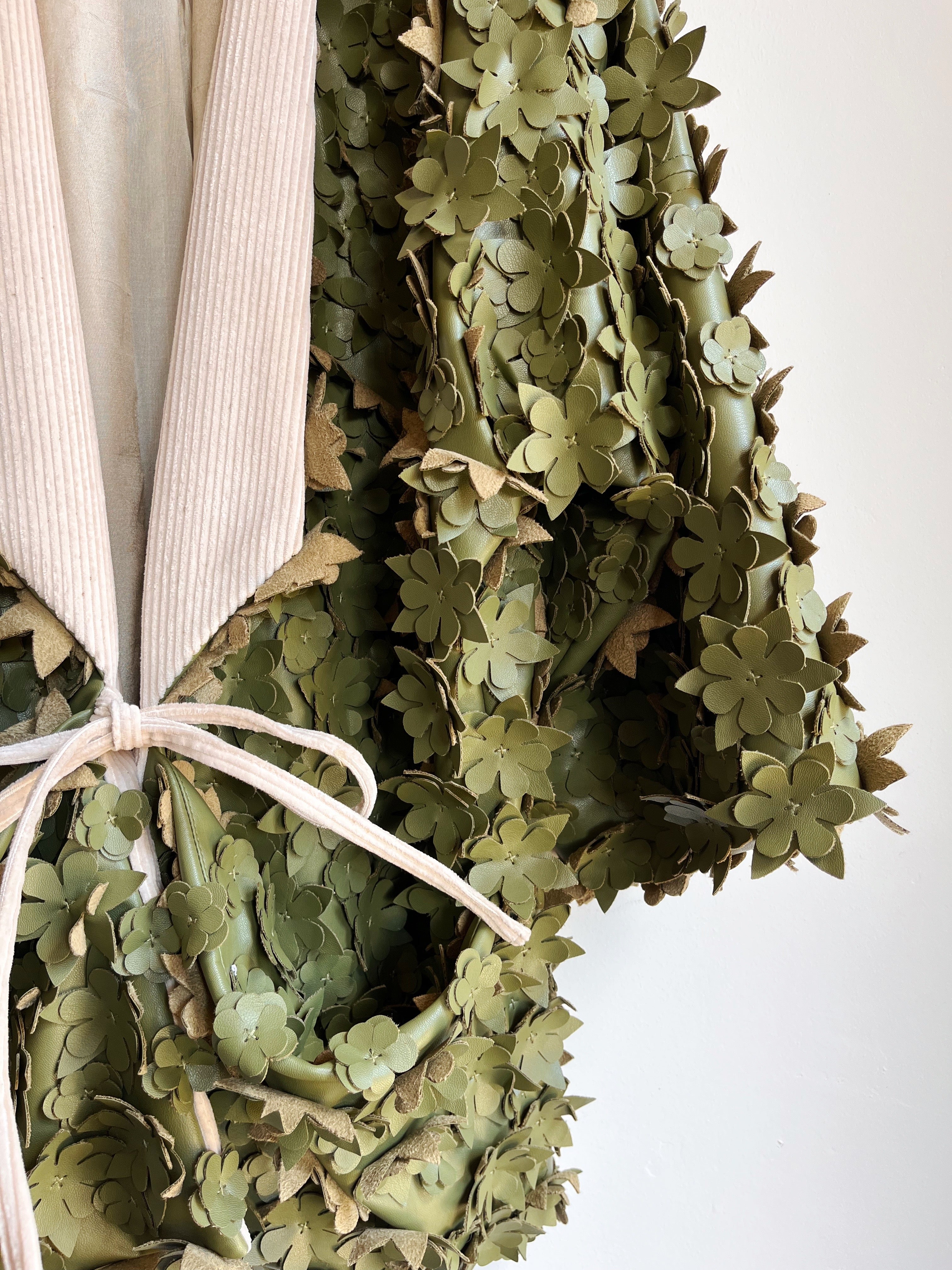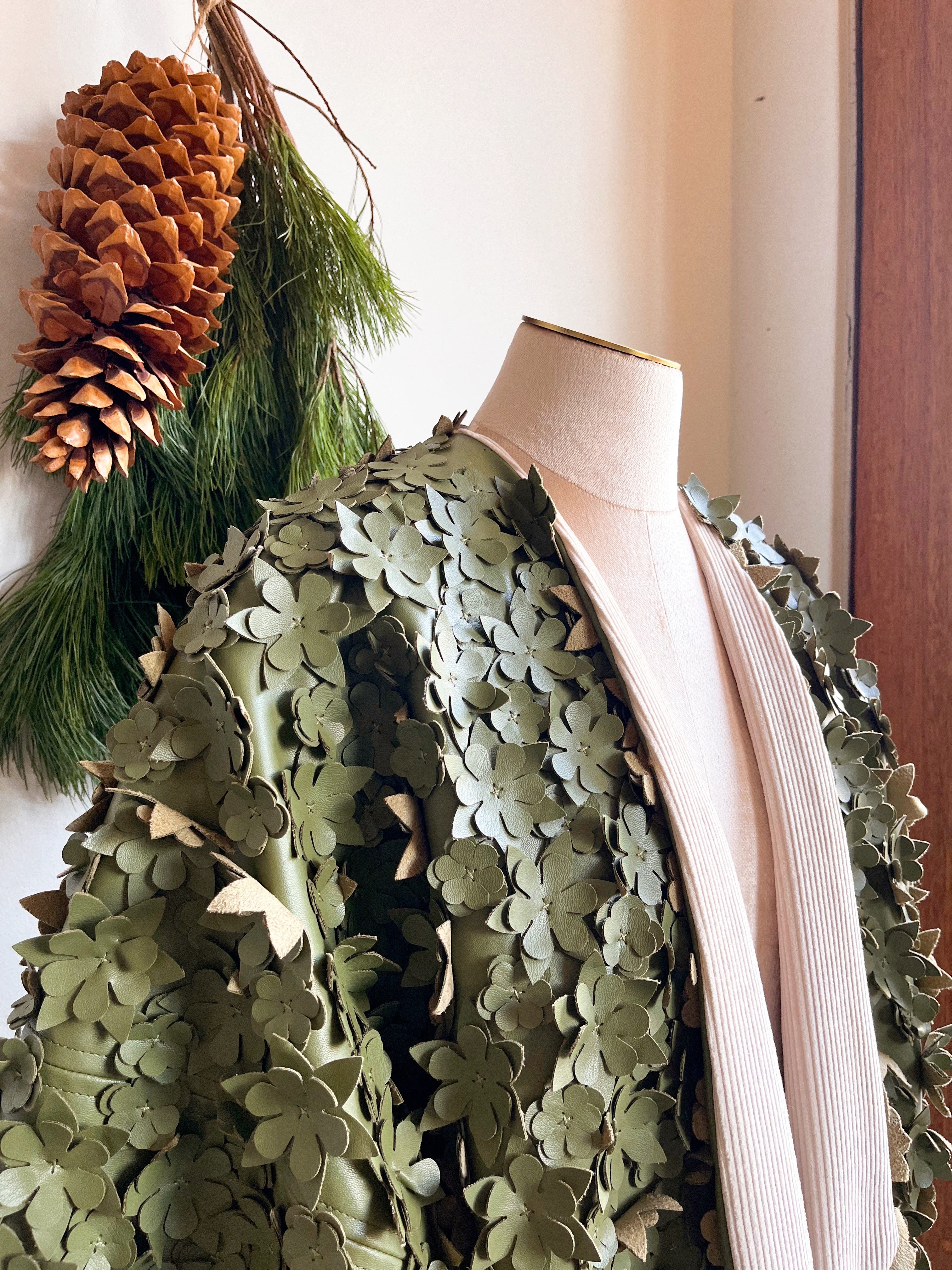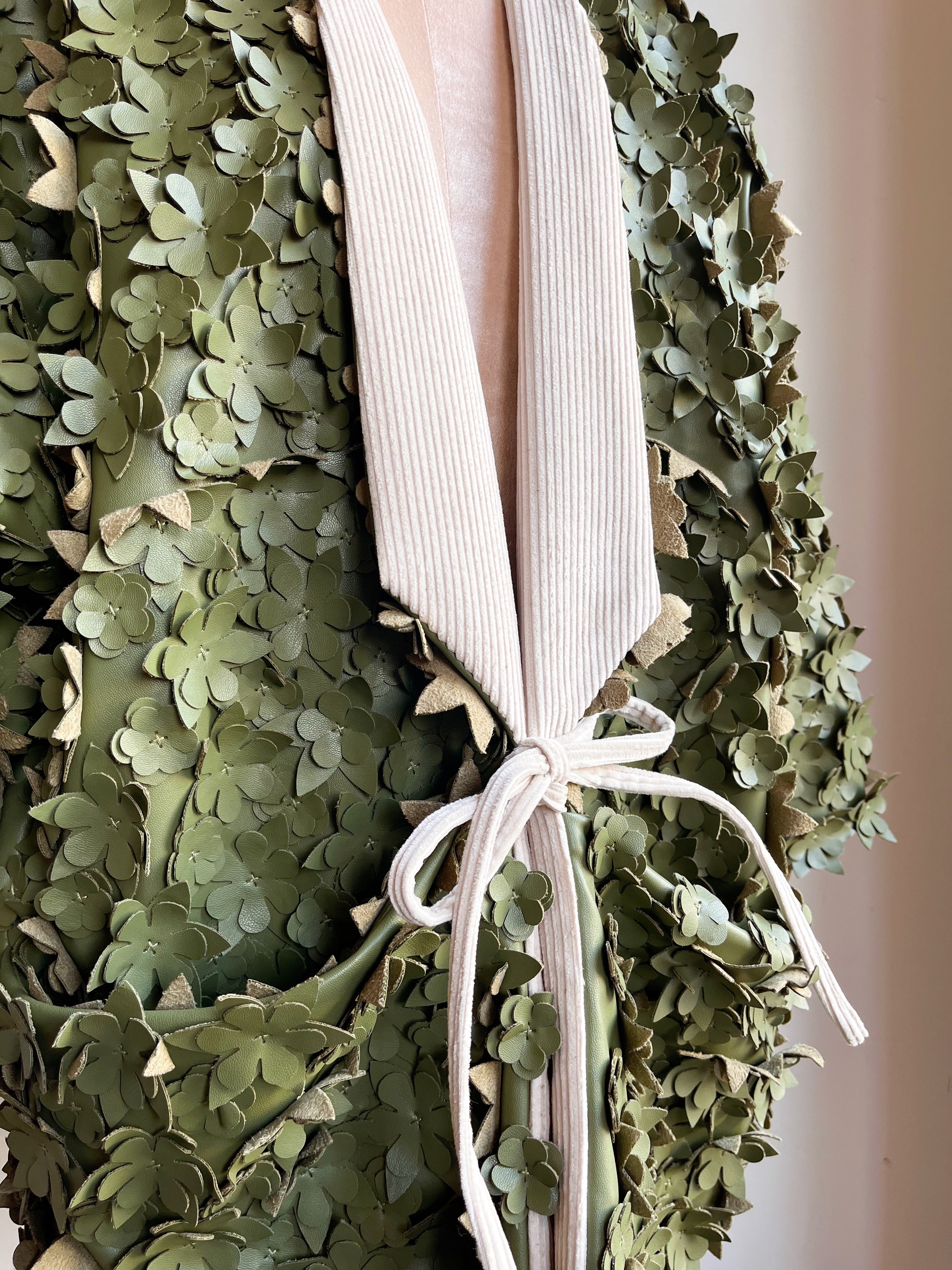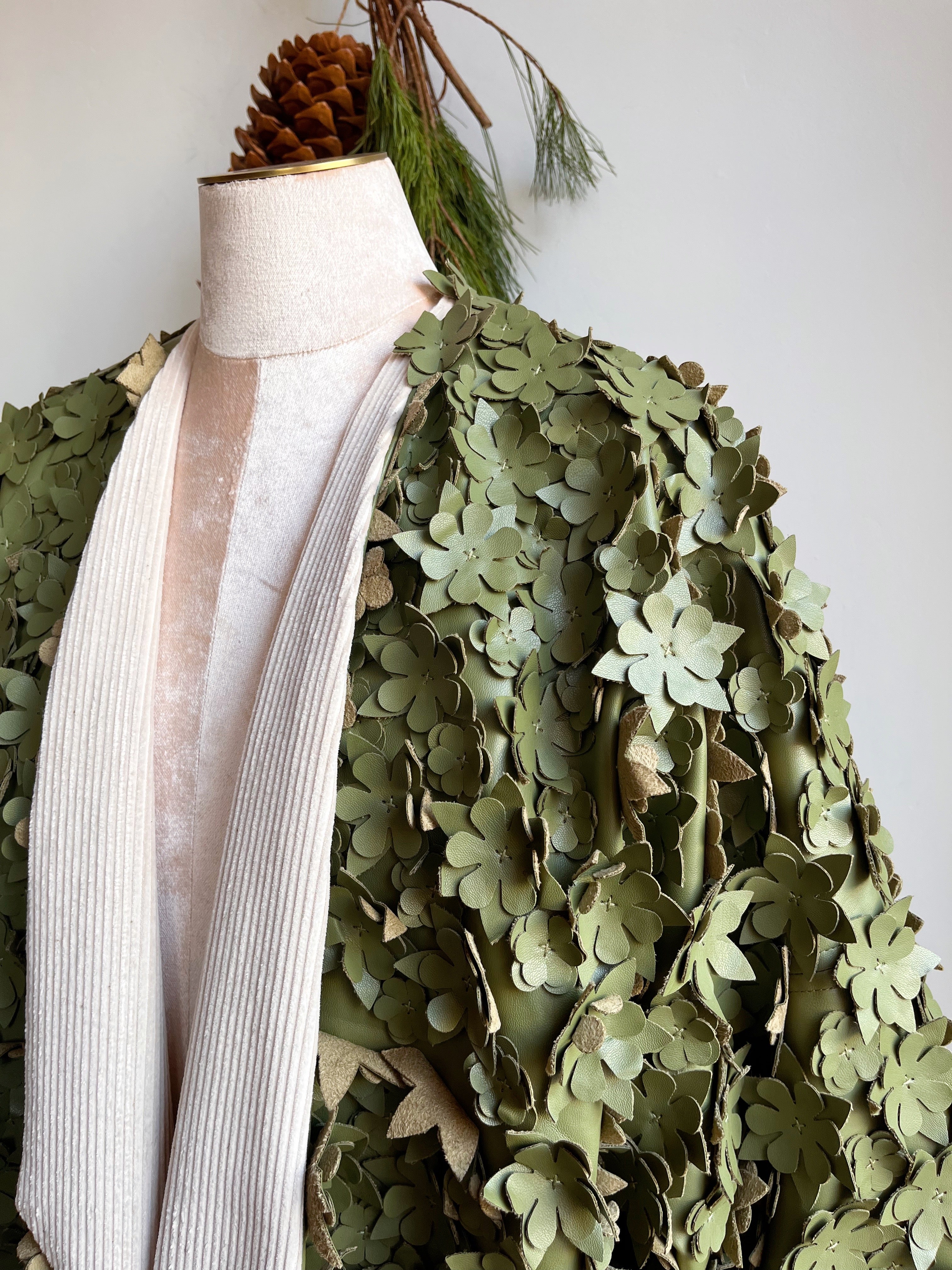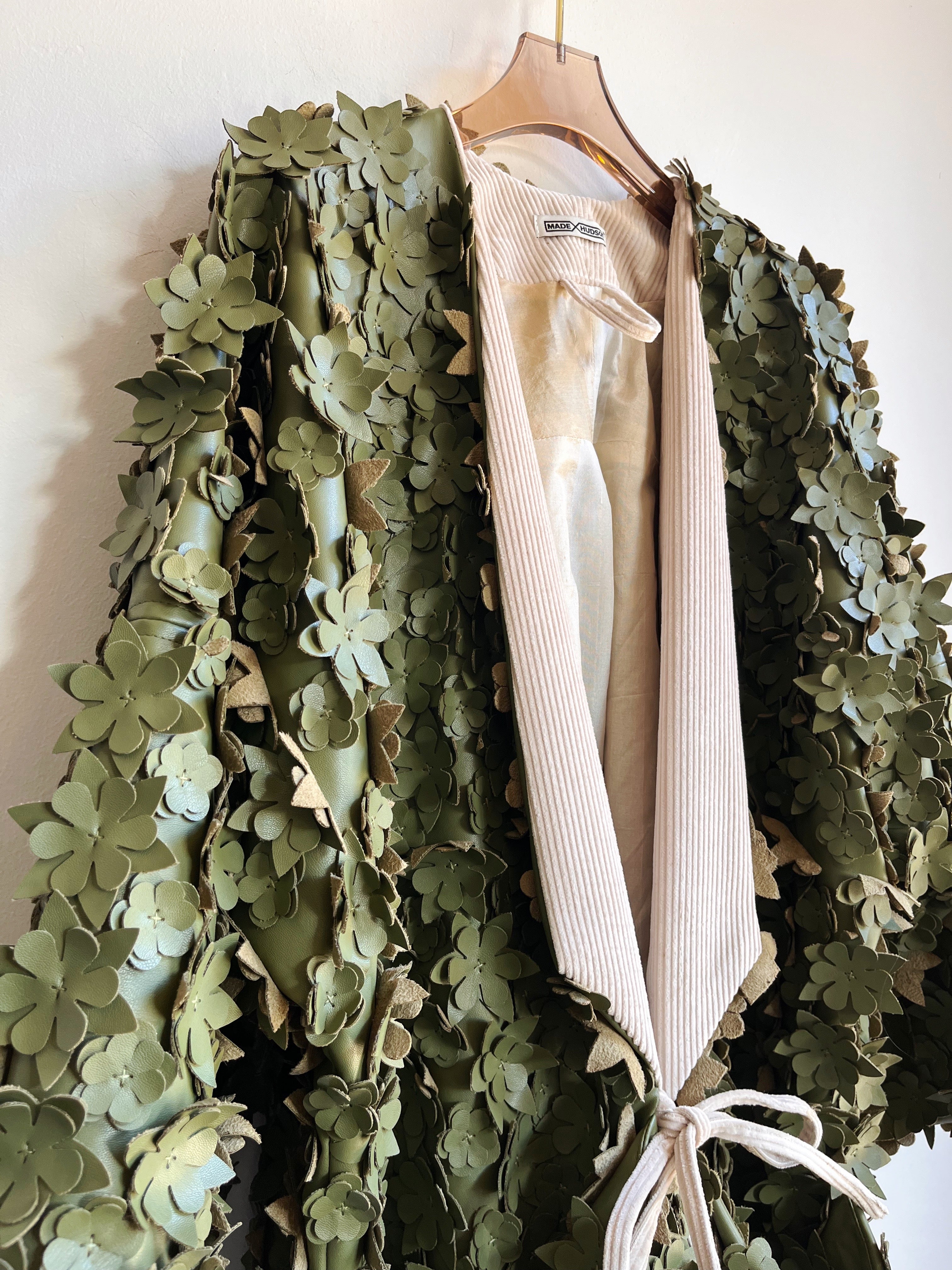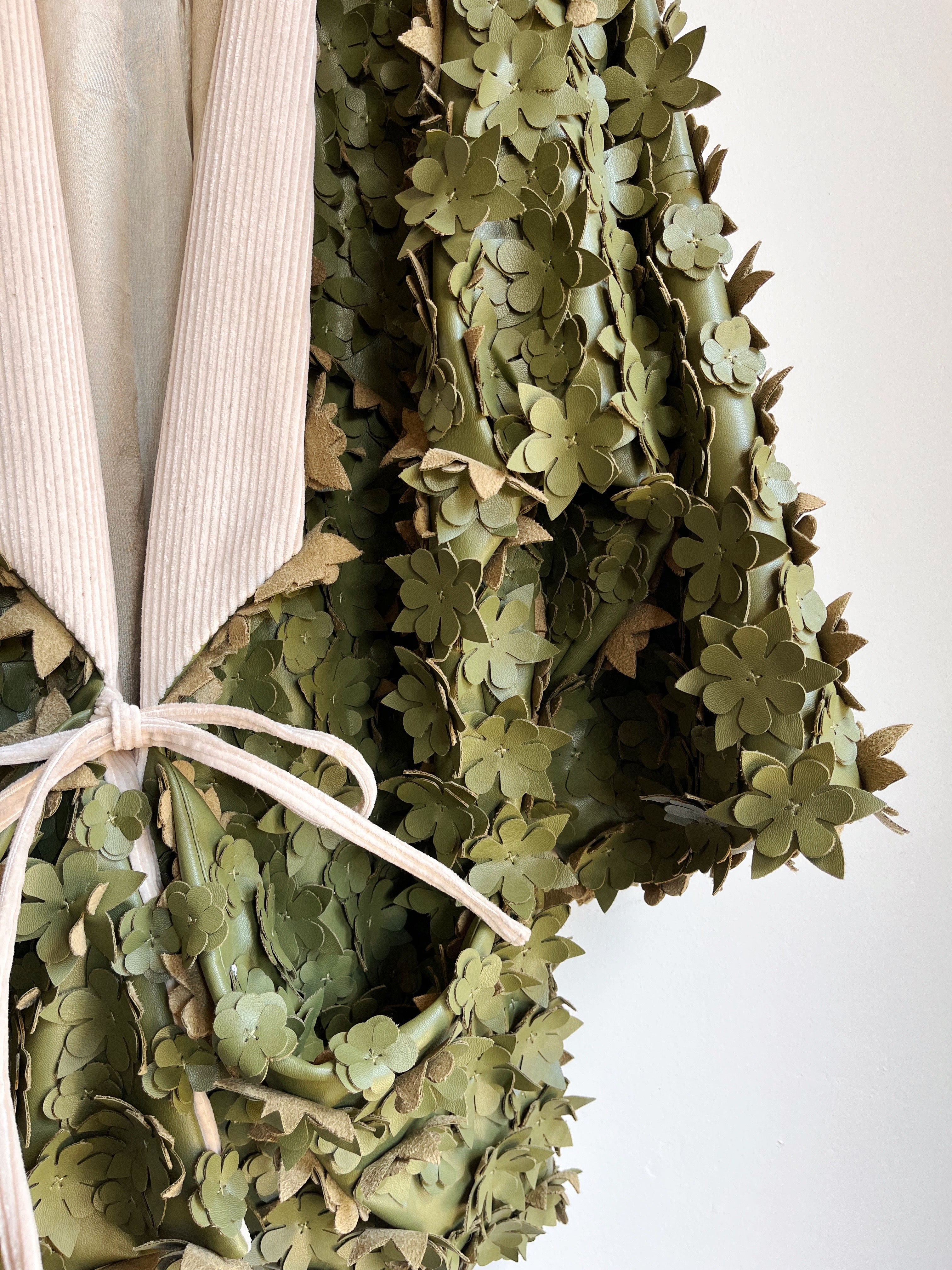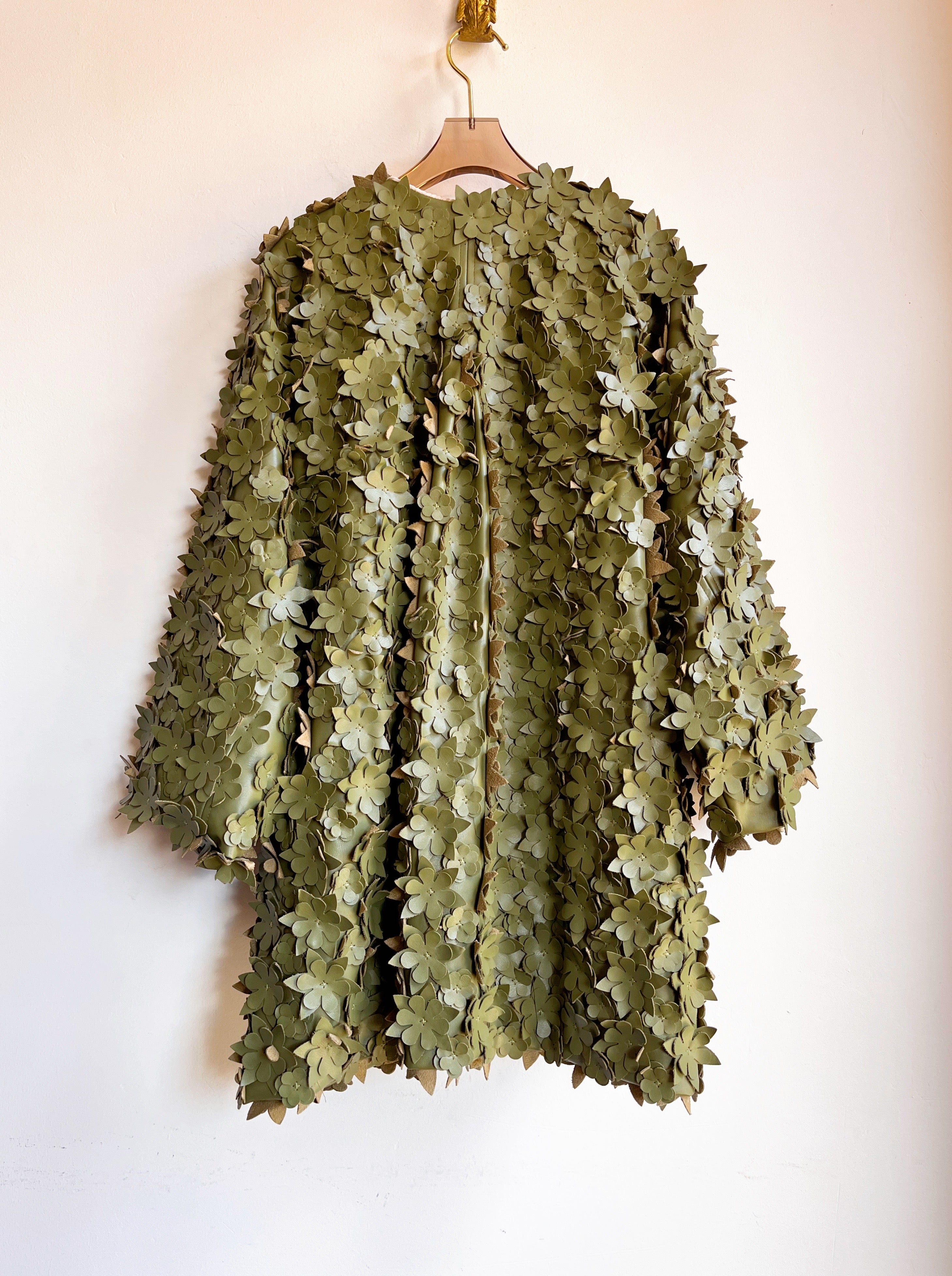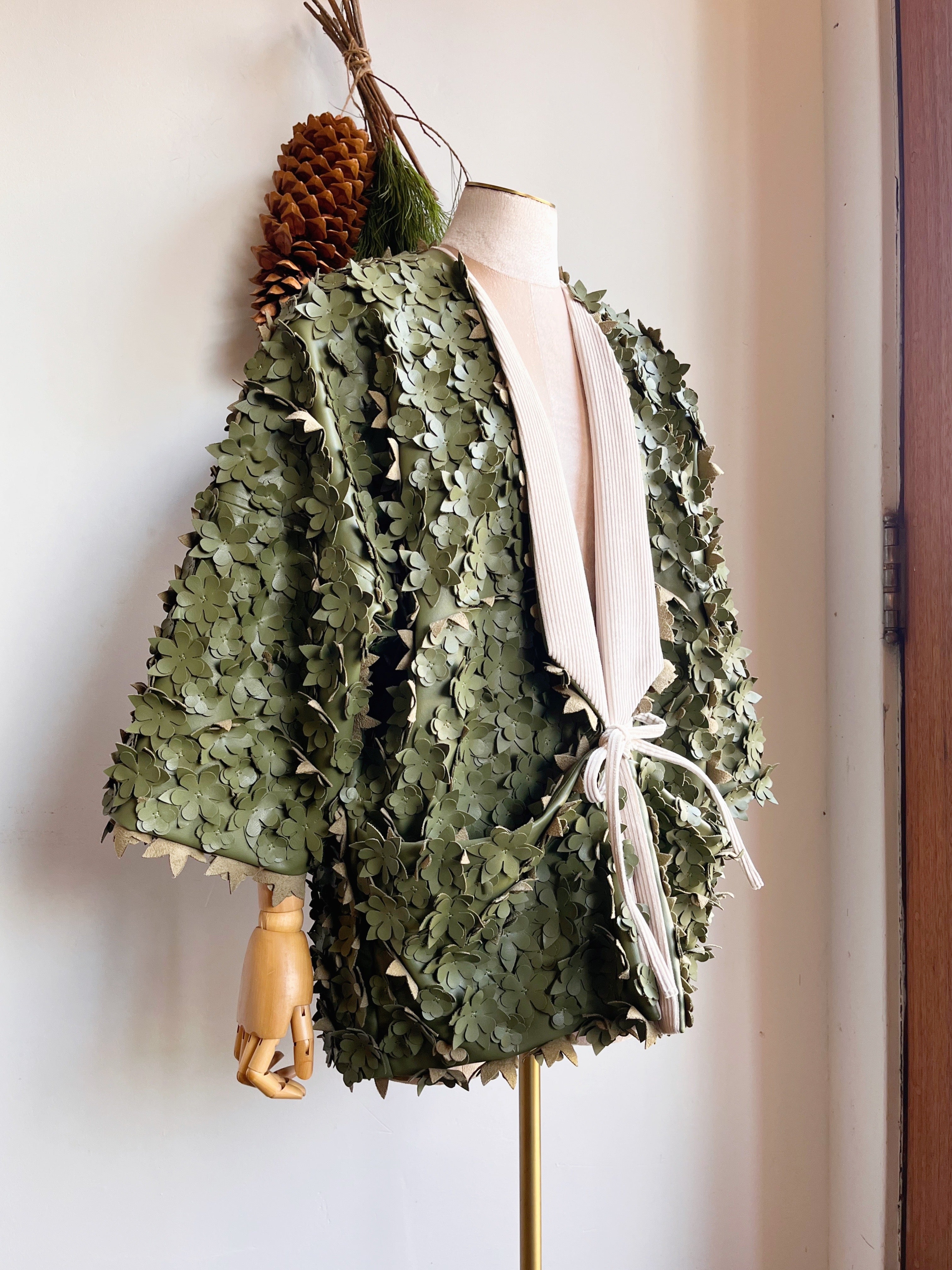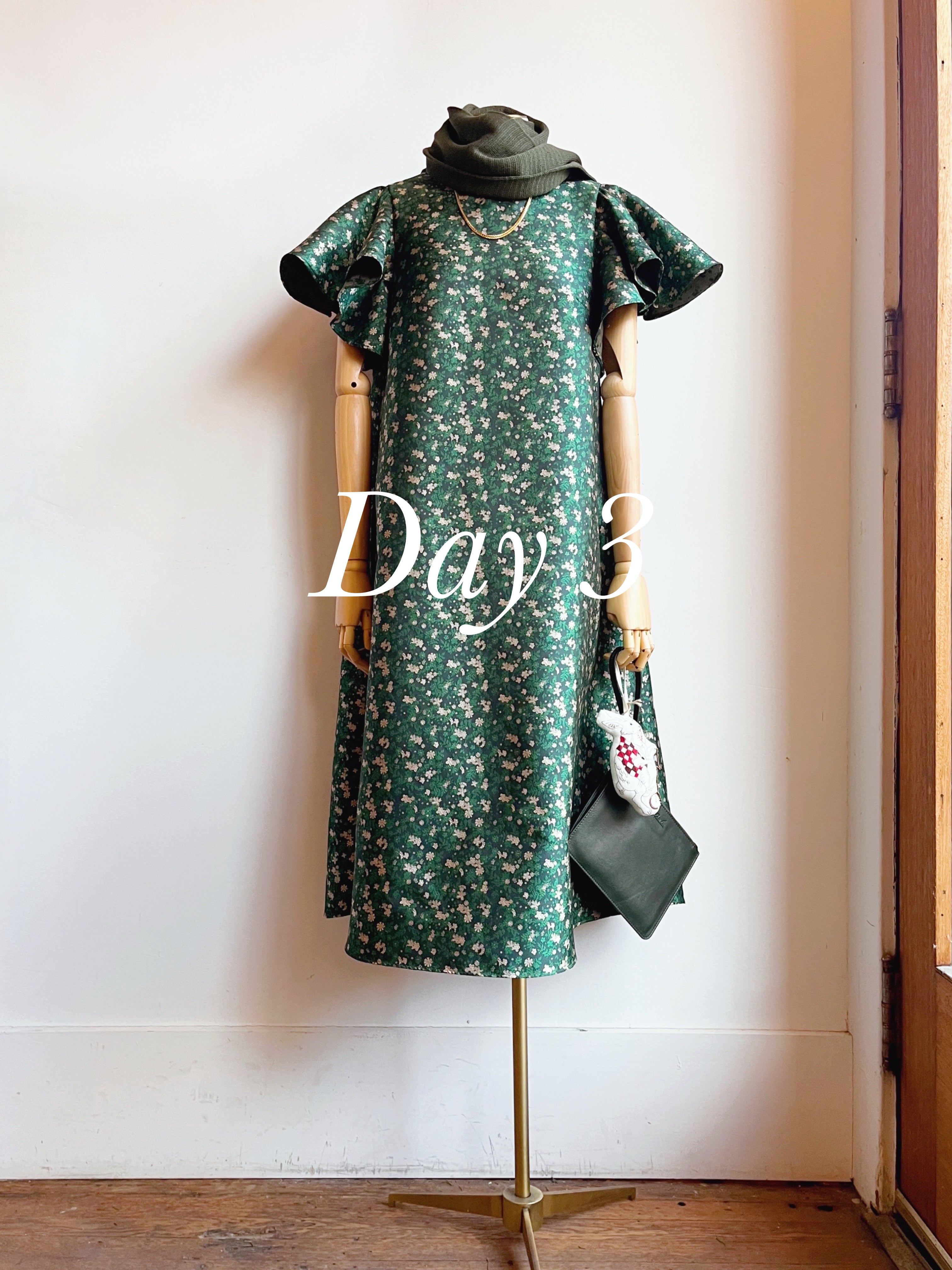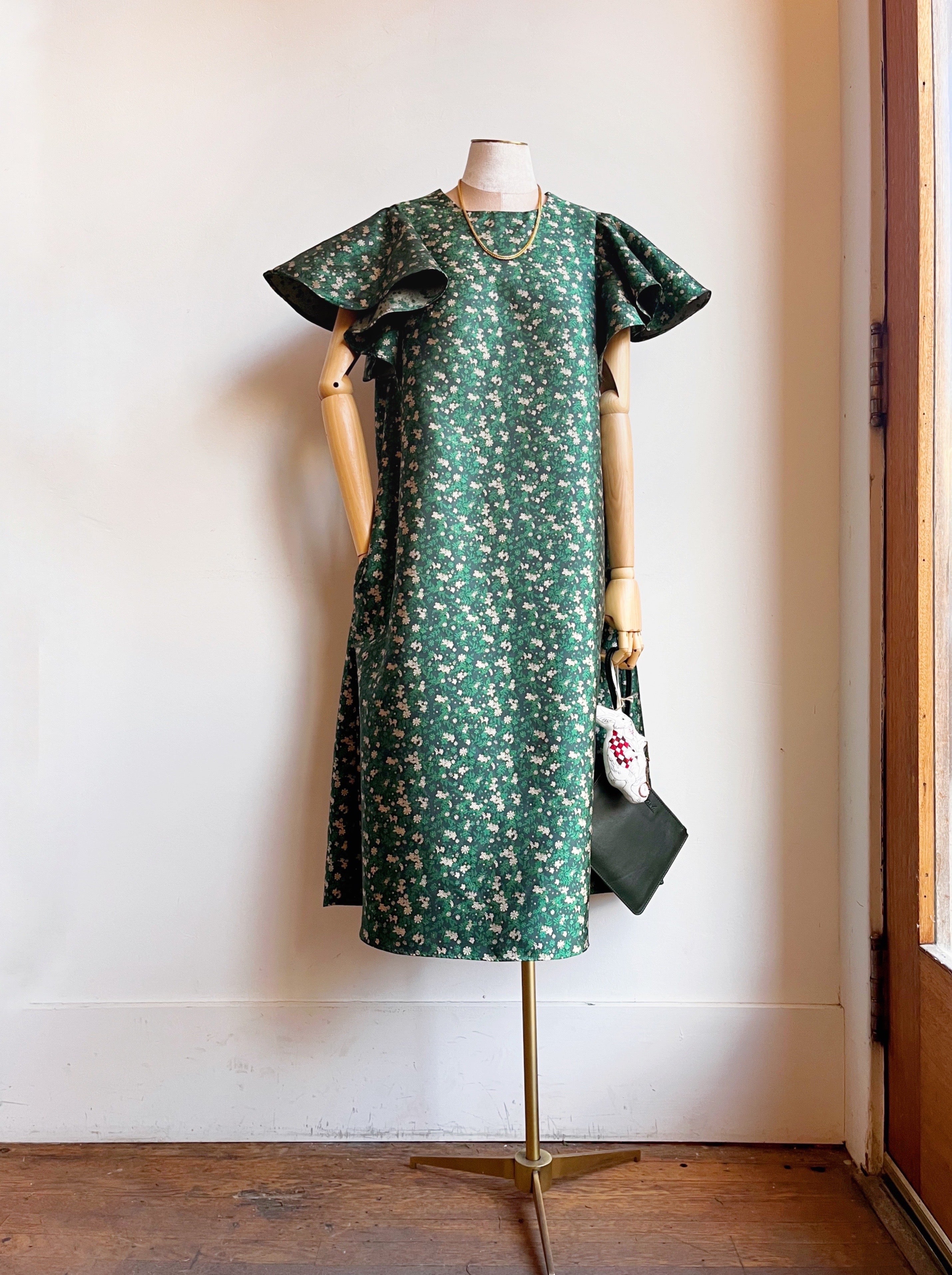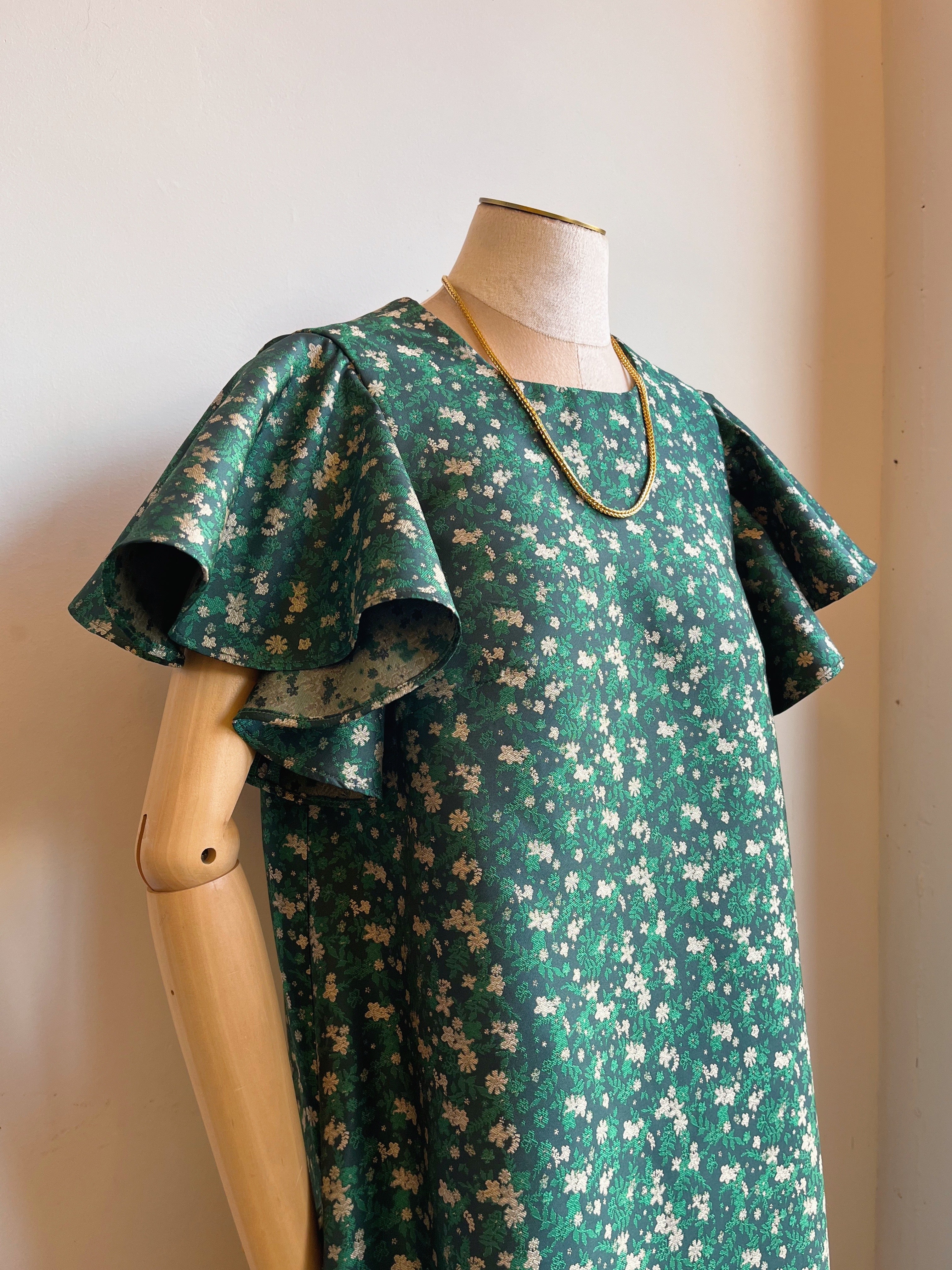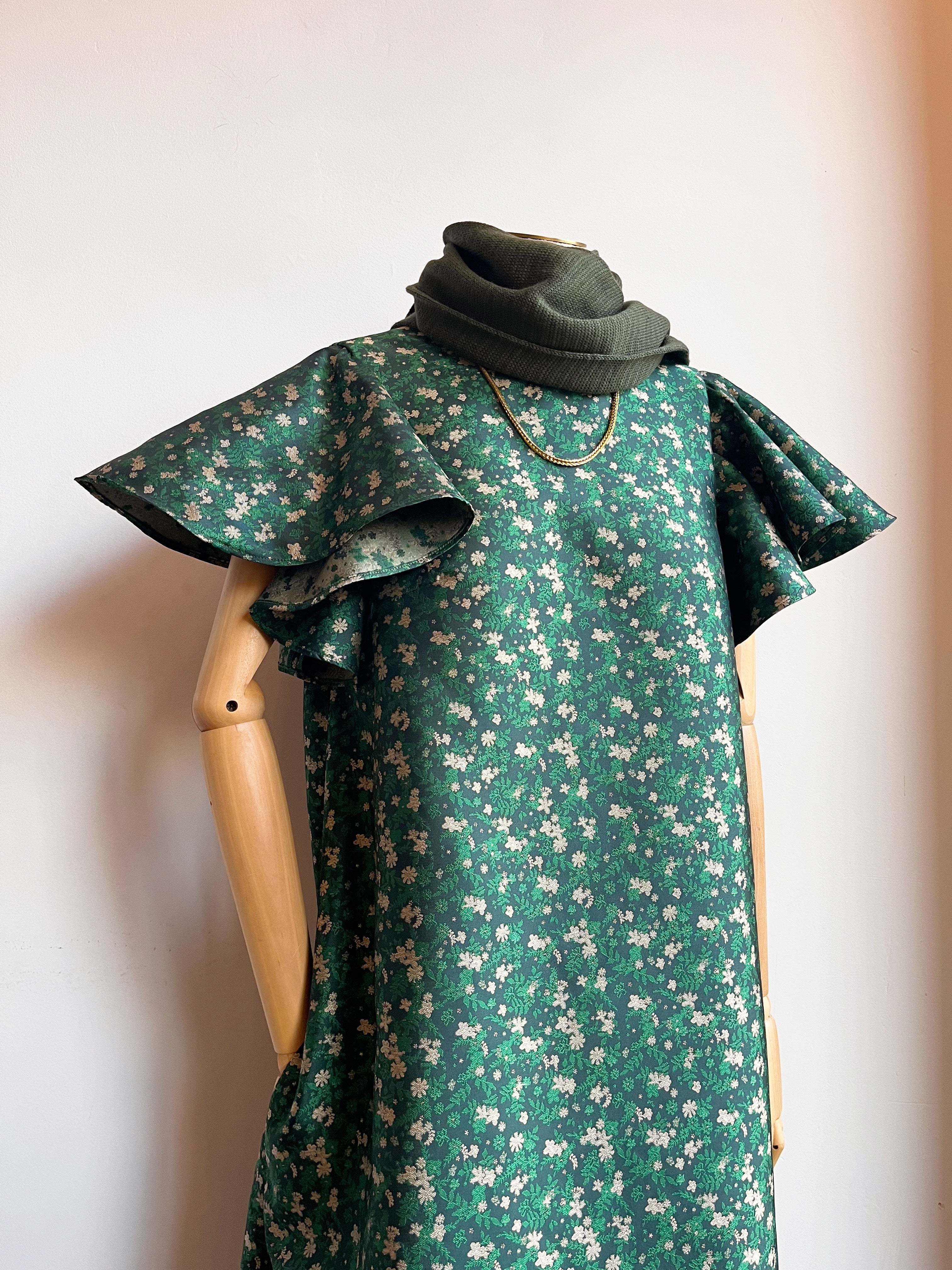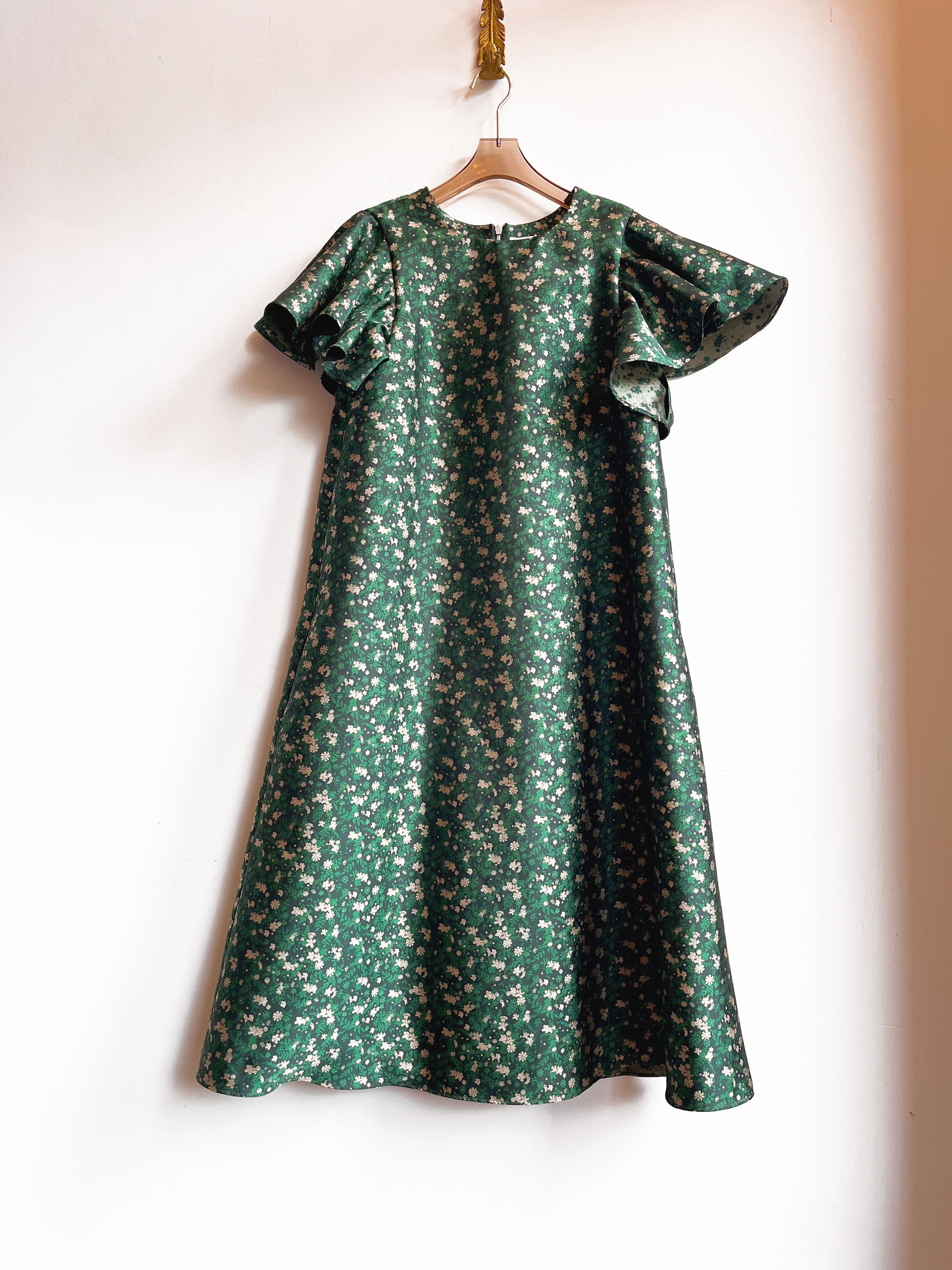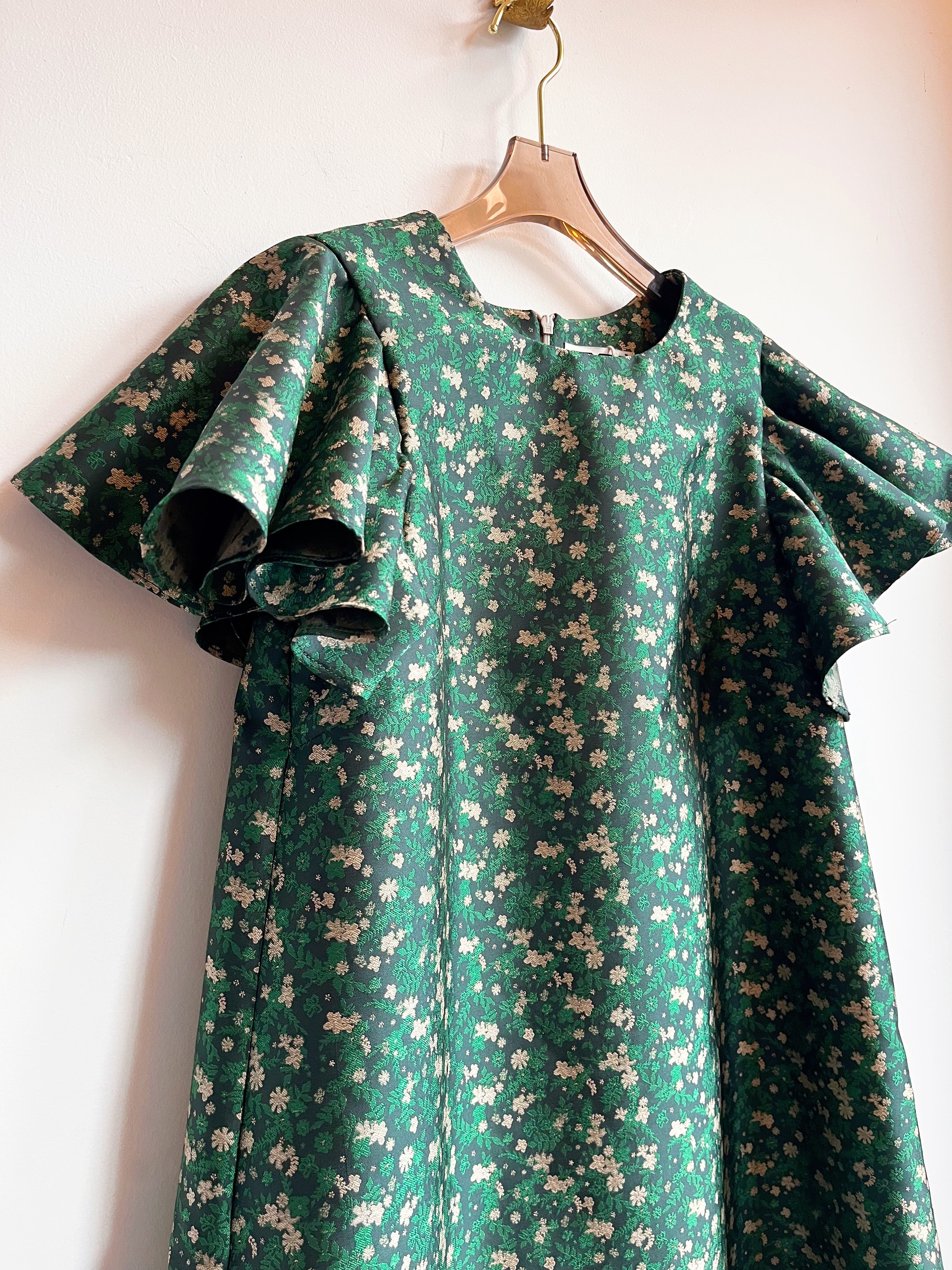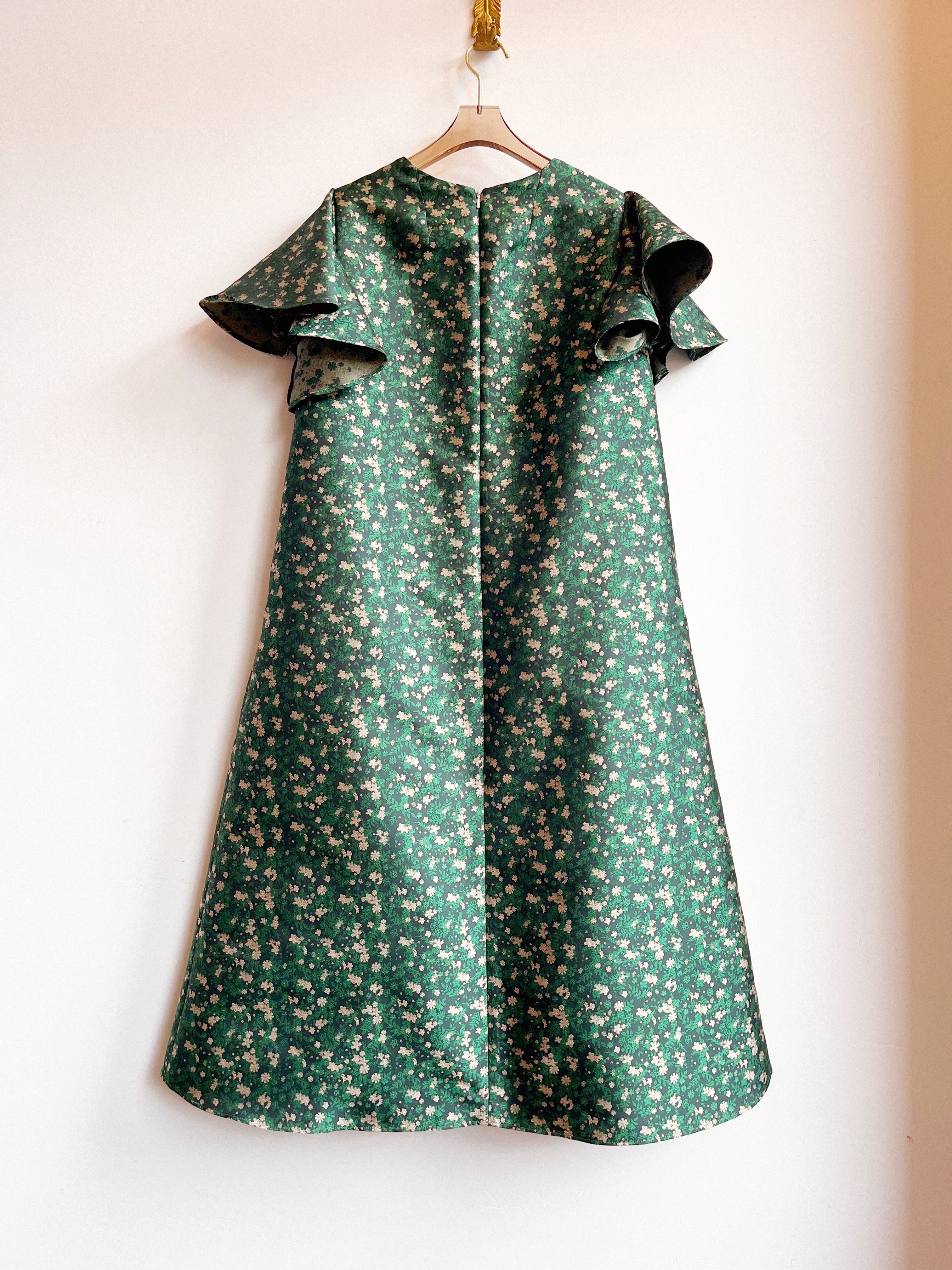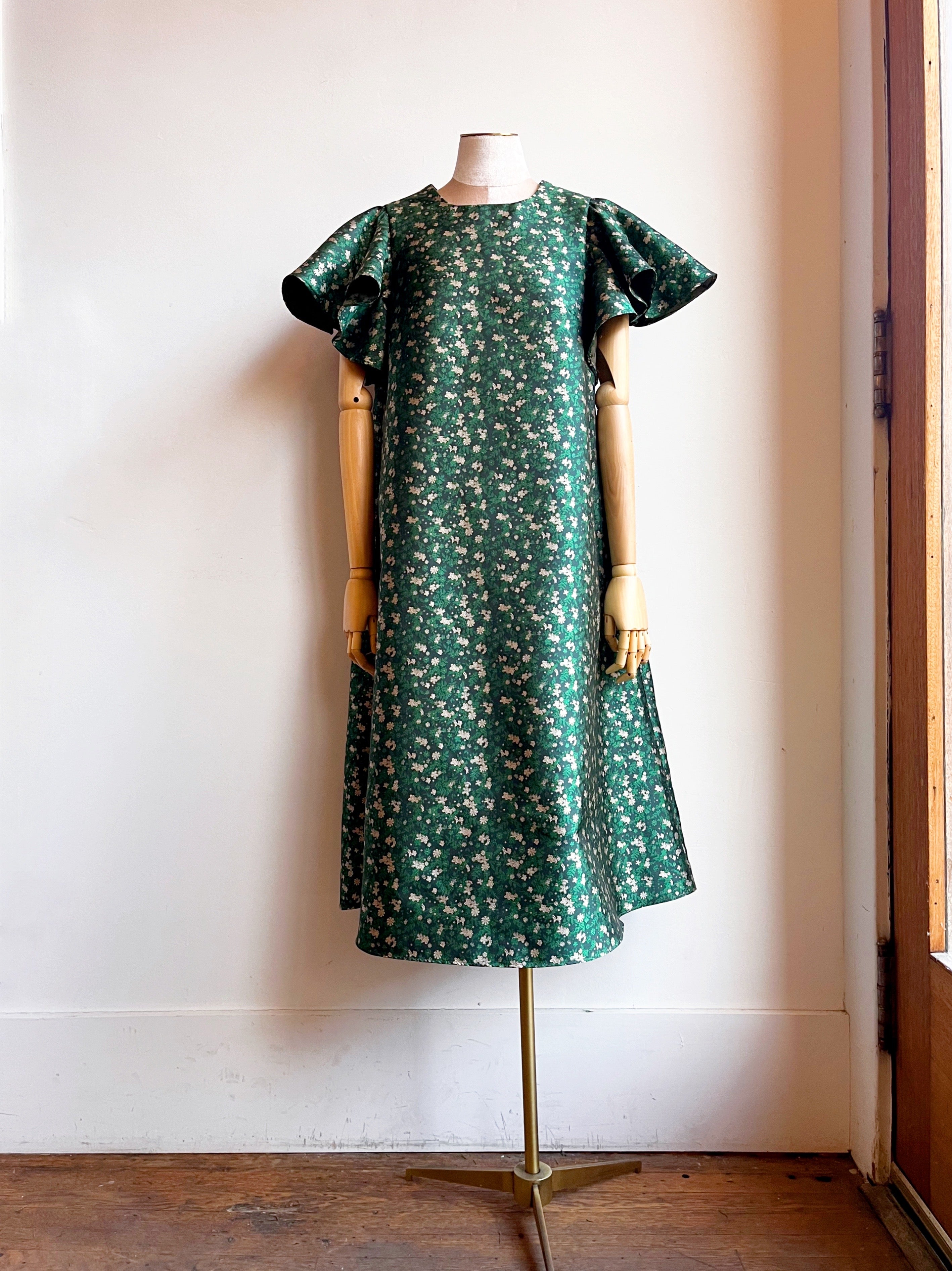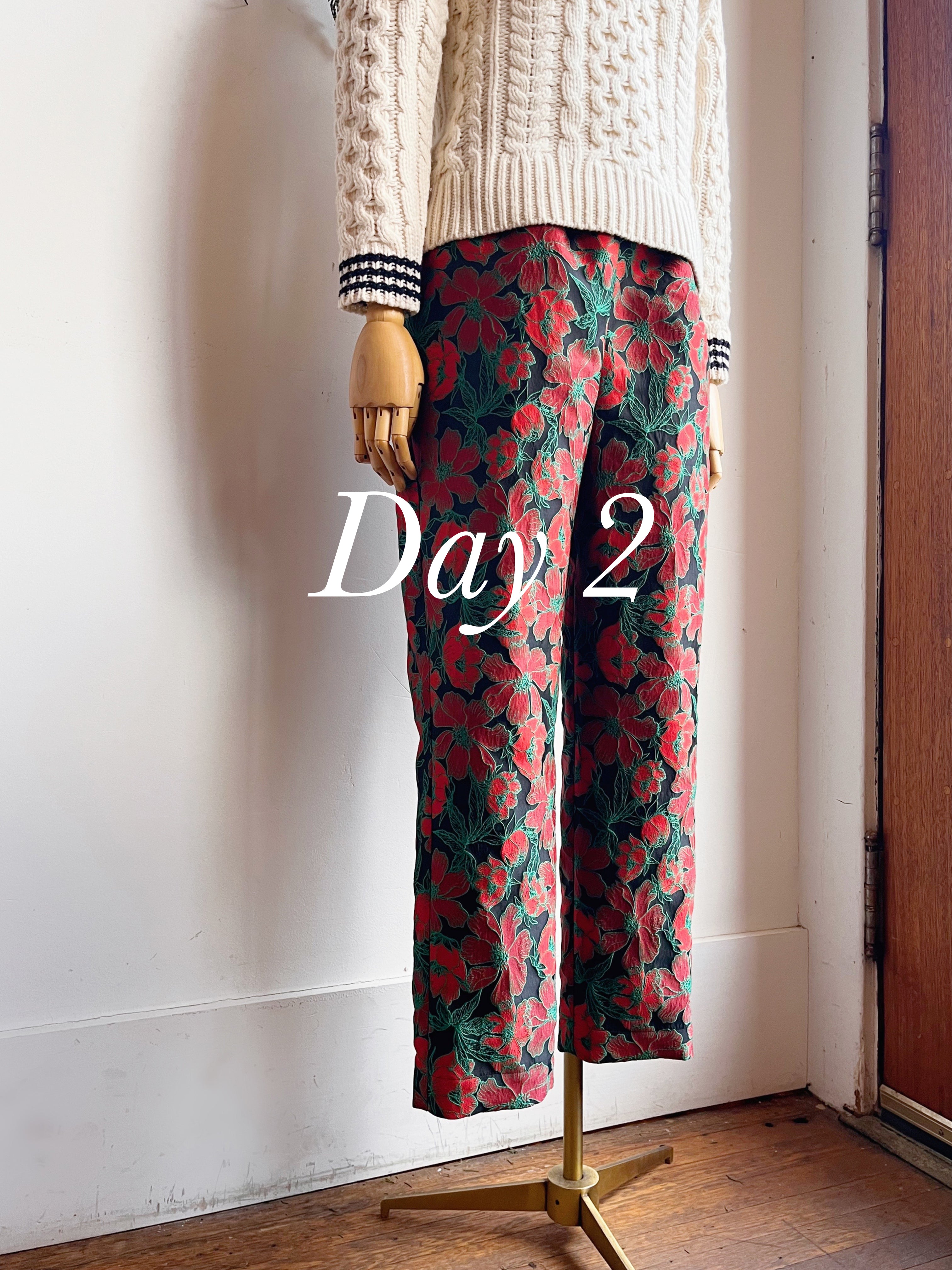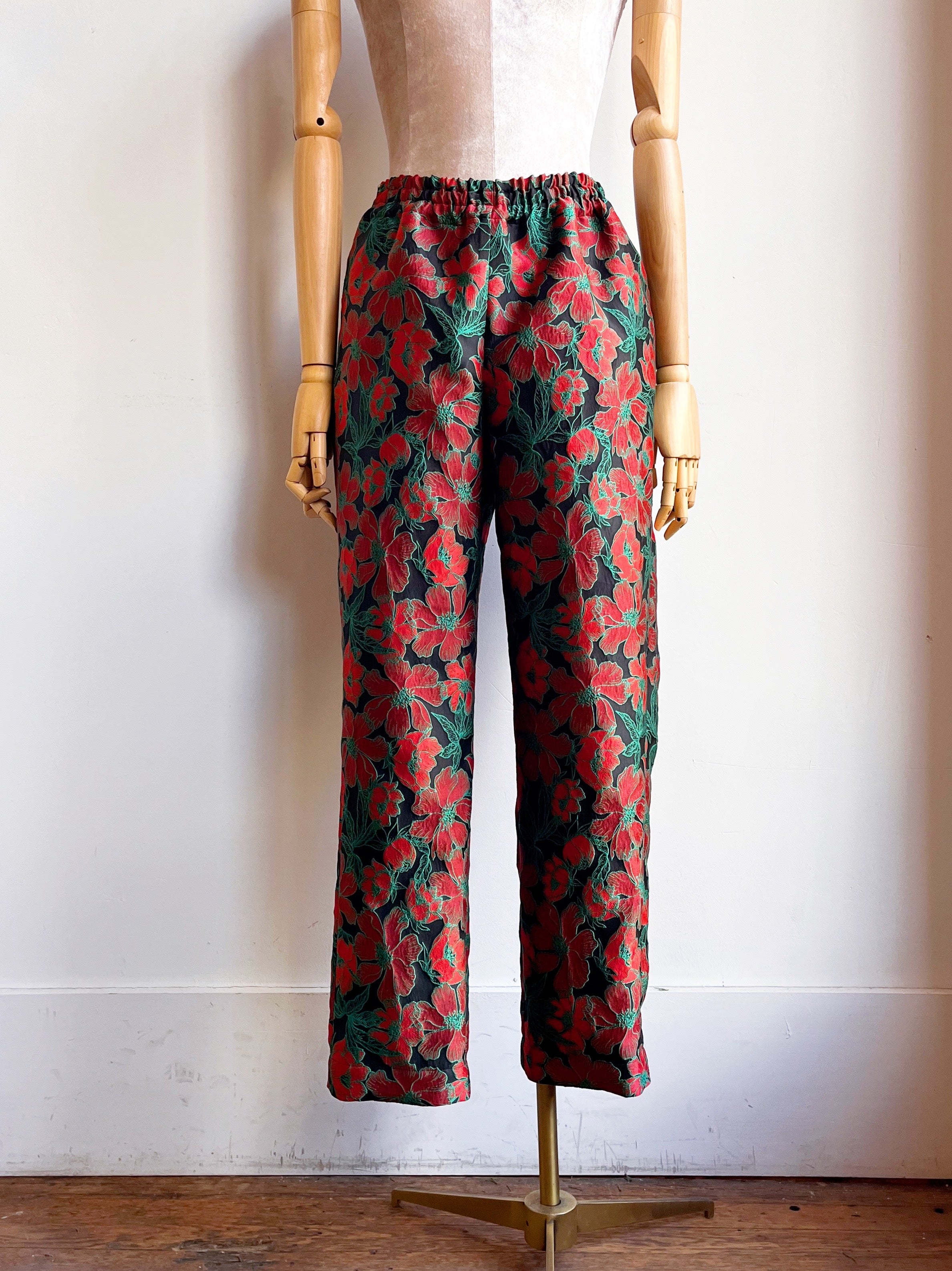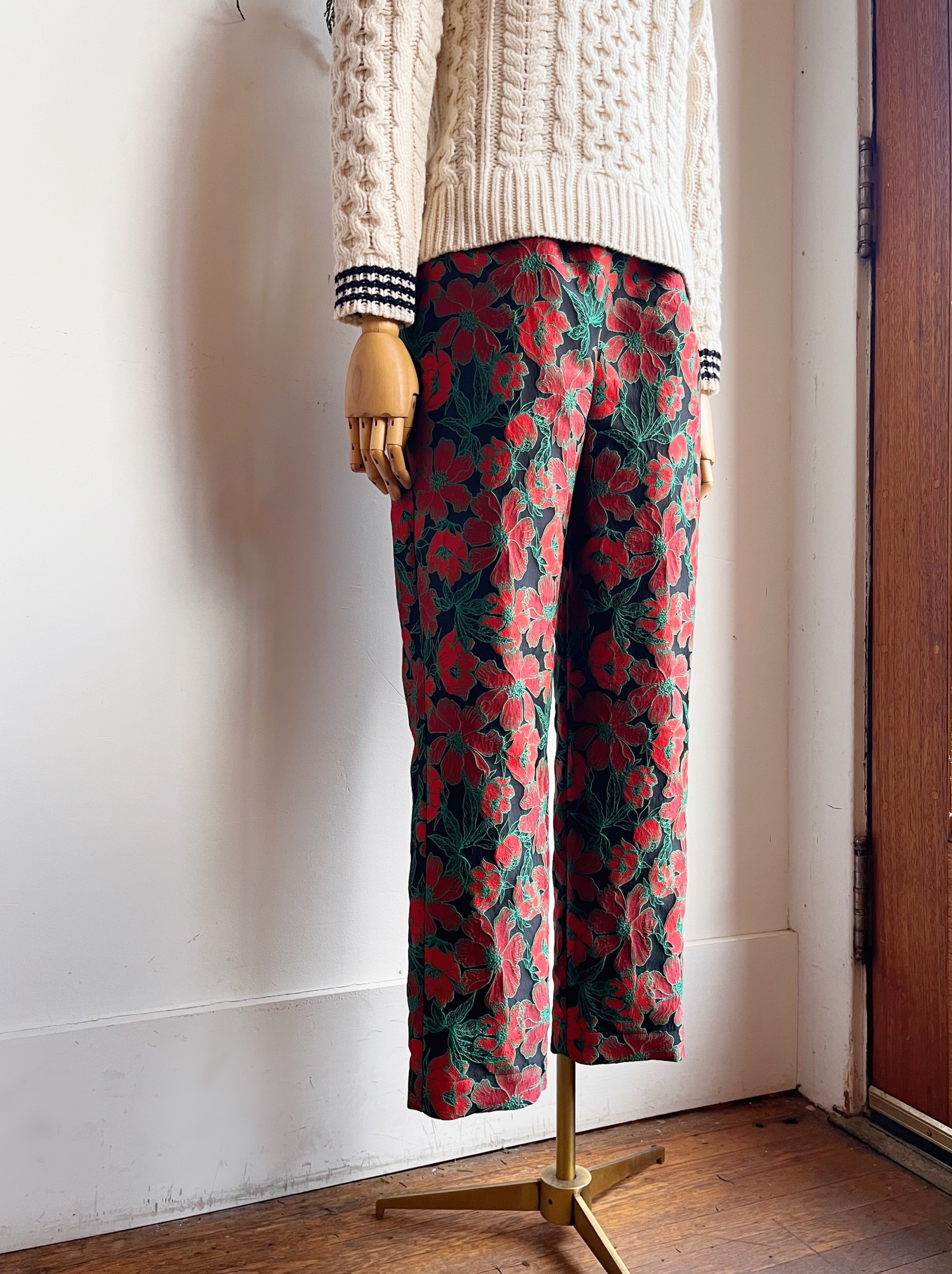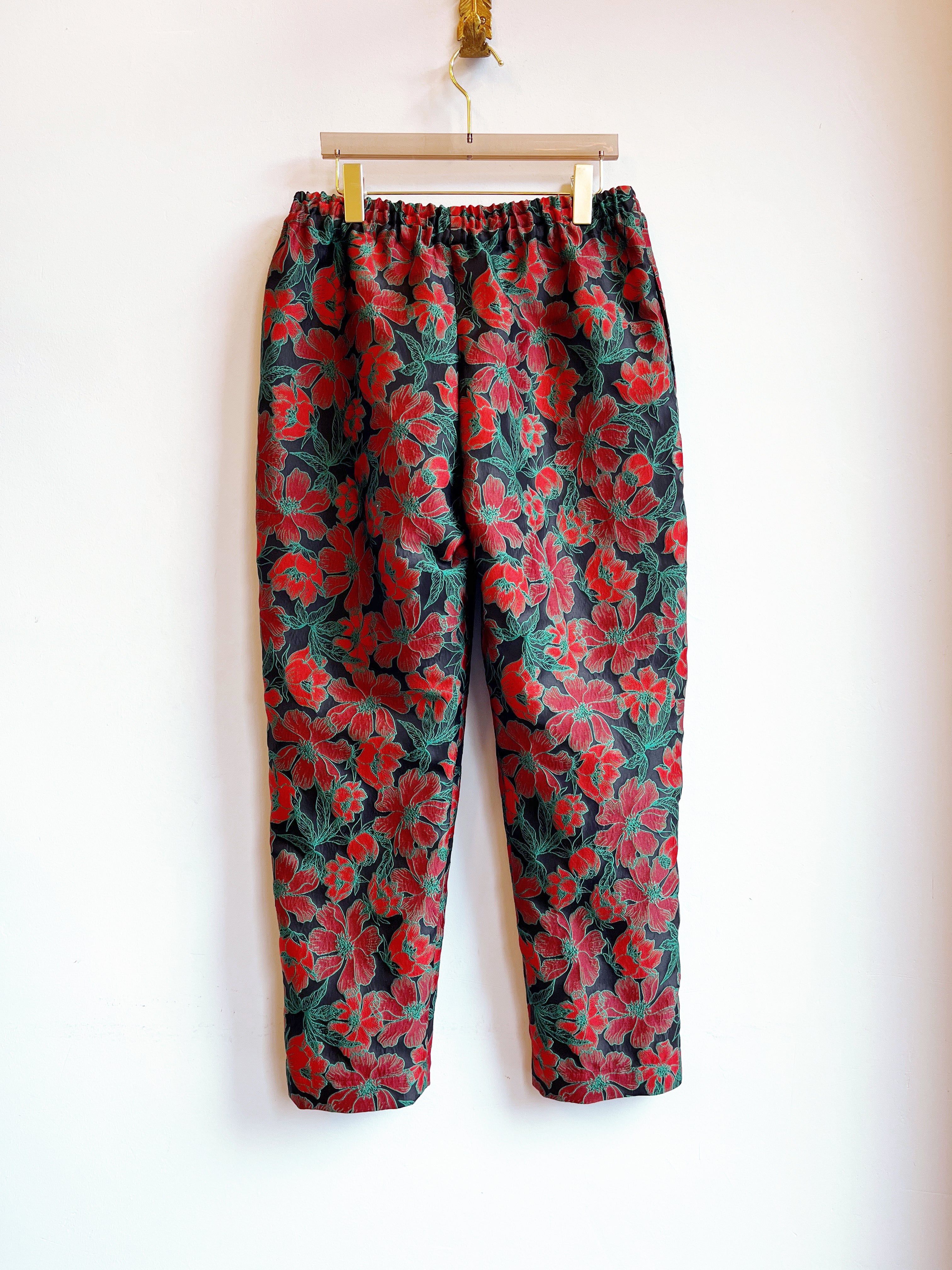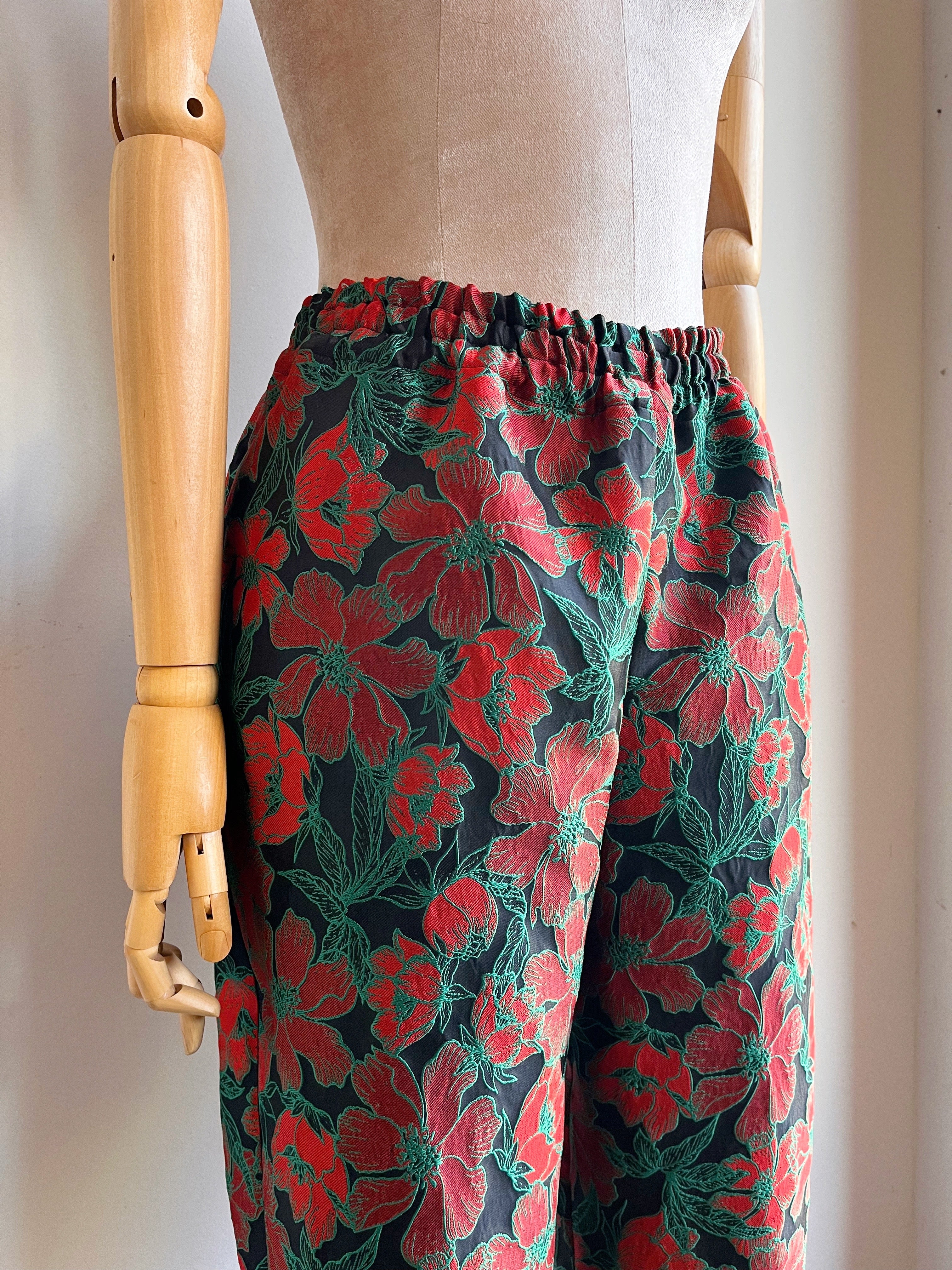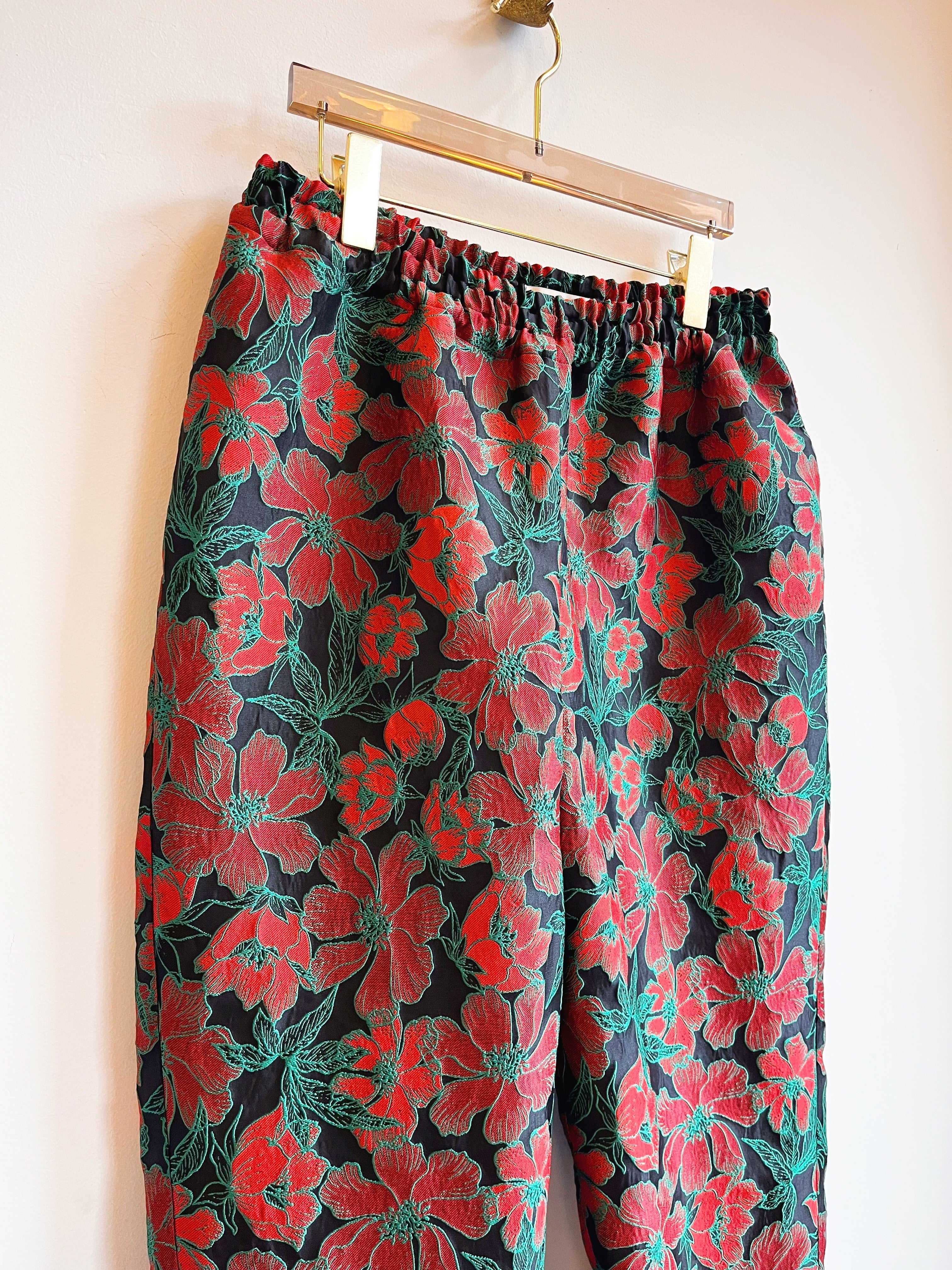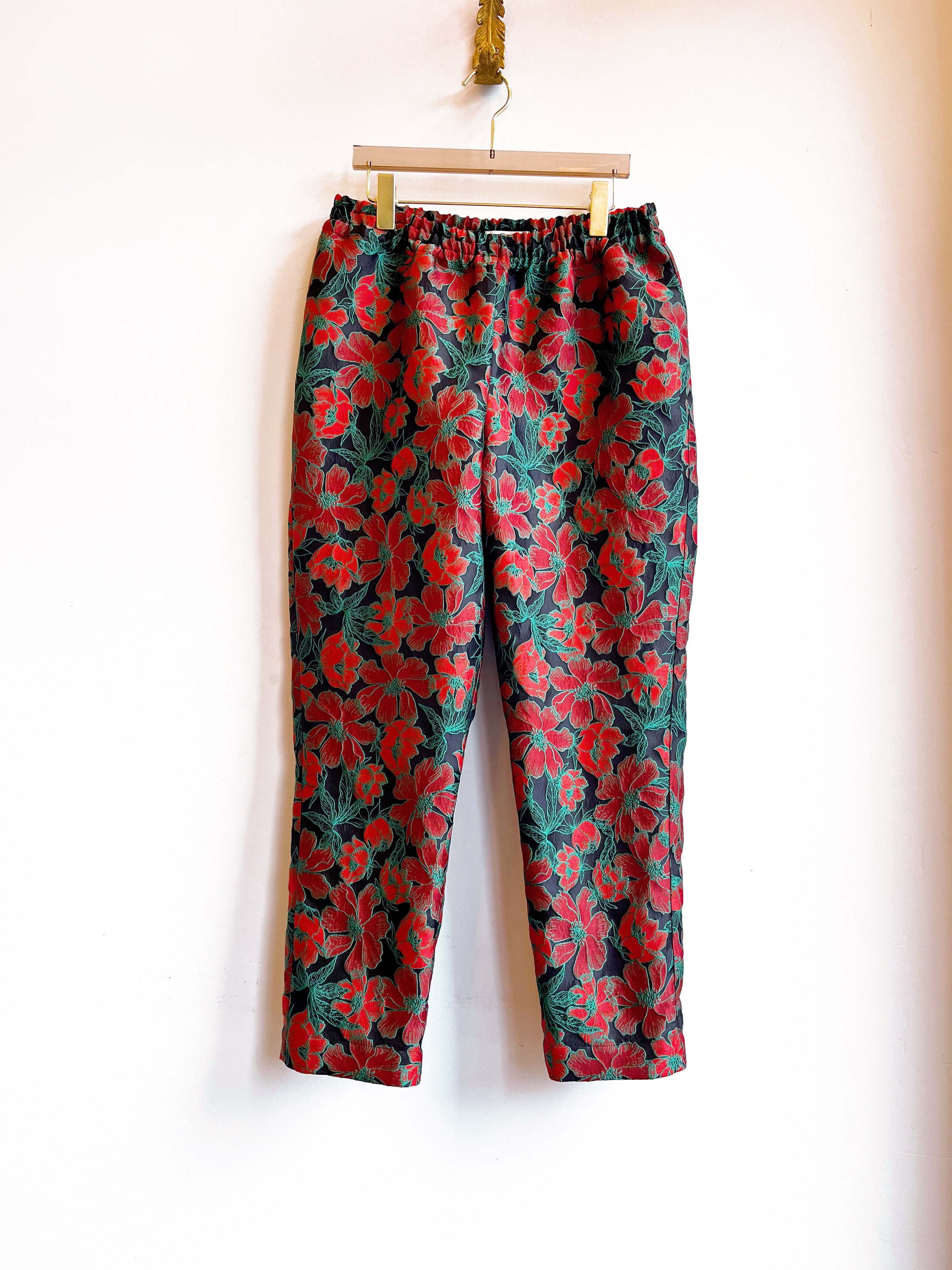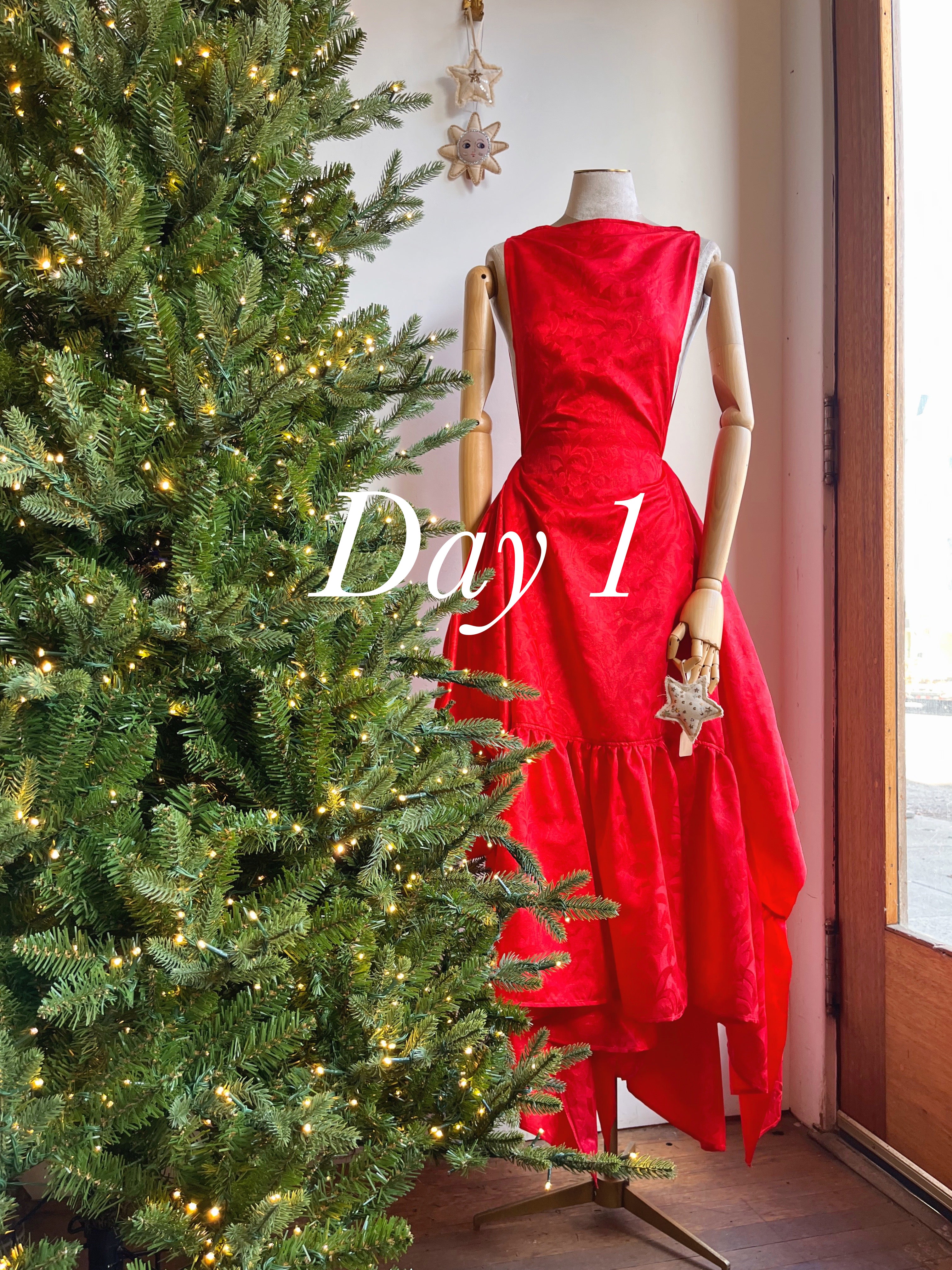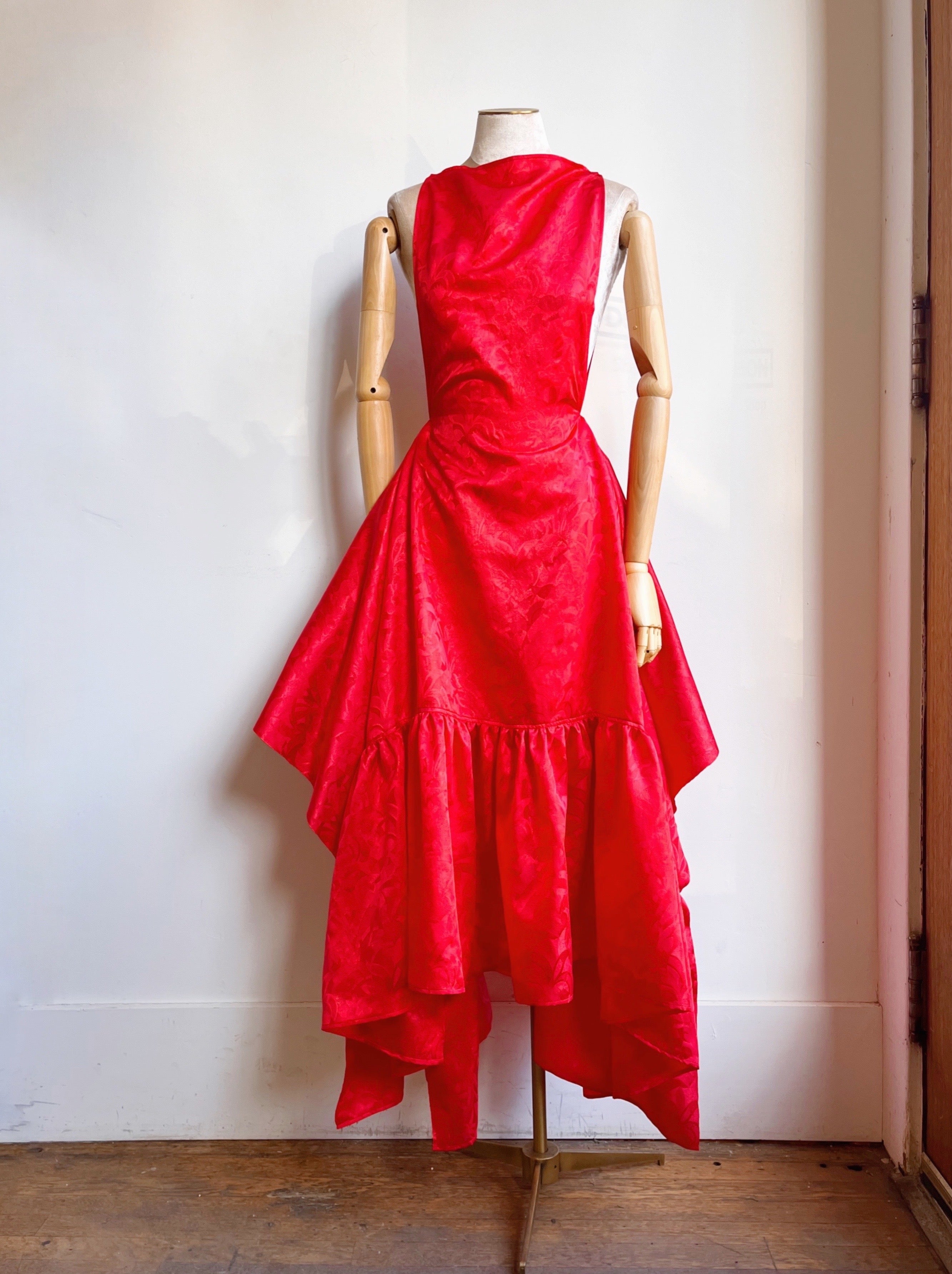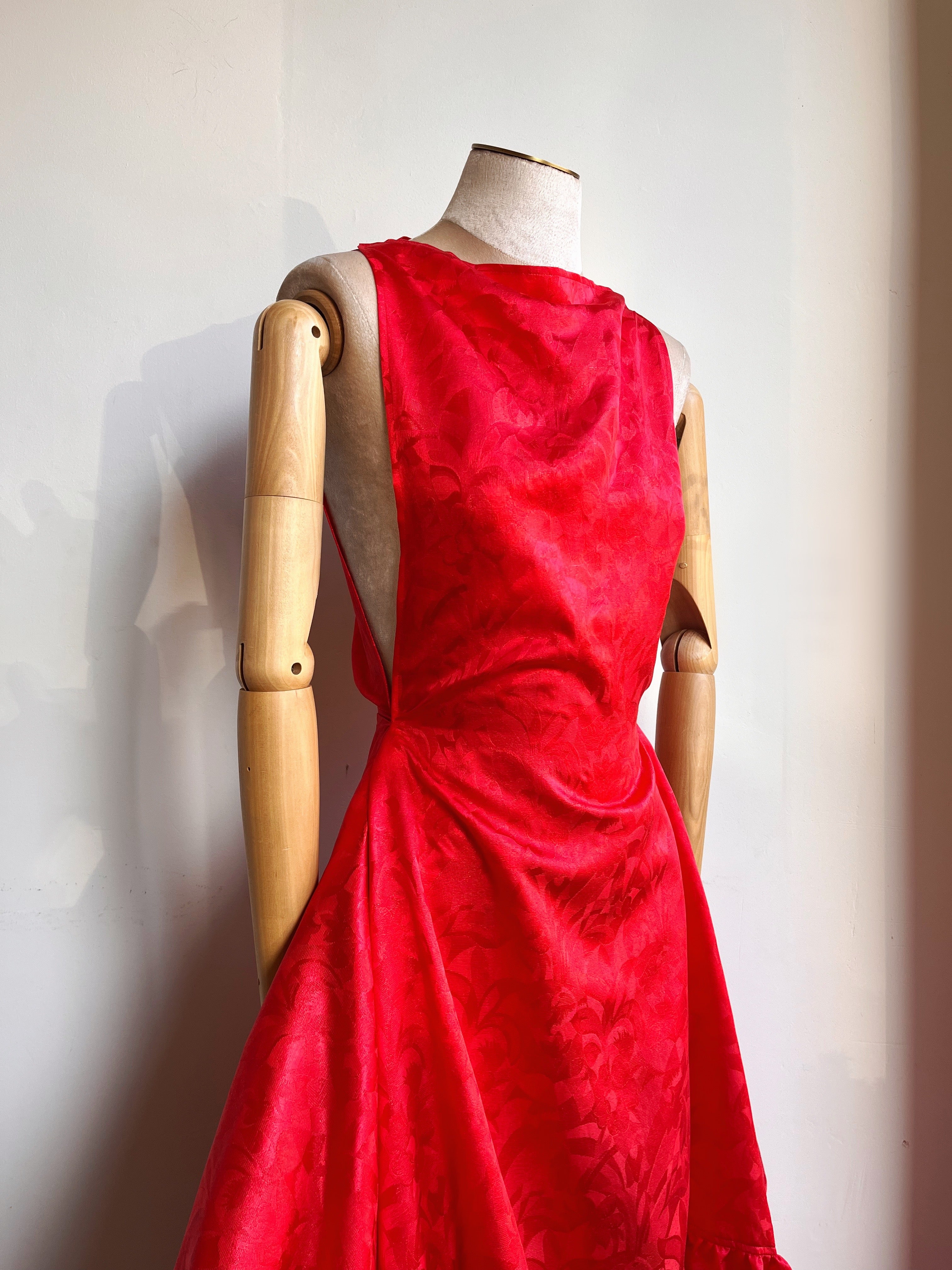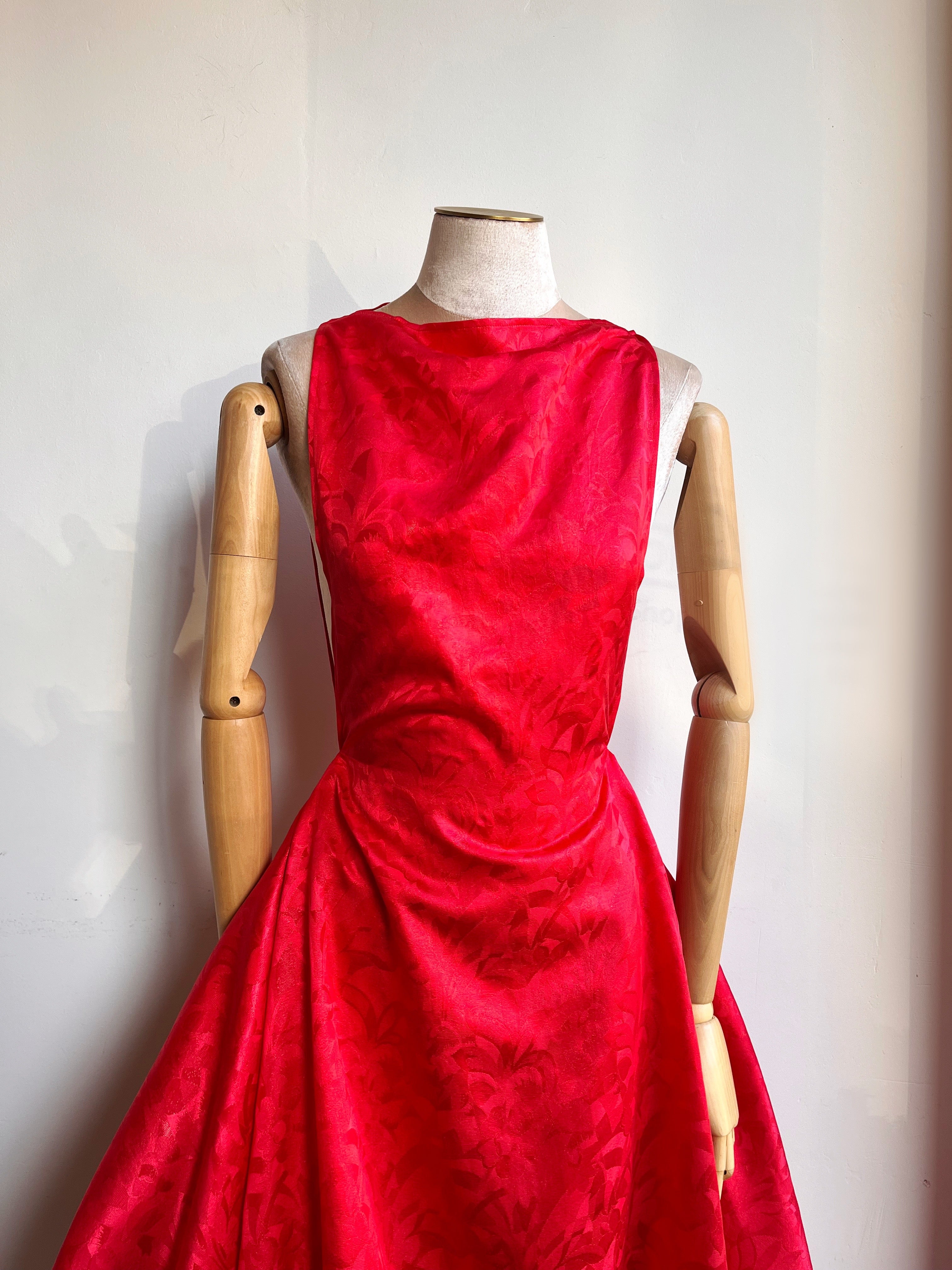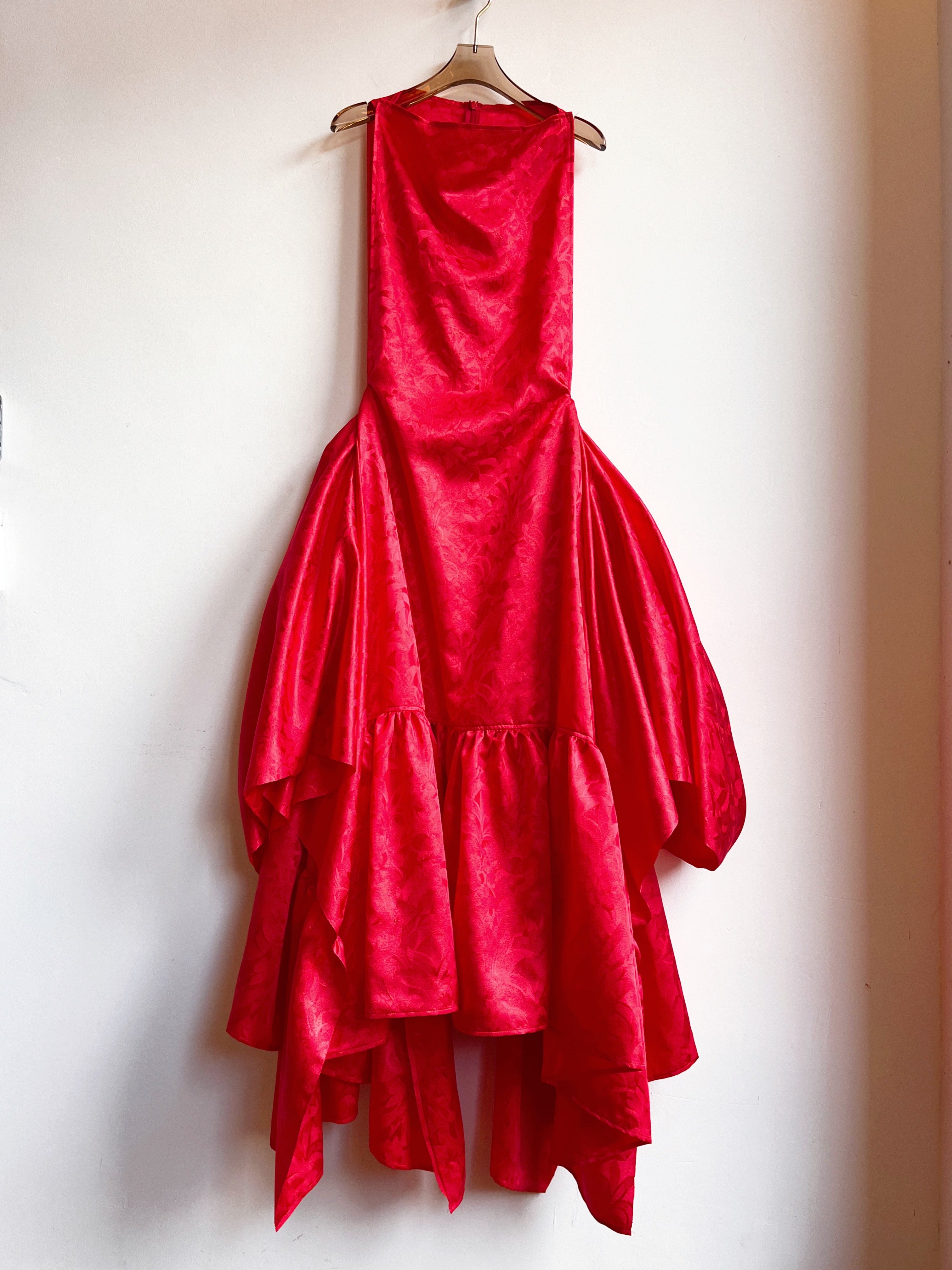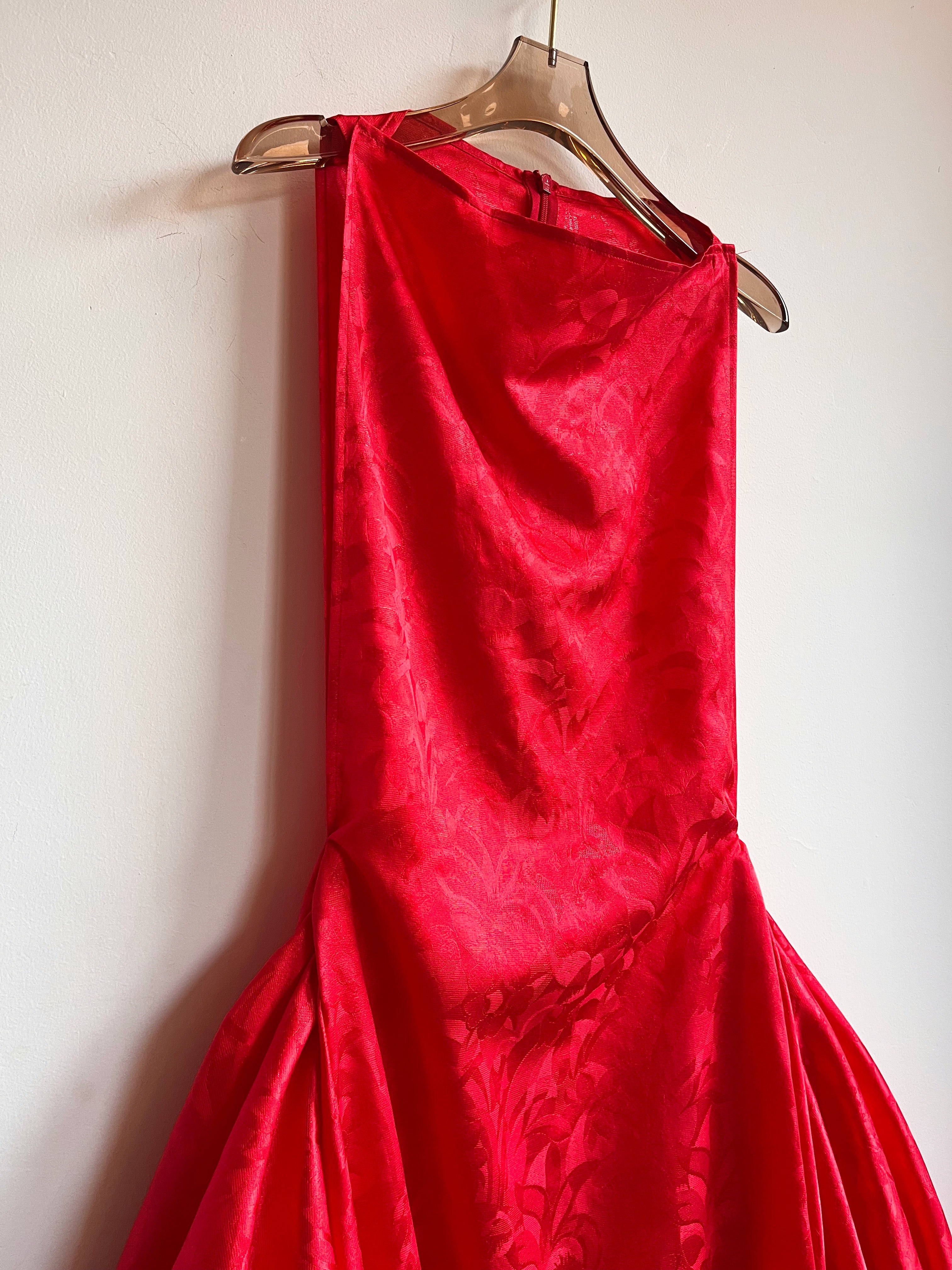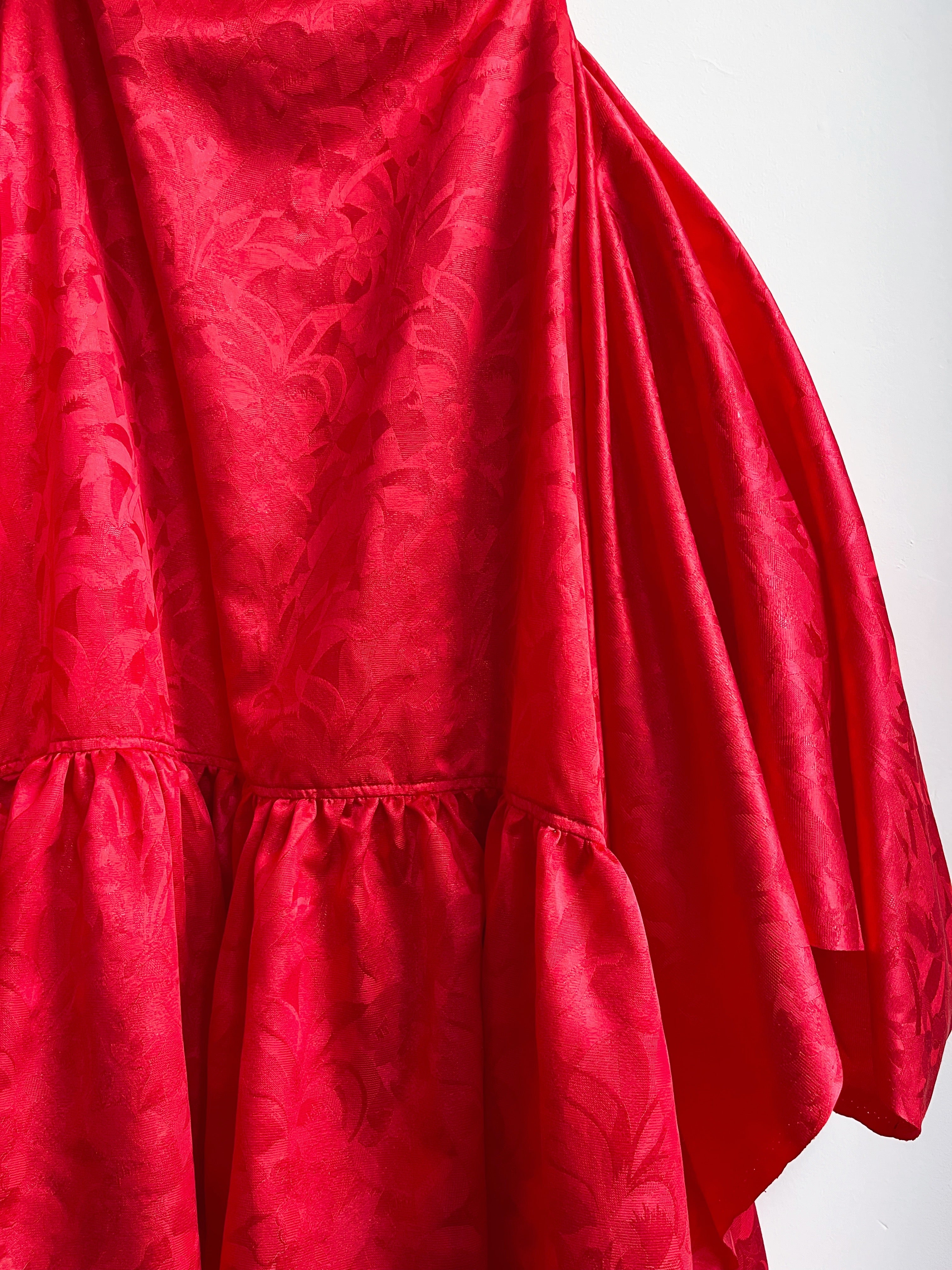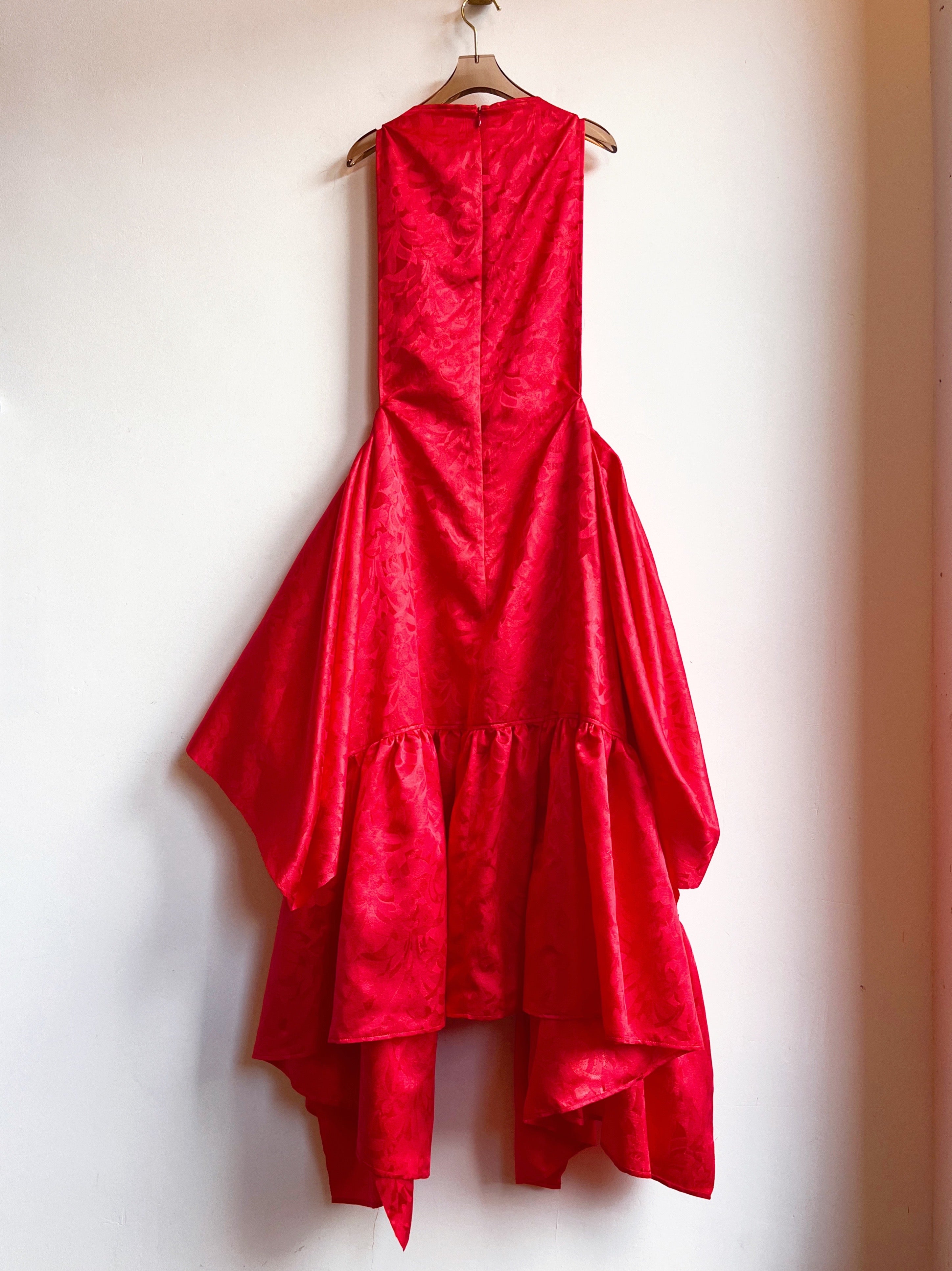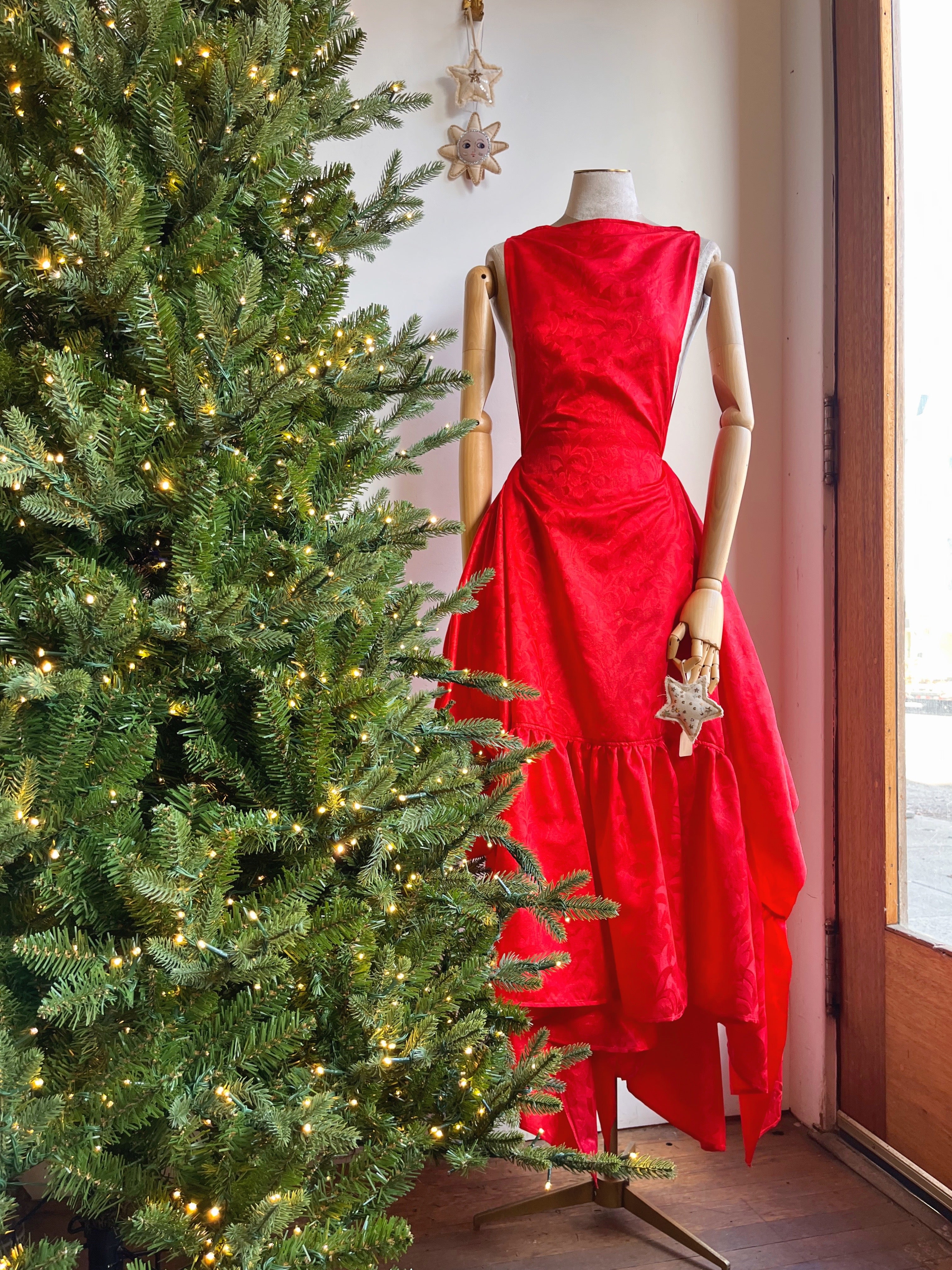Over the past decade or so, spurred by documentaries like The True Cost and books like Overdressed, the slow fashion movement has gained ground as it gains awareness among shoppers. As with the slow food movement before it, which was born as a backlash to fast food, slow fashion is defined broadly by its opposition to fast fashion. Mass-market fast fashion is based on manufacturing as many clothes as possible (shipping container after shipping container after shipping container), as quickly as possible, at tremendous human and environmental costs, and encouraging people to think of clothing as disposable and to buy new clothes at an unsustainable rate. Slow fashion is the opposite of all of that.
Slow fashion advocates and adherents call for buying less (and/or second-hand), prioritizing quality (of both construction and materials) and biodegradability, taking care of what you own, and owning and wearing it for as long as it can last — or finding it a new home if it doesn't work for you. Keeping things in closets and out of incinerators or landfills is central to the concept. In other words, items made with care, built to last and then to biodegrade, and most important: slow turnover in one’s closet.
That said, no two people would define slow fashion precisely the same way — it is more a goal and a frame of mind than a specific set of rules or regulations.
So what does it mean for us to be a slow fashion boutique?
Made X Hudson was born during the pandemic when our cofounder, fashion designer Sergio Guadarrama, became frustrated with how difficult it is to manufacture garments responsibly in the US. He teamed up with Eric De Feo and they created our small-batch garment factory in the Hudson Valley (now in Catskill NY) with the mission to make clothing responsibly and to be a resource for other designers wanting to do the same. What quickly became clear is that for solo designers with small inventory and high ideals (including ourselves), finding ways and places to sell their clothes is a challenge. So we opened a boutique (and then a second), in which we sell our own line alongside responsibly made clothes and accessories from other designers with like-minded goals, whether or not we do their production.
There is no purely or perfectly slow-fashion garment — unless you’ve raised and cared for a sheep, sheared its wool, spun it into yarn, and knitted or woven it into a garment entirely by yourself. So we sell goods from a variety of vendors that all meet different subsets of the following criteria:
-
Local to us (the vast majority of our vendors)
-
Or doing like-minded work elsewhere
-
Making new things from deadstock or vintage or sustainable textiles
-
Either doing the sewing/production themselves or producing in small quantities
-
Ideally with like-minded factories
-
Or selling vintage or reworked-vintage items
So for instance, here you might find clothing designed and sewn by us, on-site, from a trove of deadstock fabric; a bag designed by a local designer and either sewn by them or responsibly produced in small quantities elsewhere; shoes from a designer friend in Paris but that are handmade from recycled rugs in close collaboration with a family of artisans in Morocco; clothes designed and sewn in-house by a local maker, from eco-friendly or vintage textiles; vintage pieces that have been refashioned or hand-dyed by local makers; and so on.
It's almost impossible to check every box in one garment or accessory, but we specialize in things that check as many boxes as possible, from people who genuinely care and are doing their best.
And we also offer alterations and host sewing classes and knitting groups and sell knitting and sewing supplies, because we are here to support every way in which you might be striving to build and keep a more sustainable wardrobe for yourself. If there’s anything we can do to help you on that journey, please let us know!



























